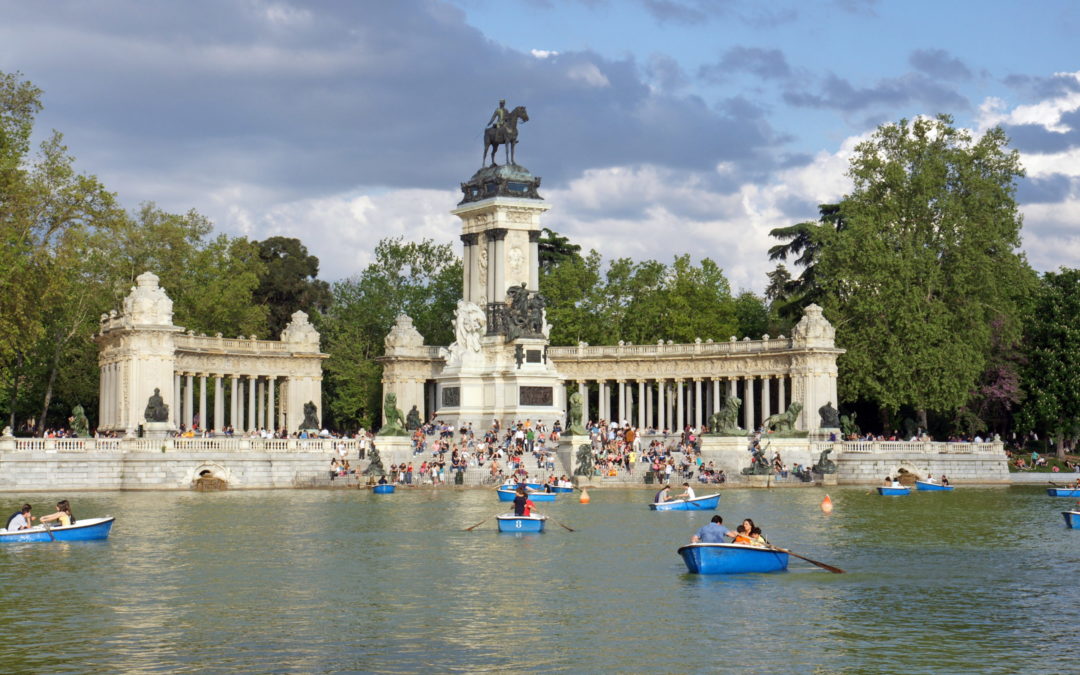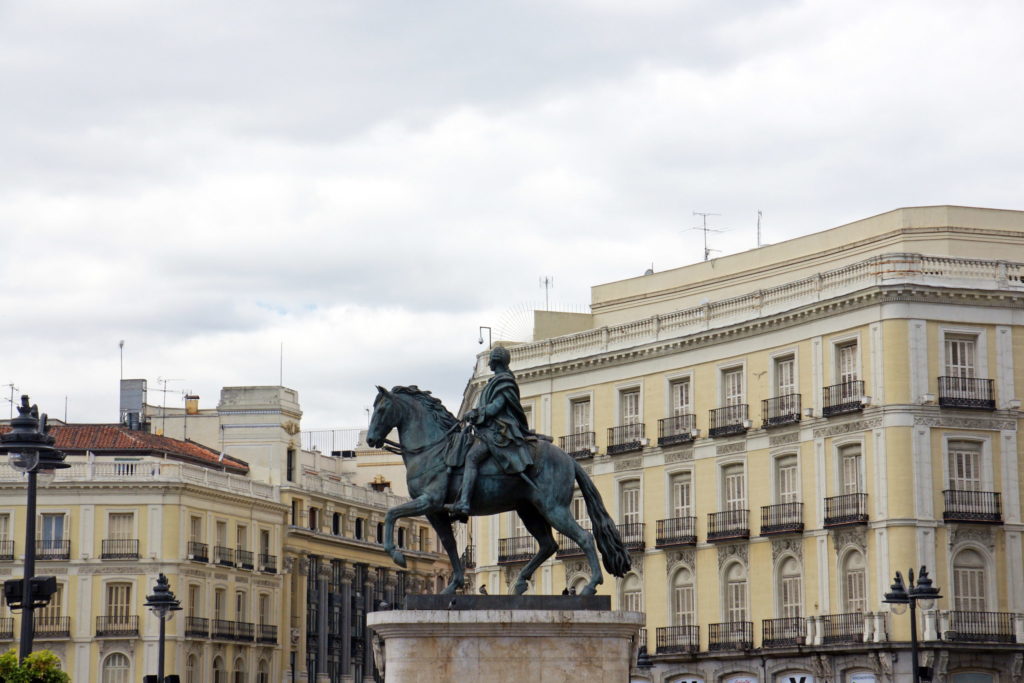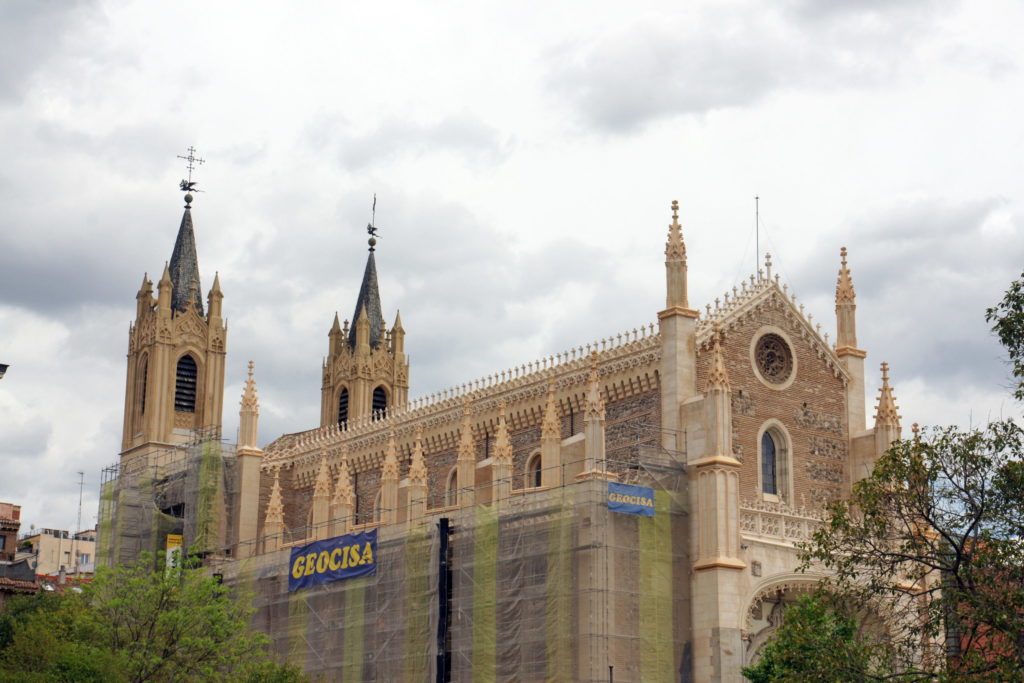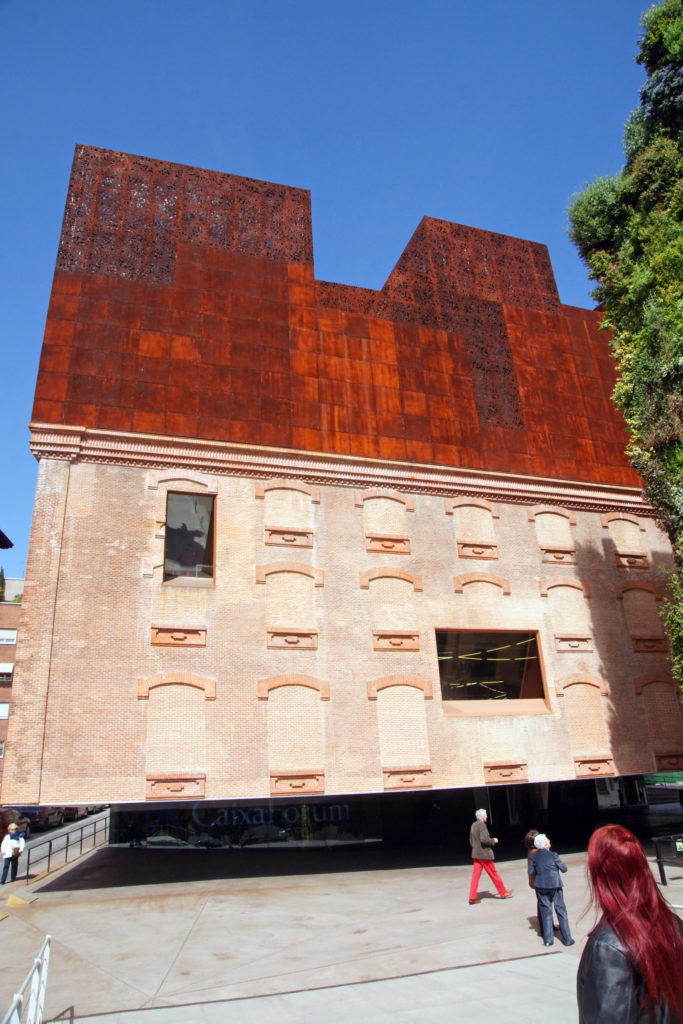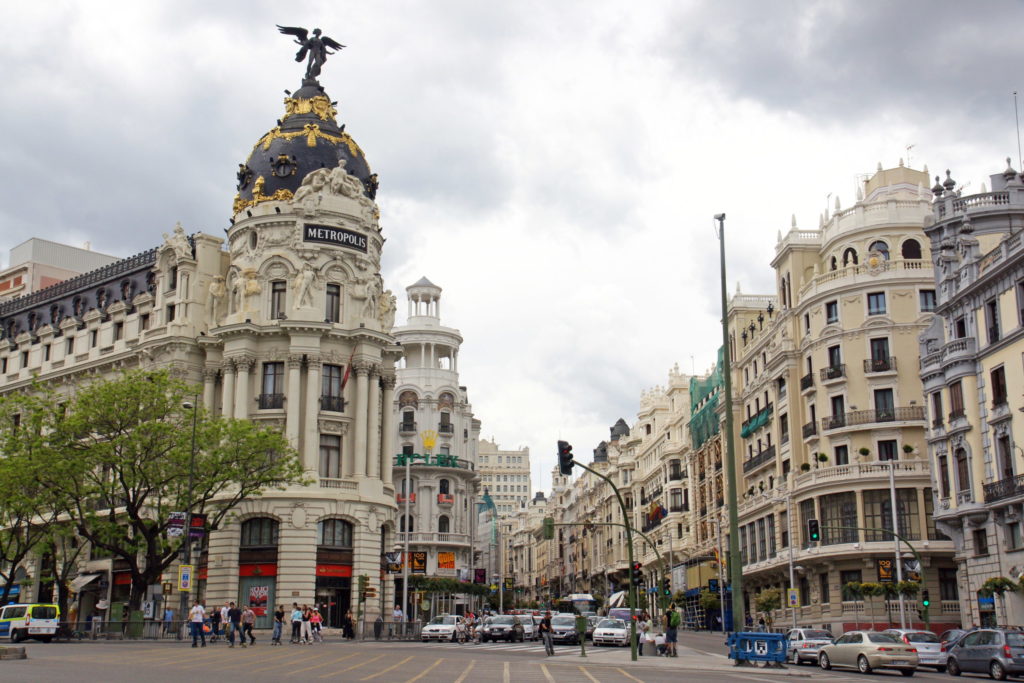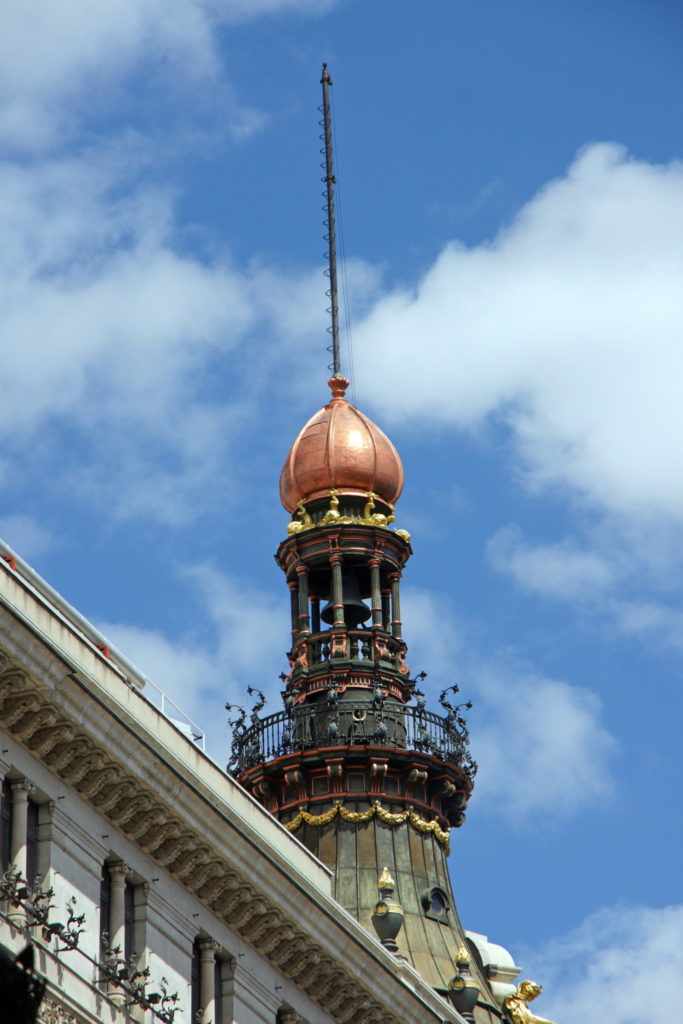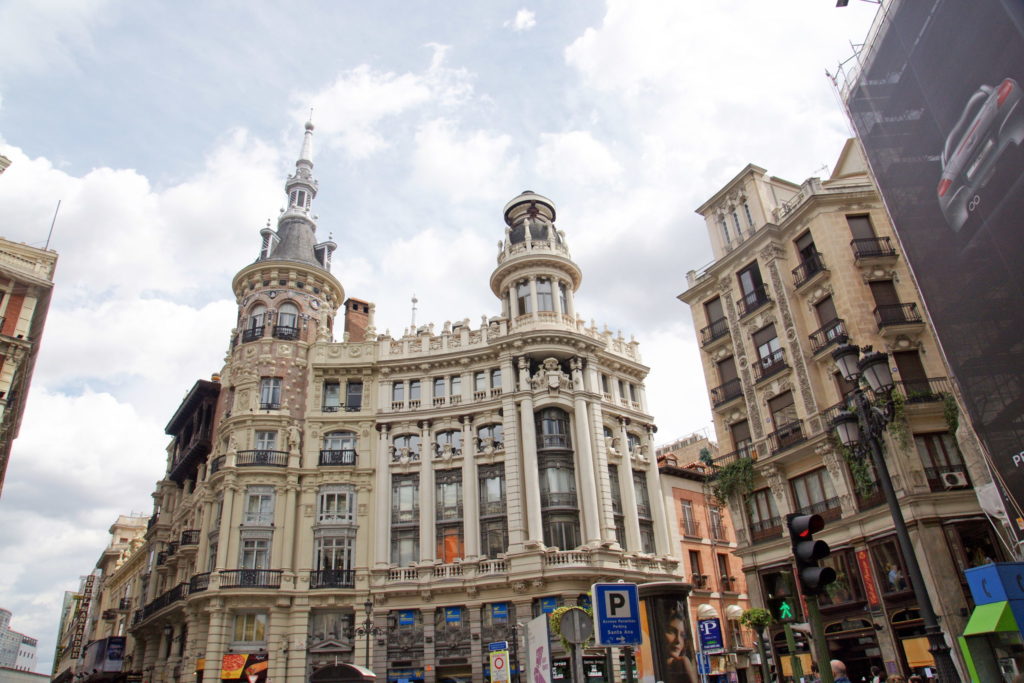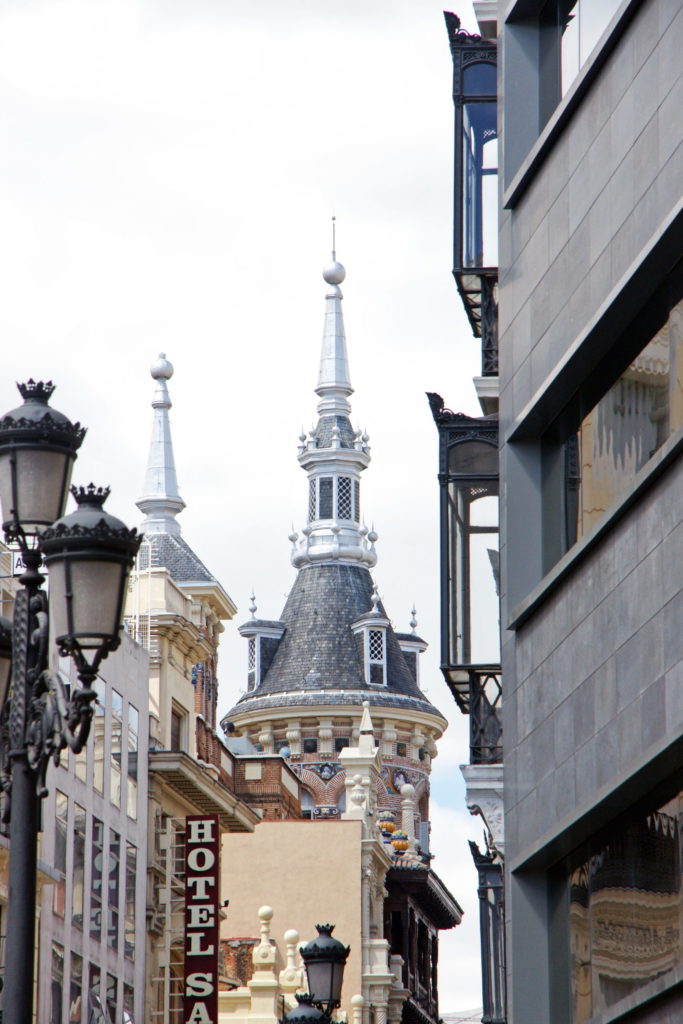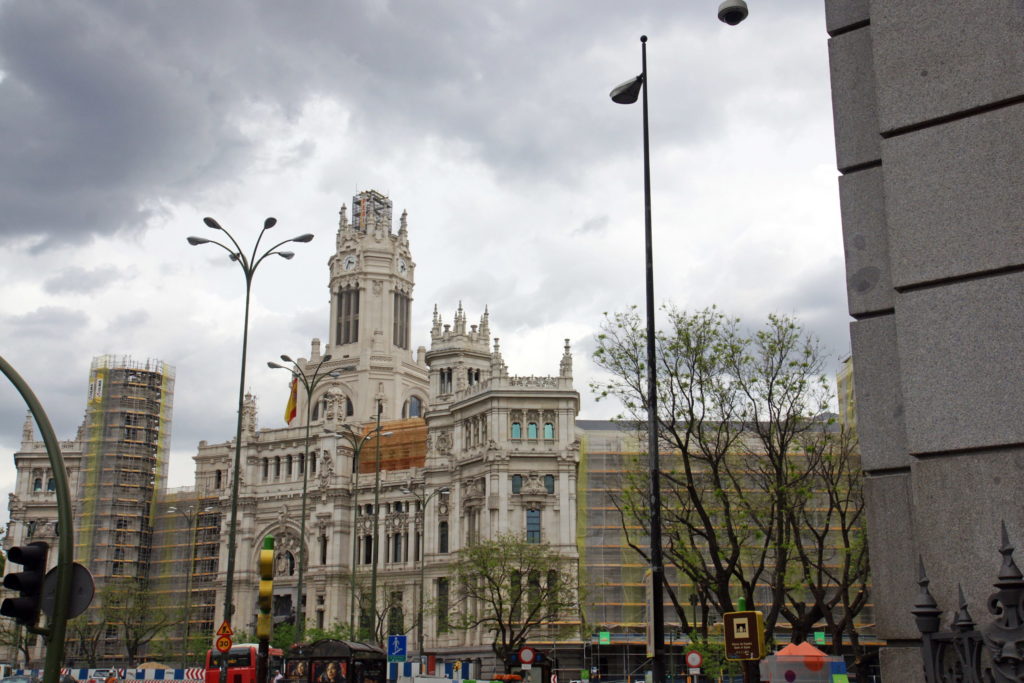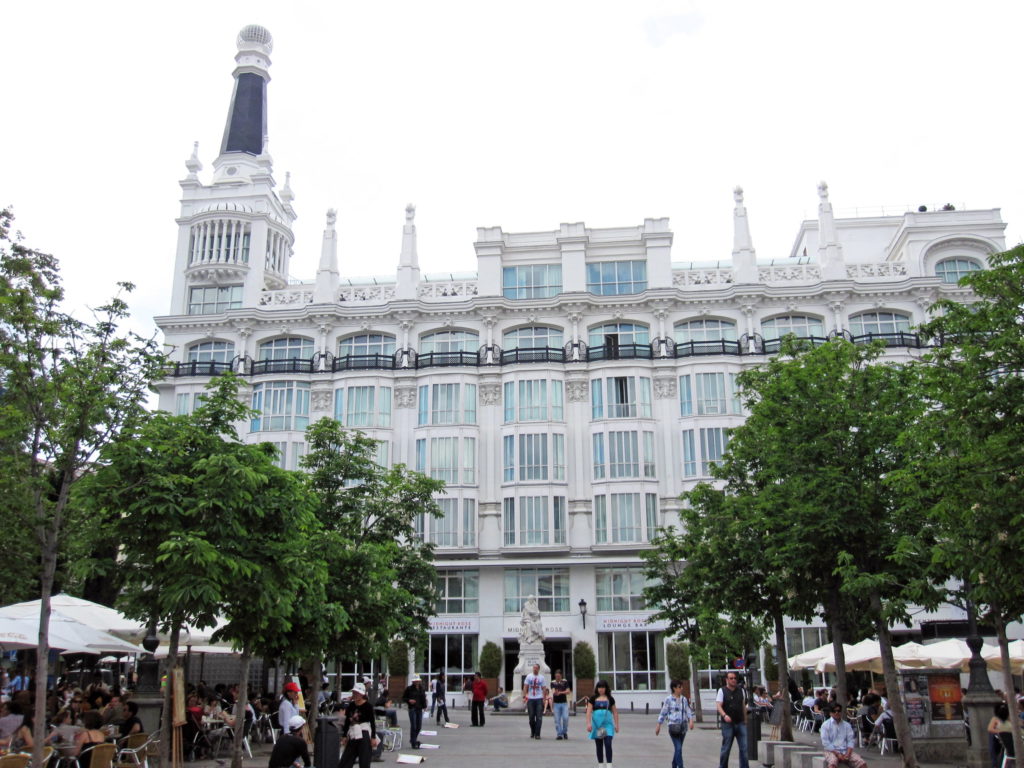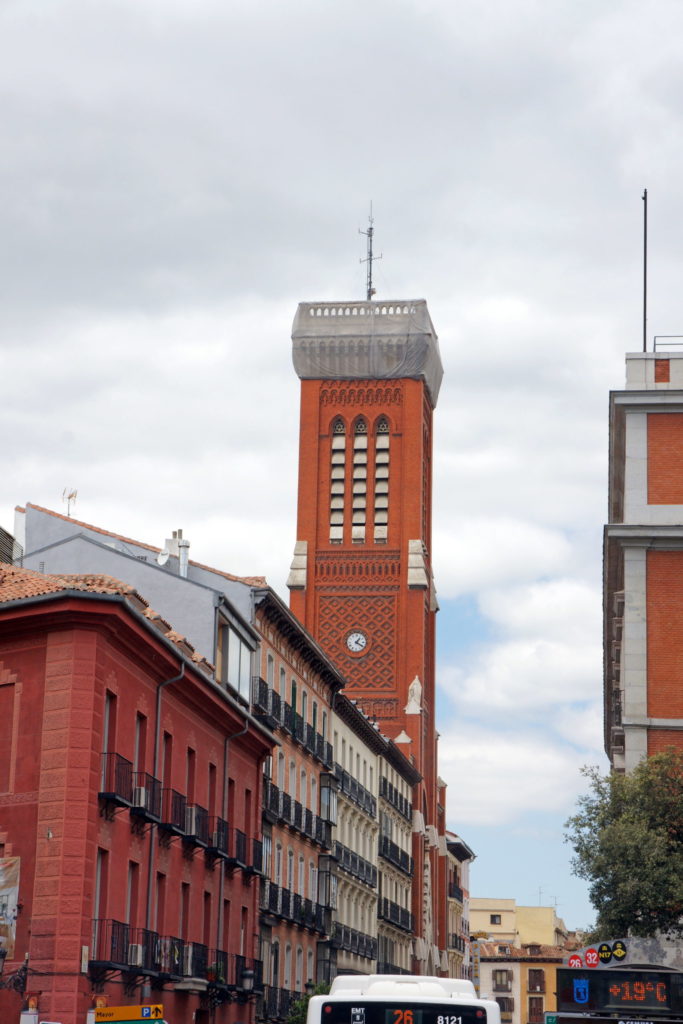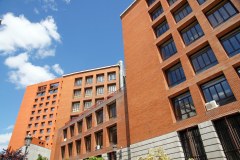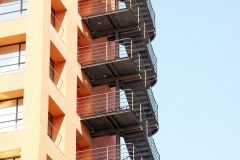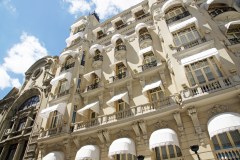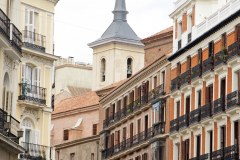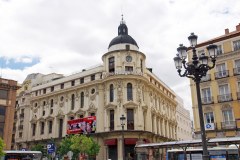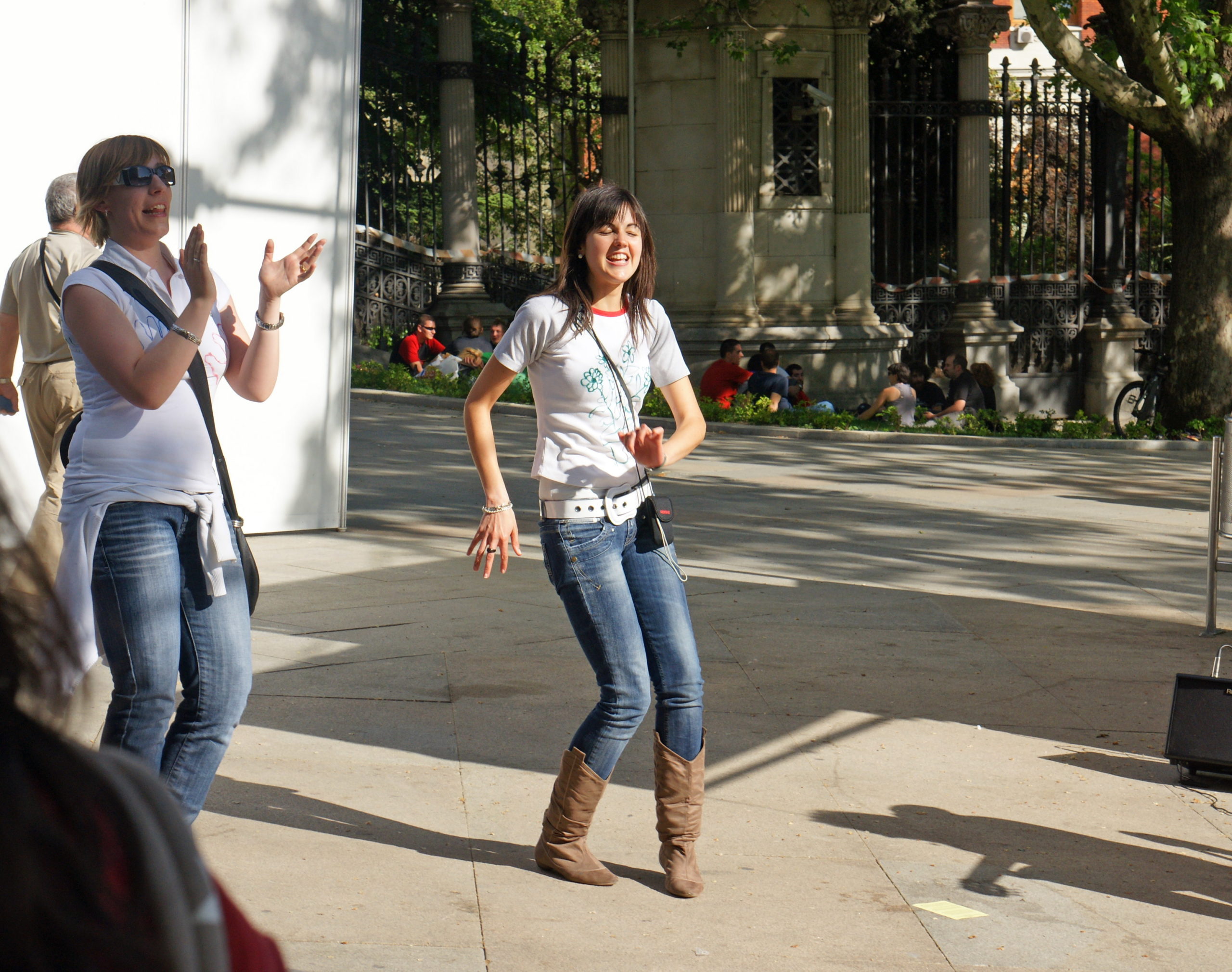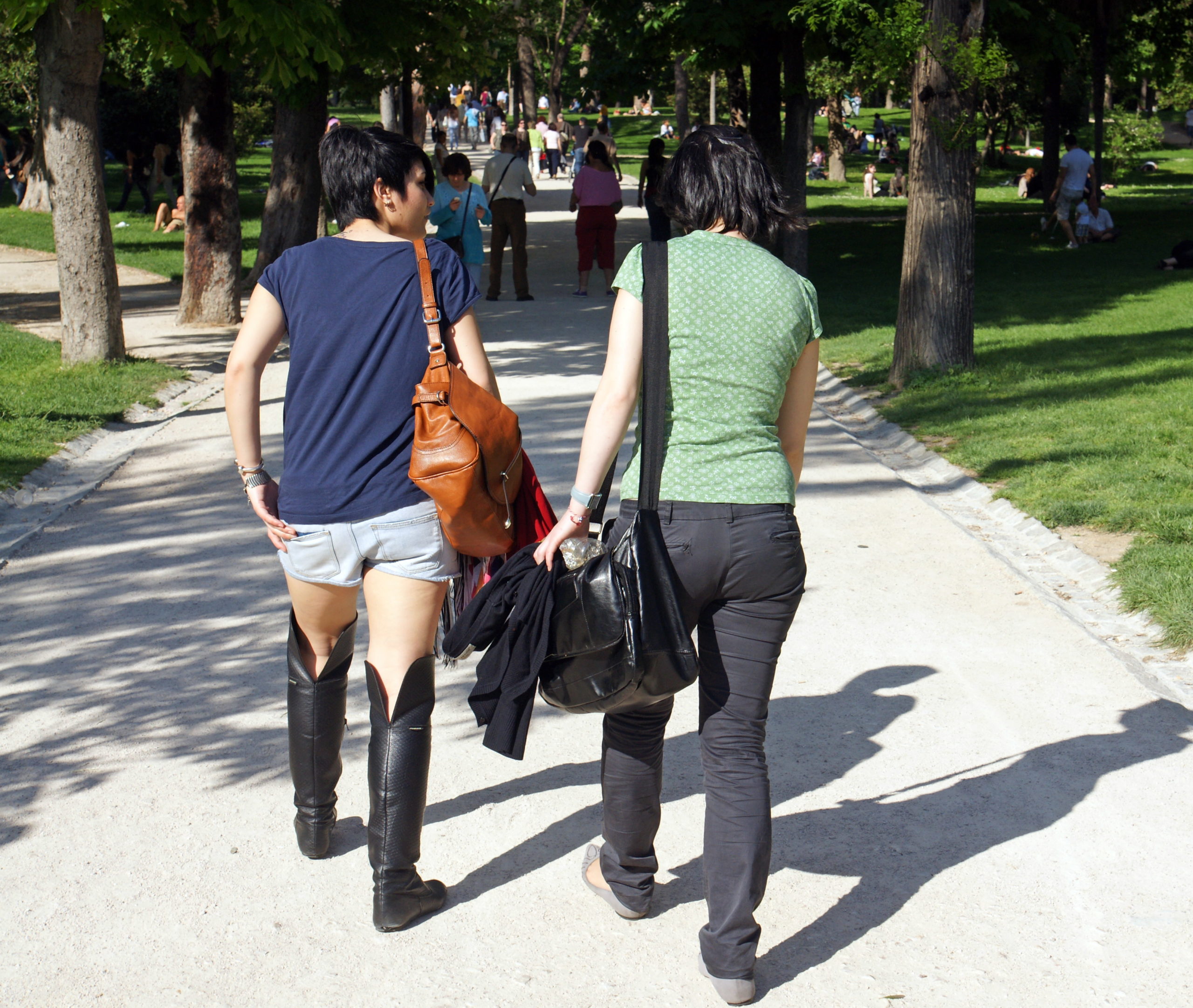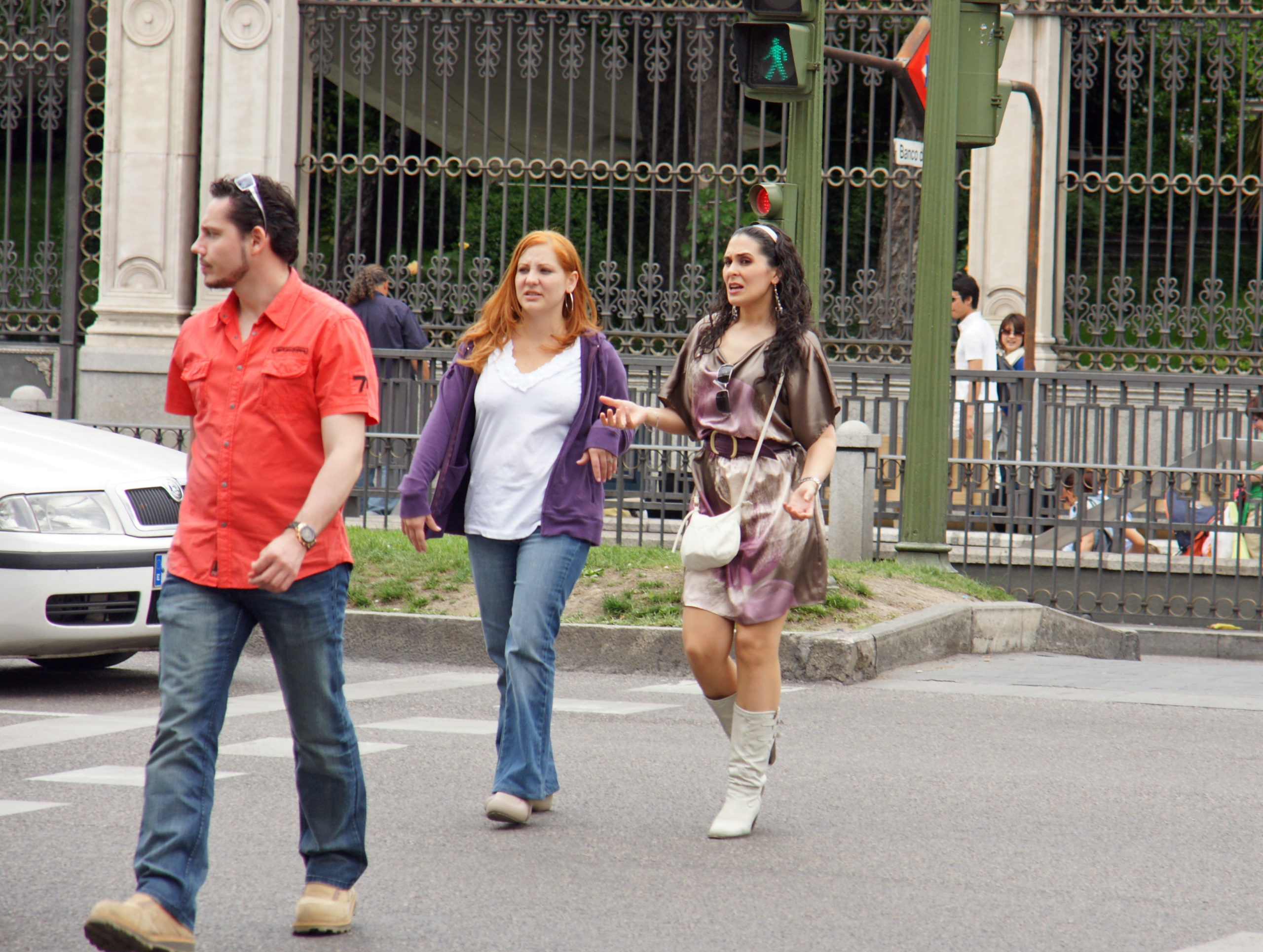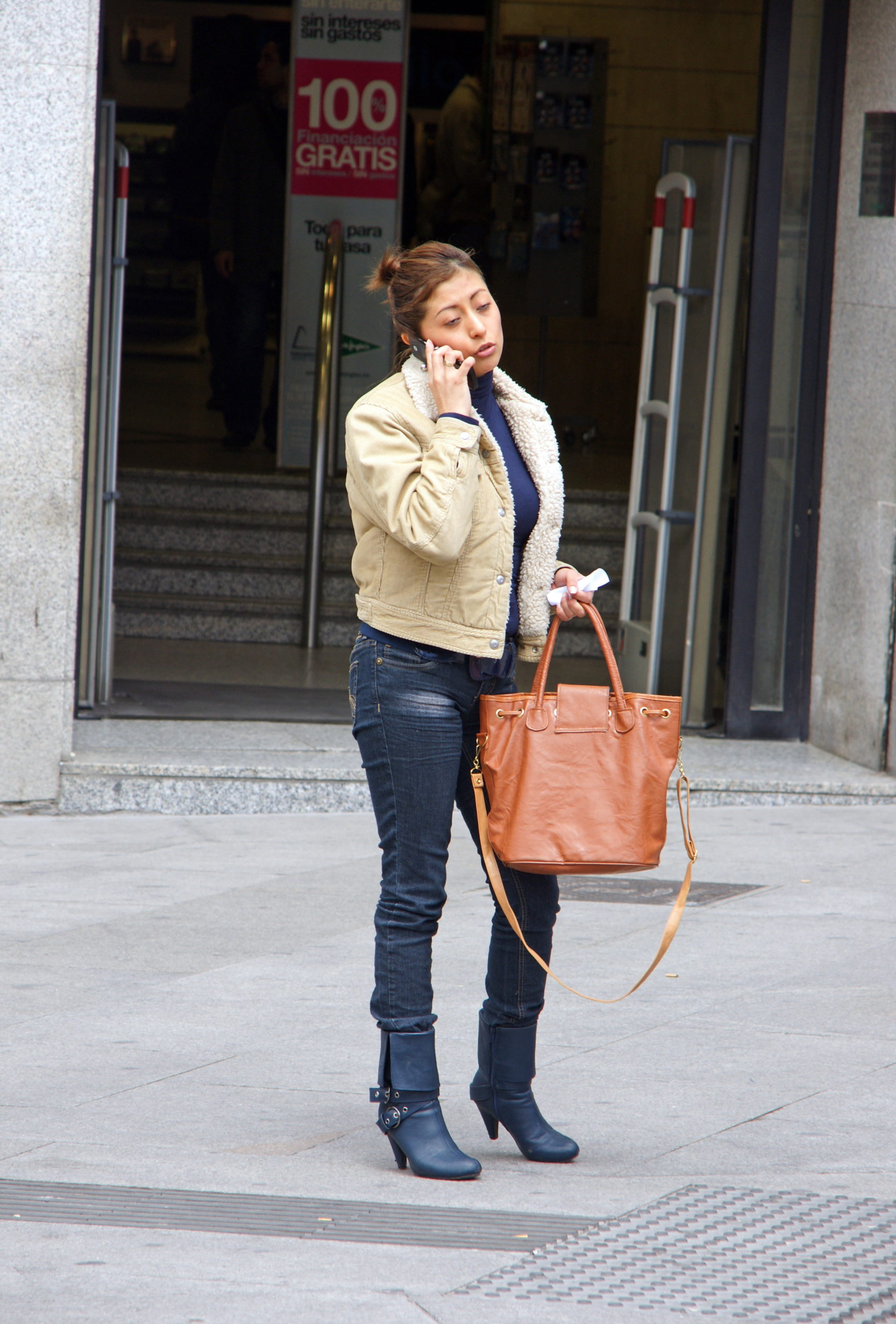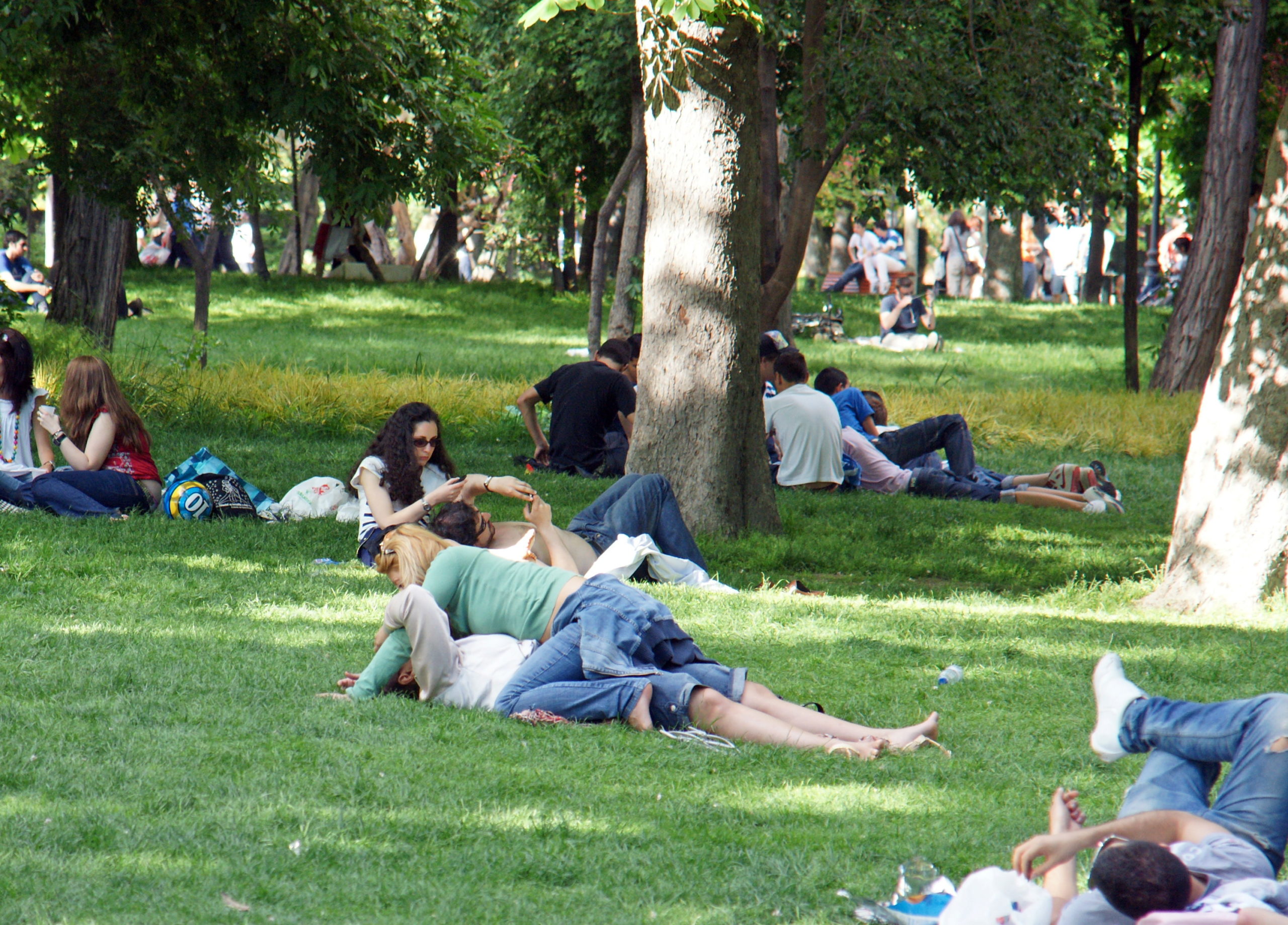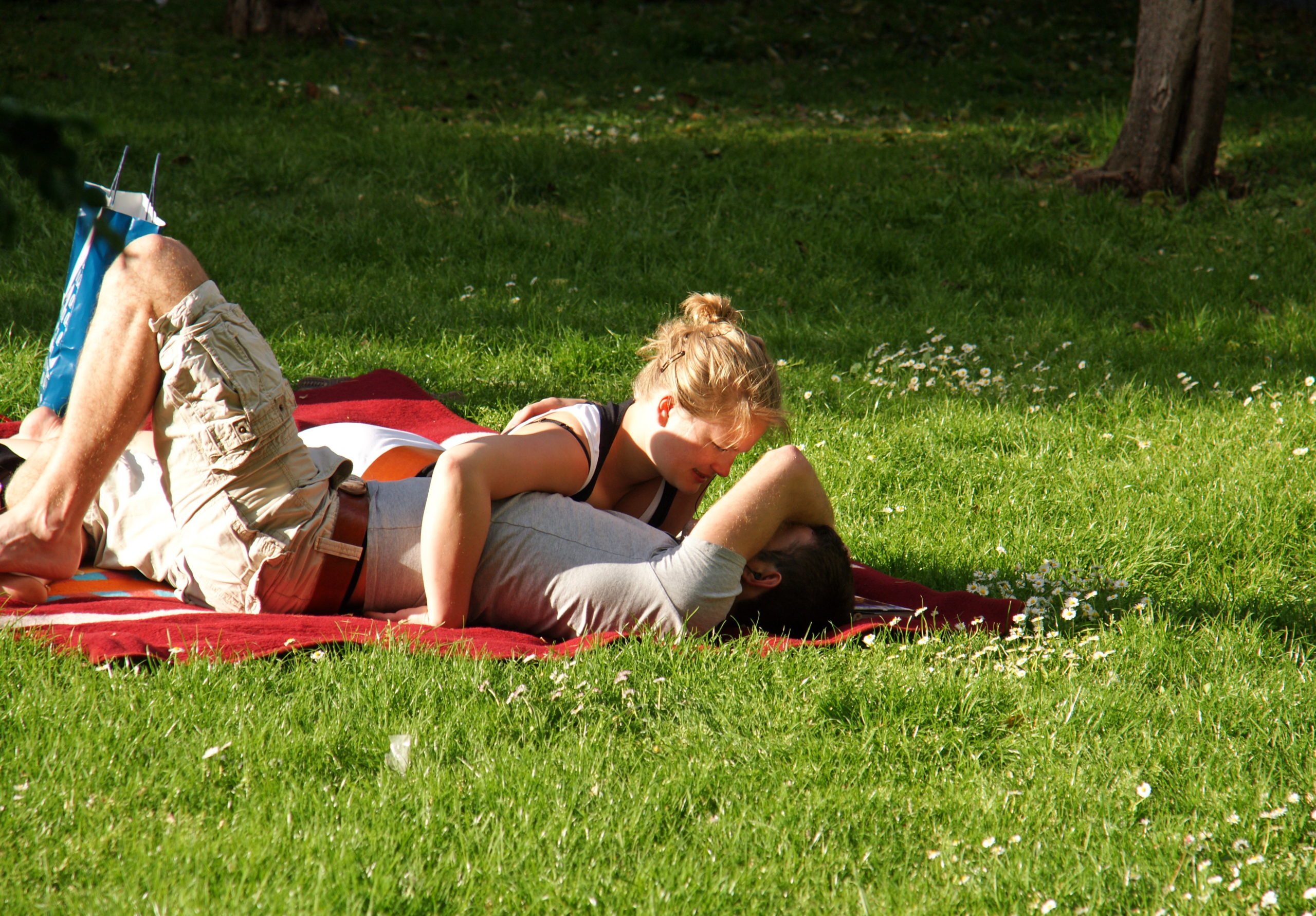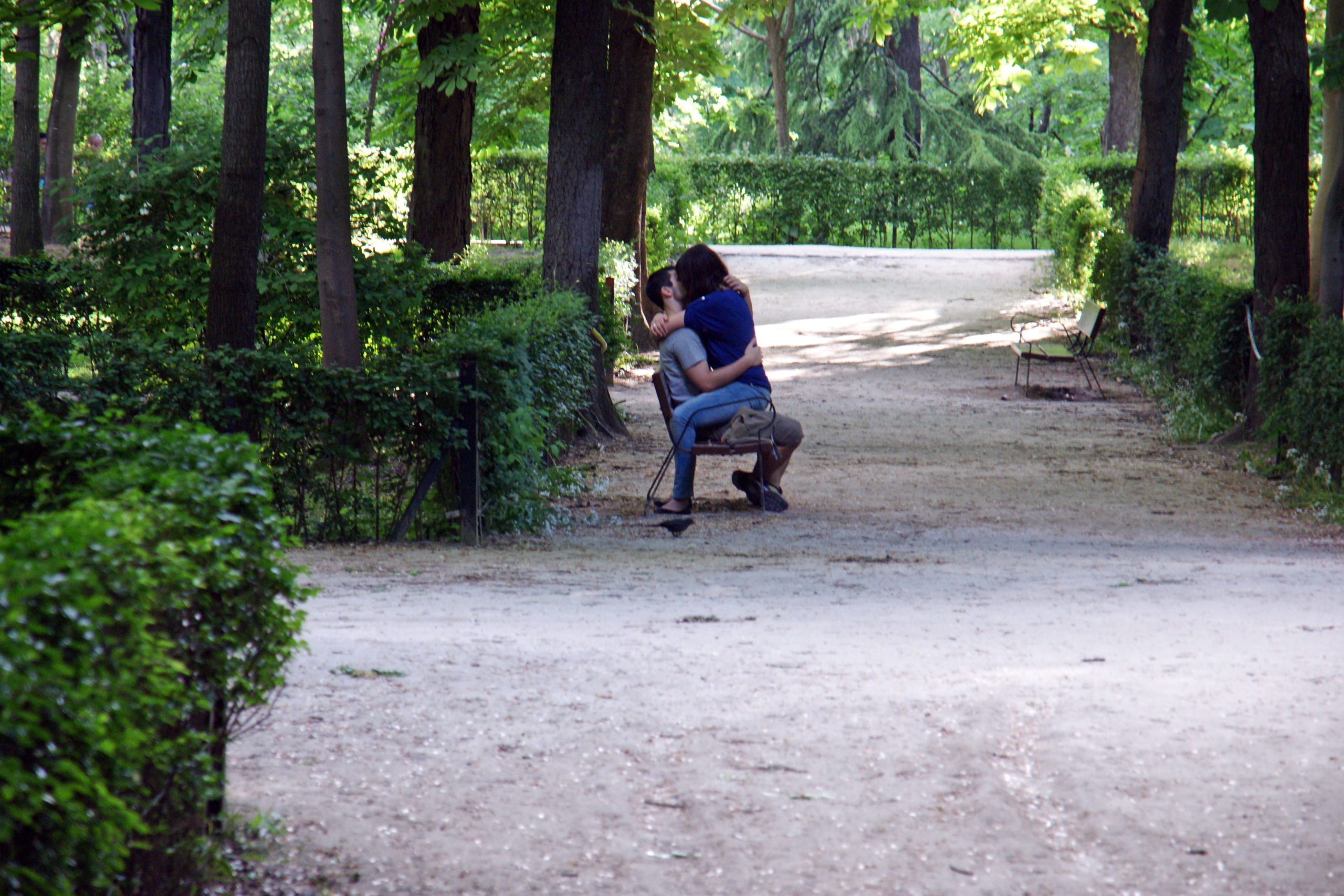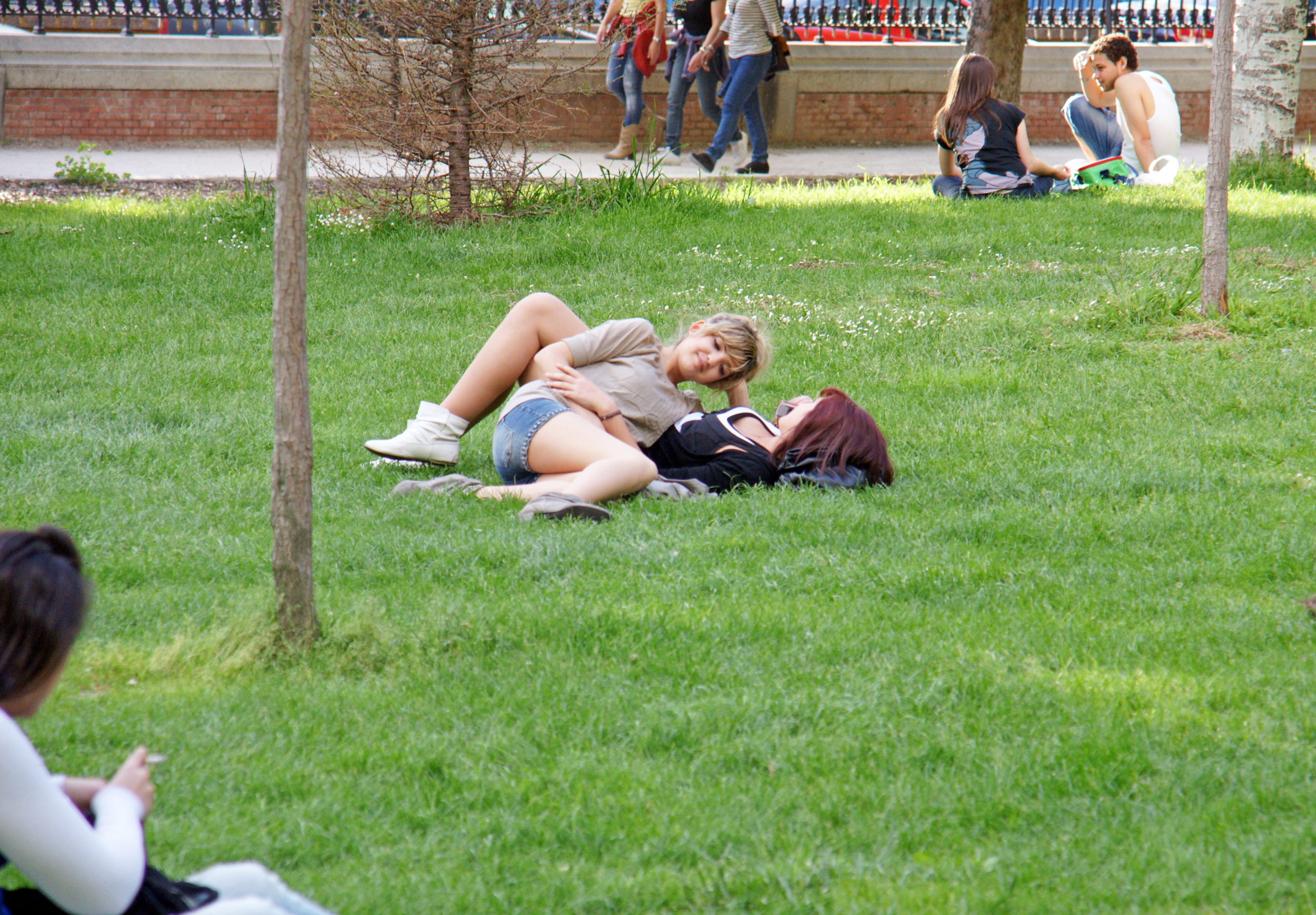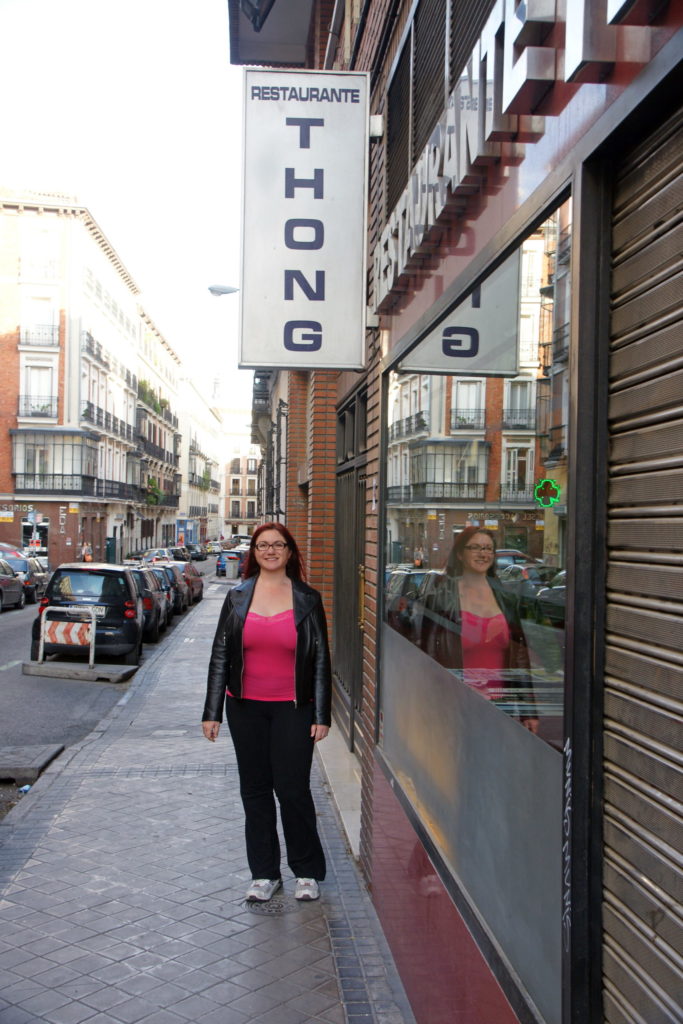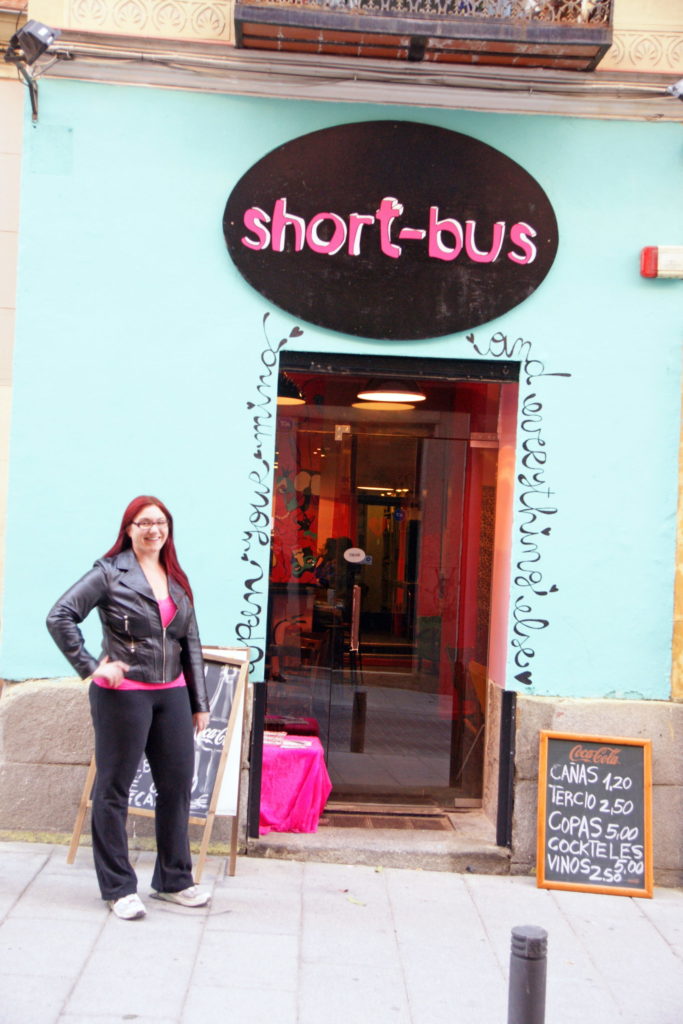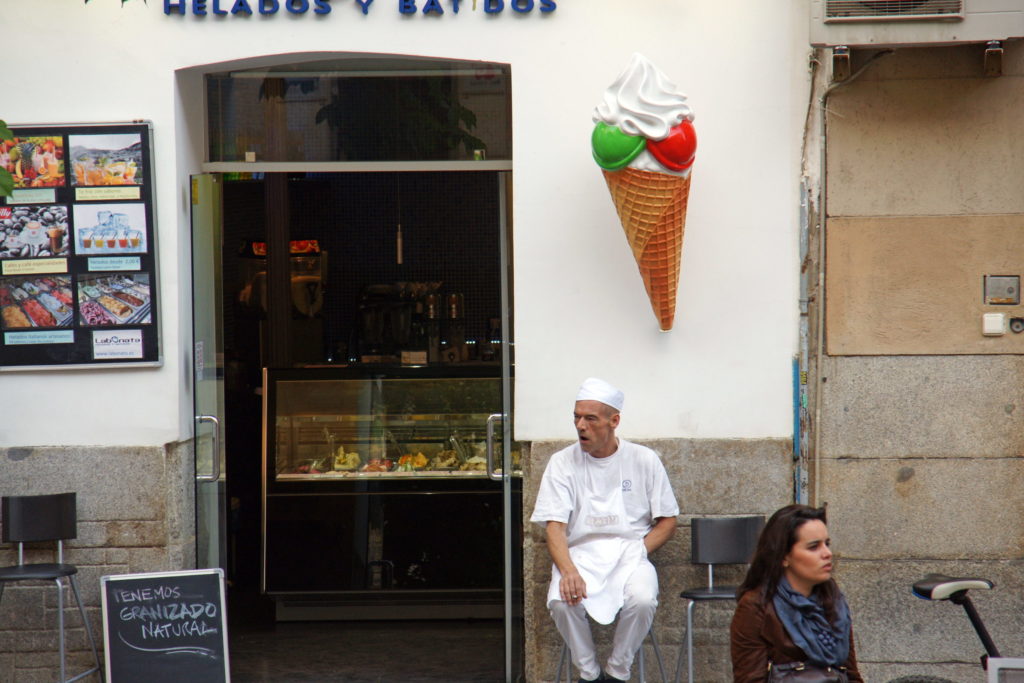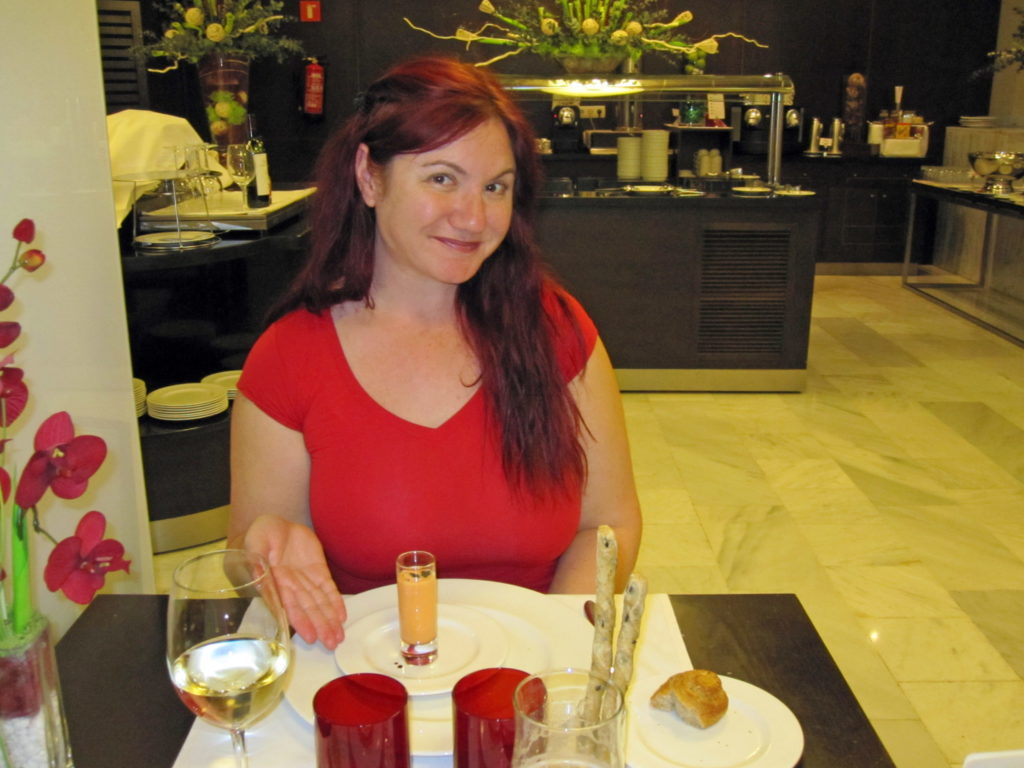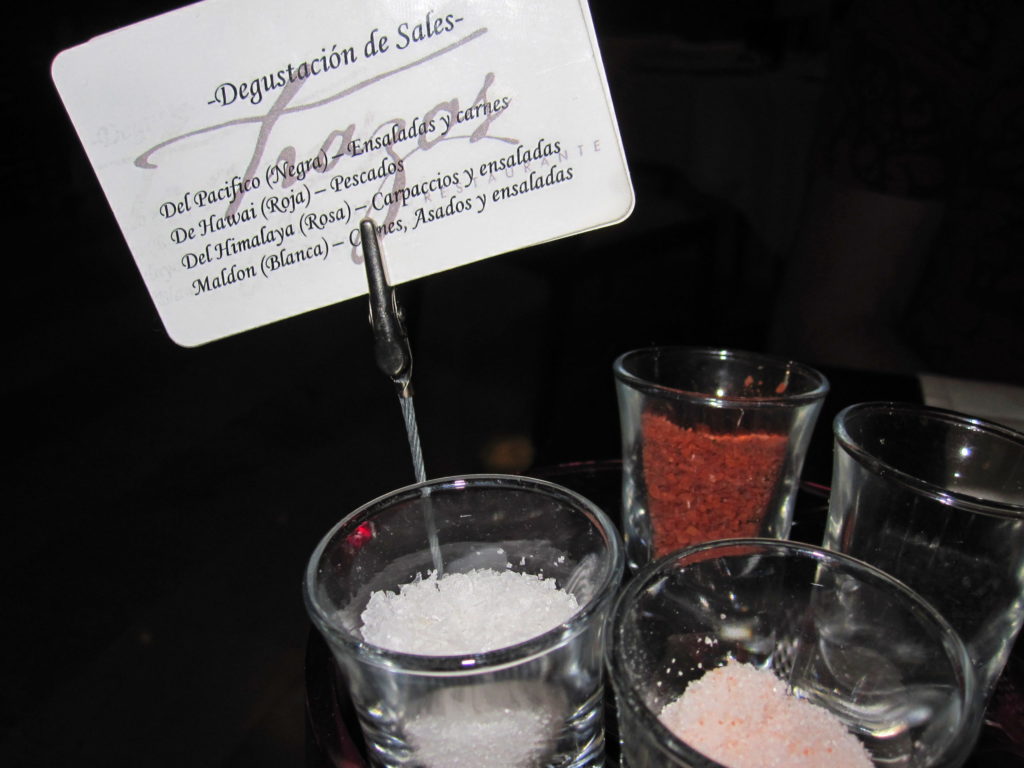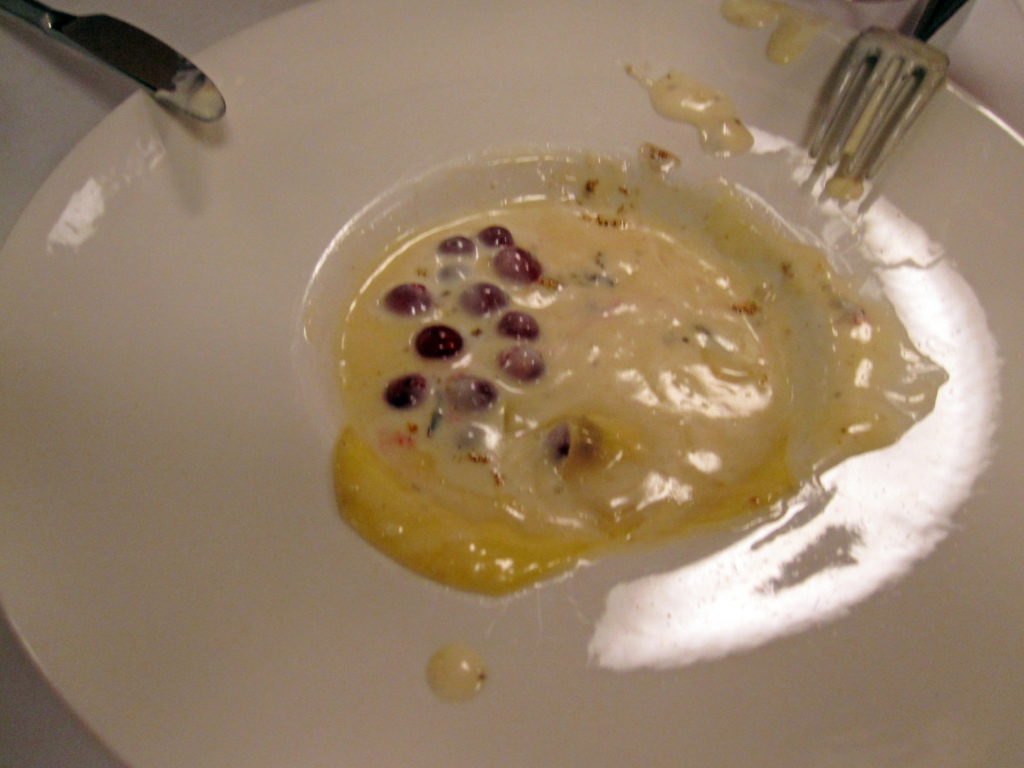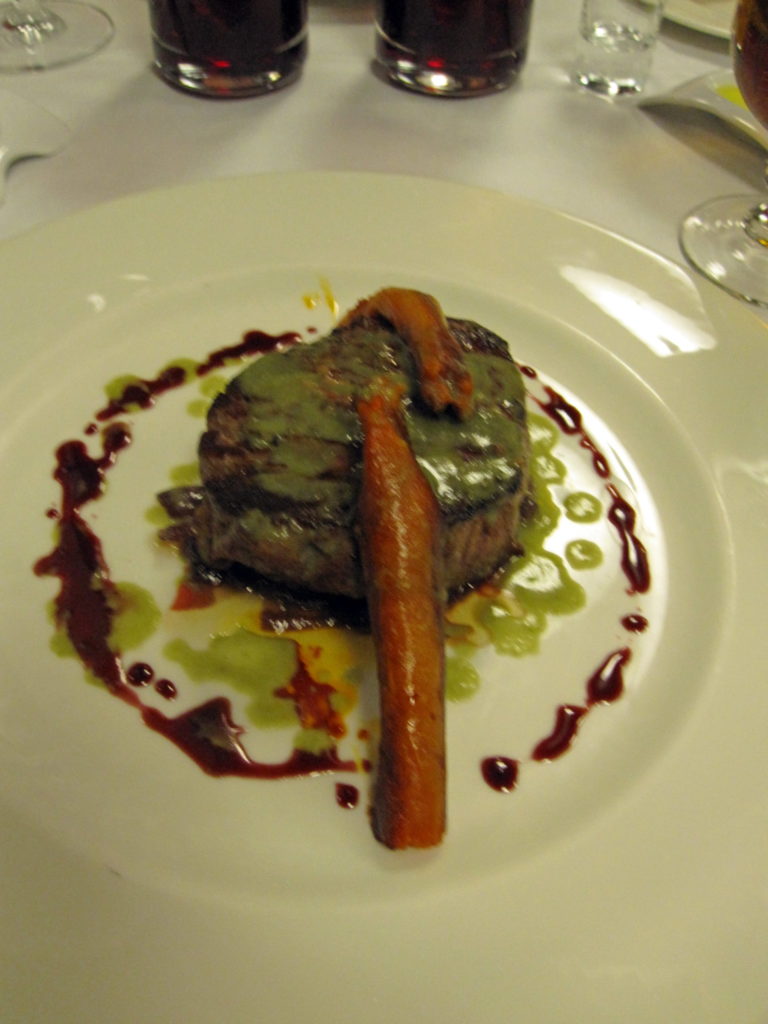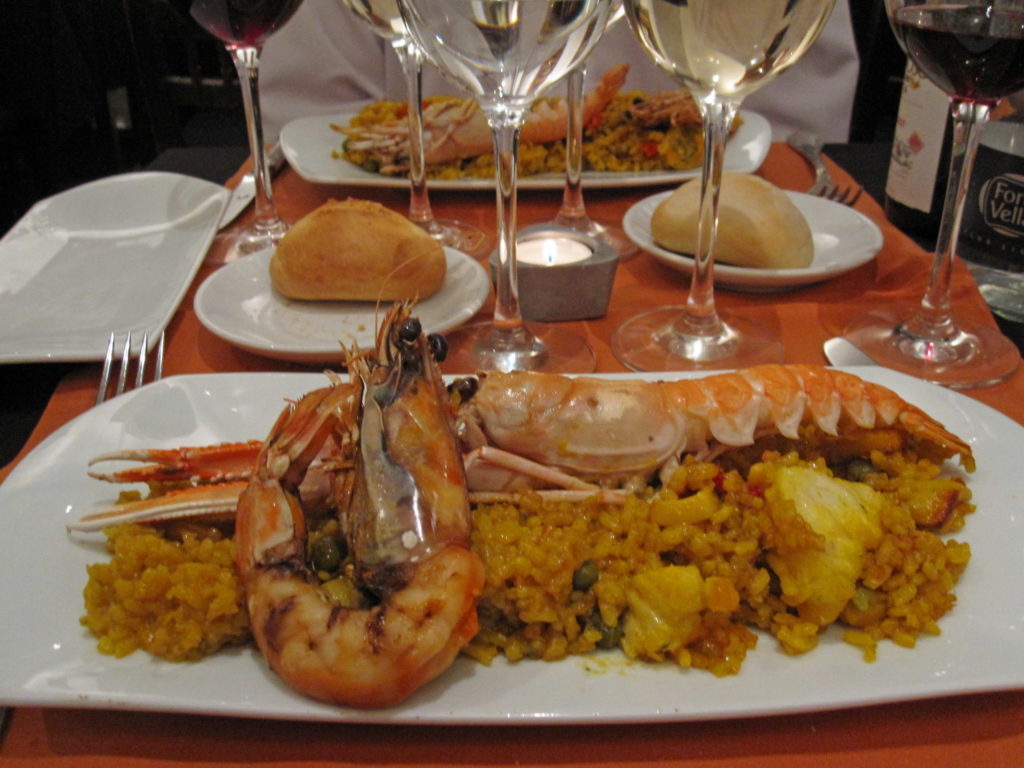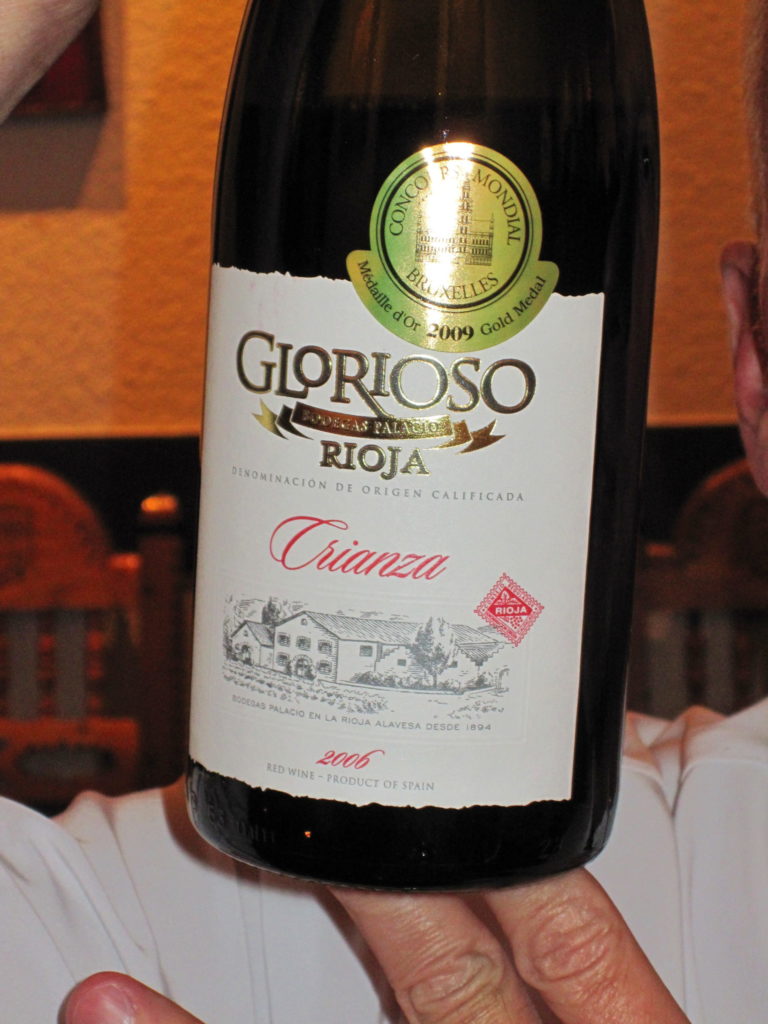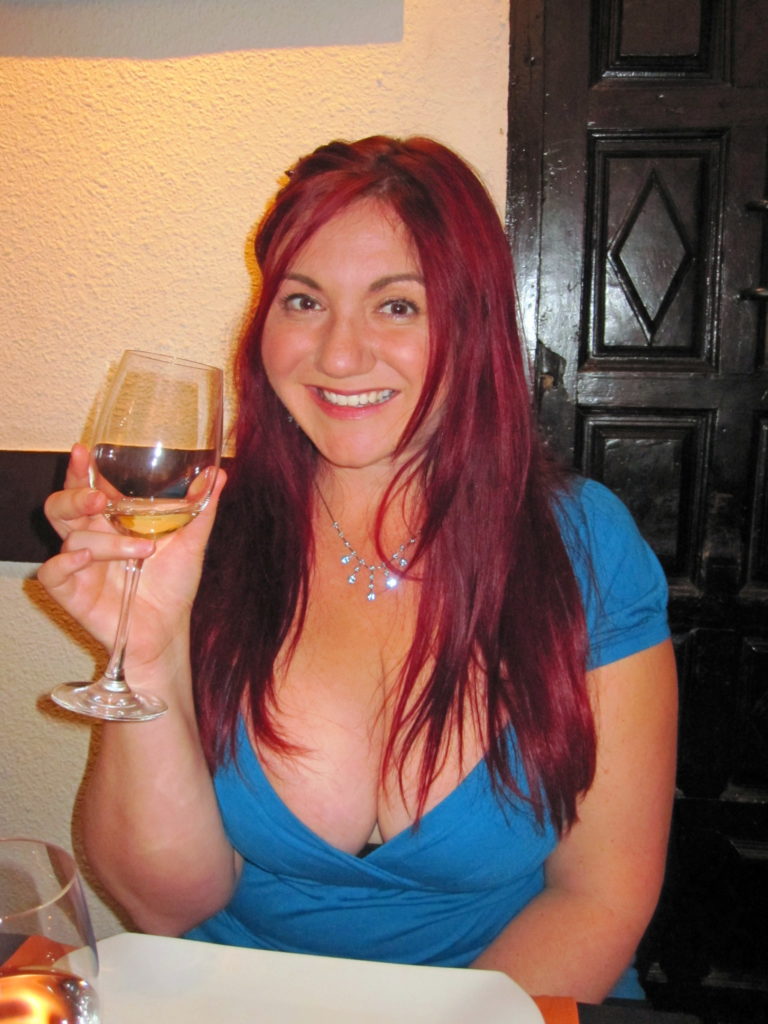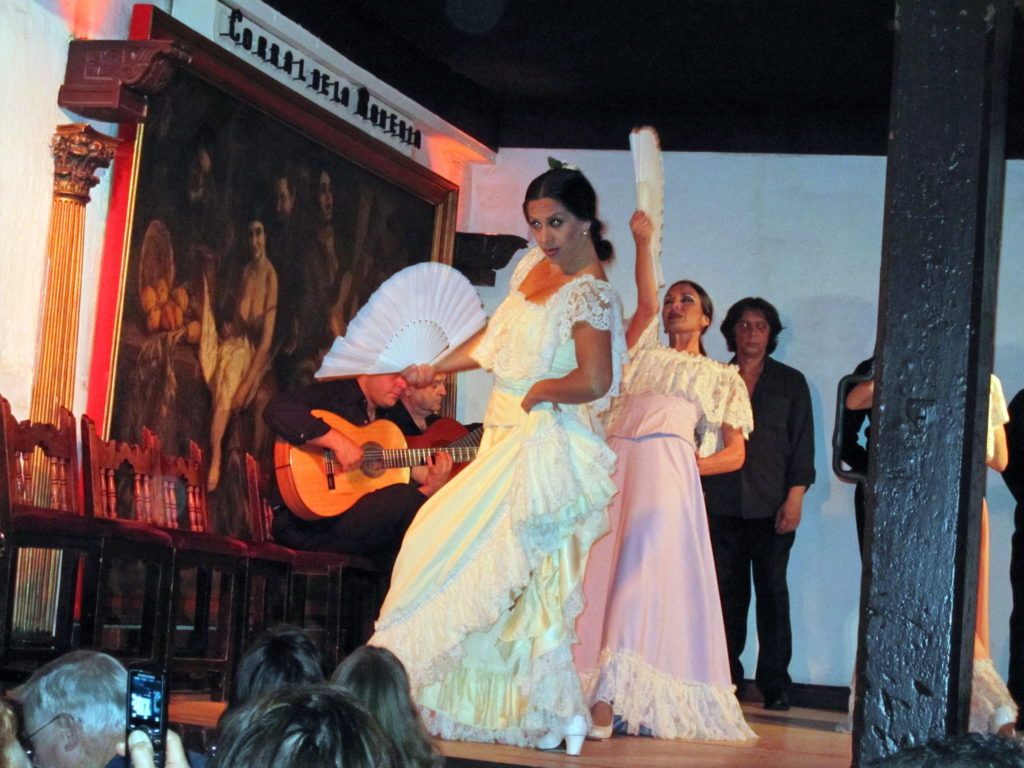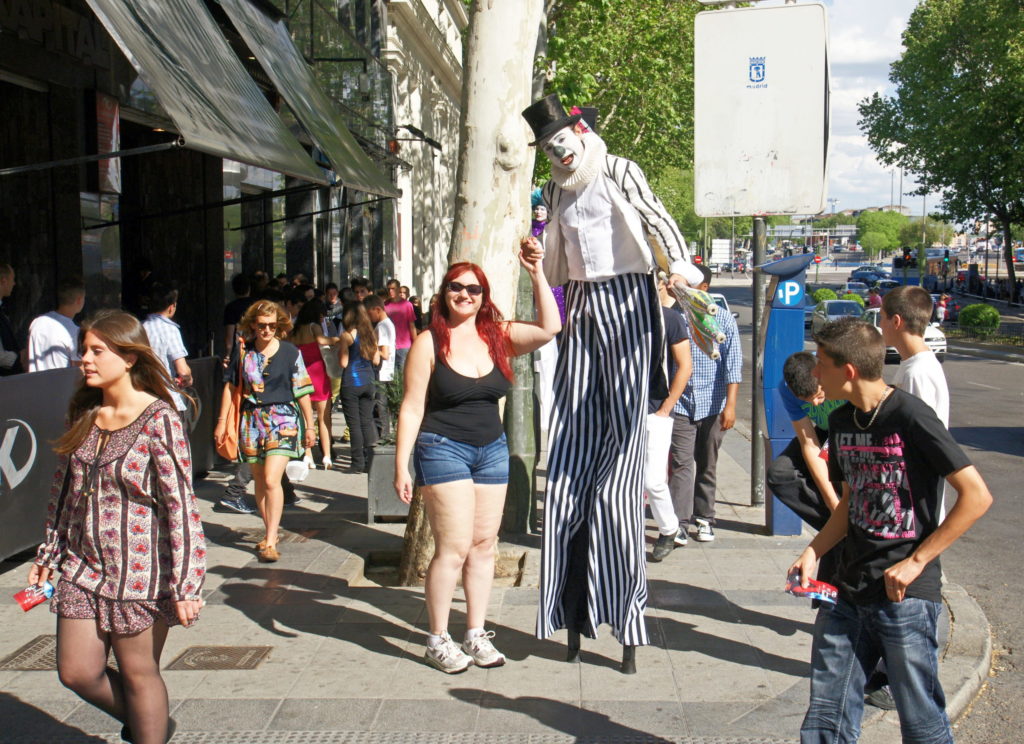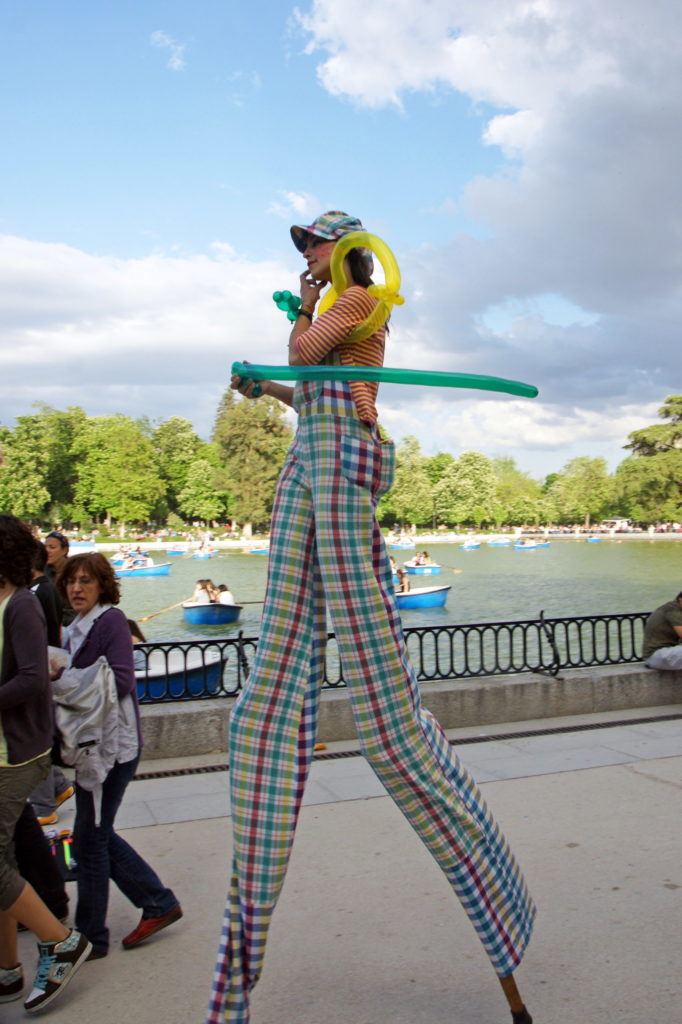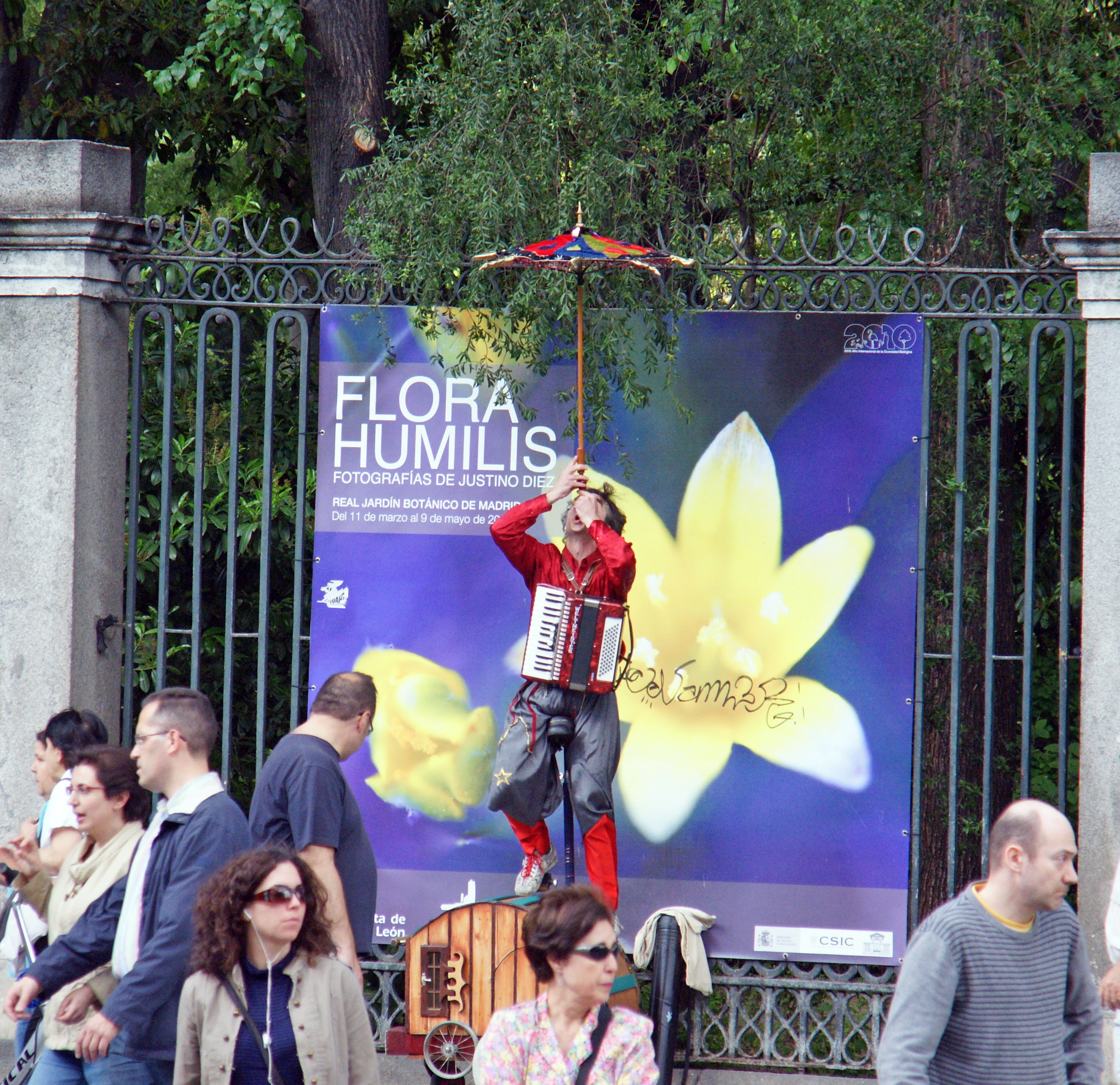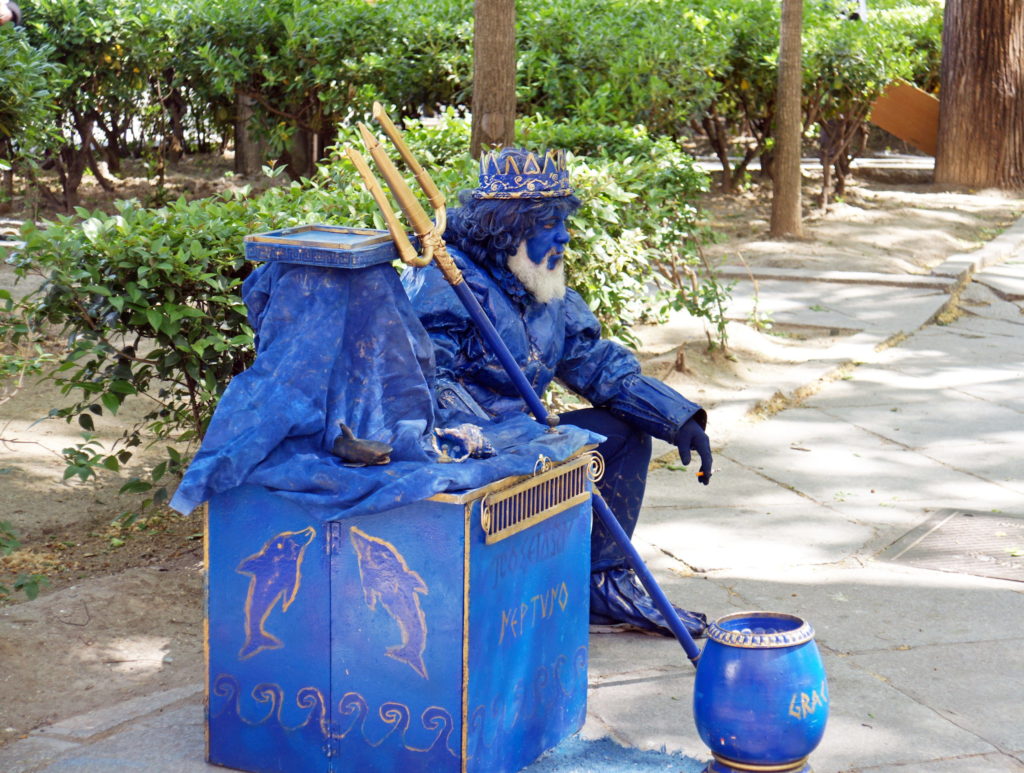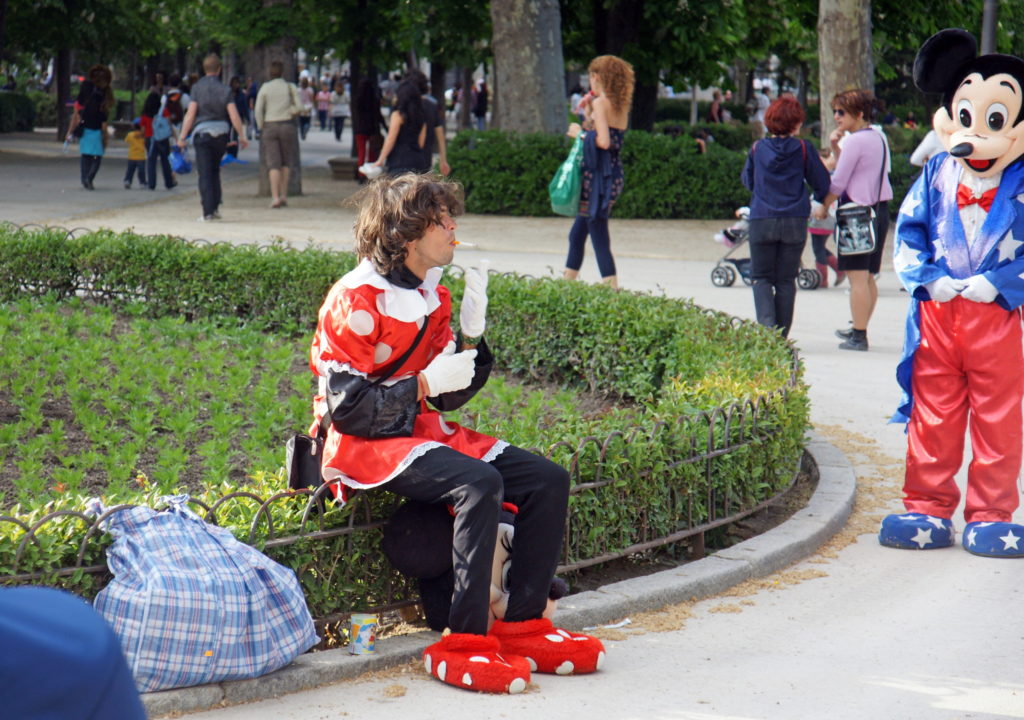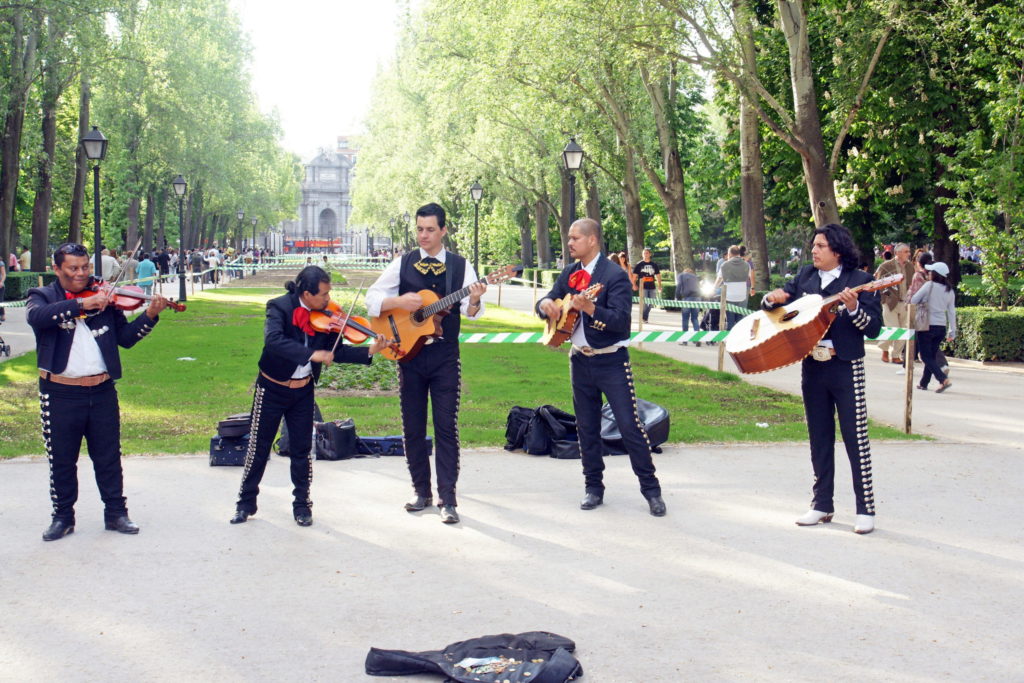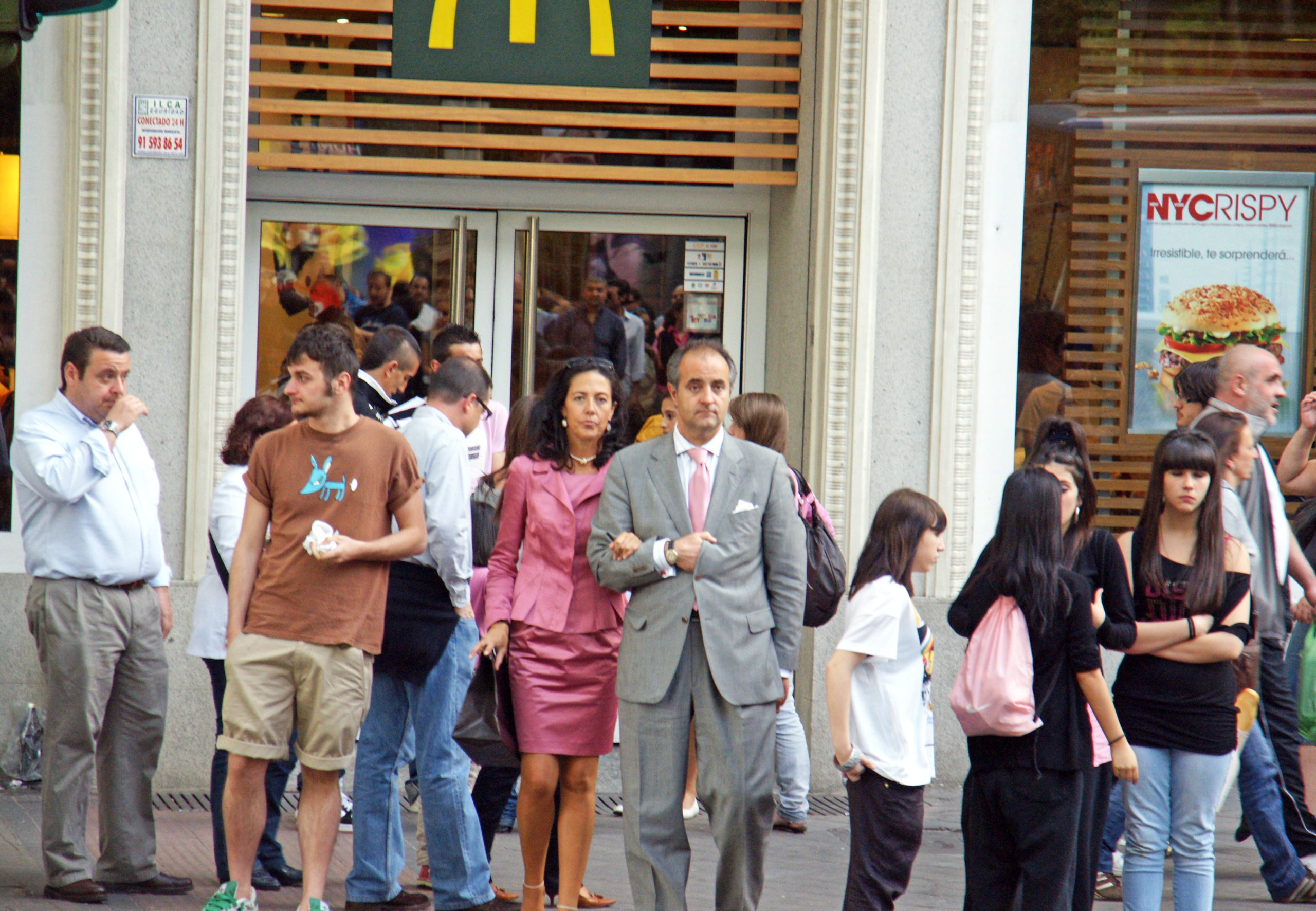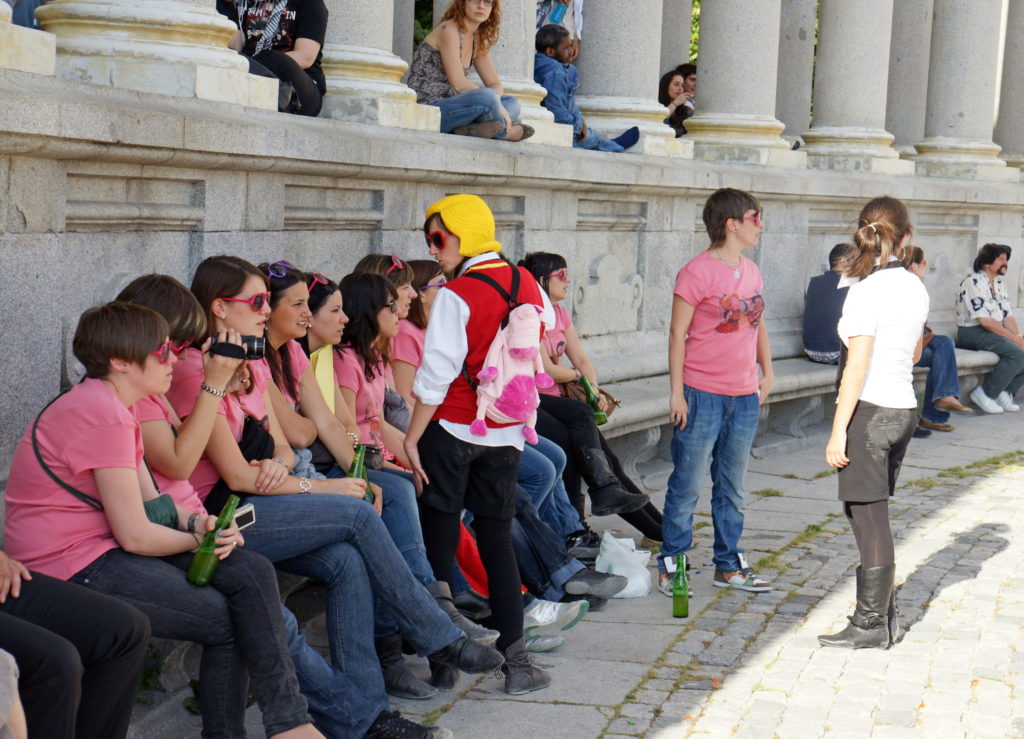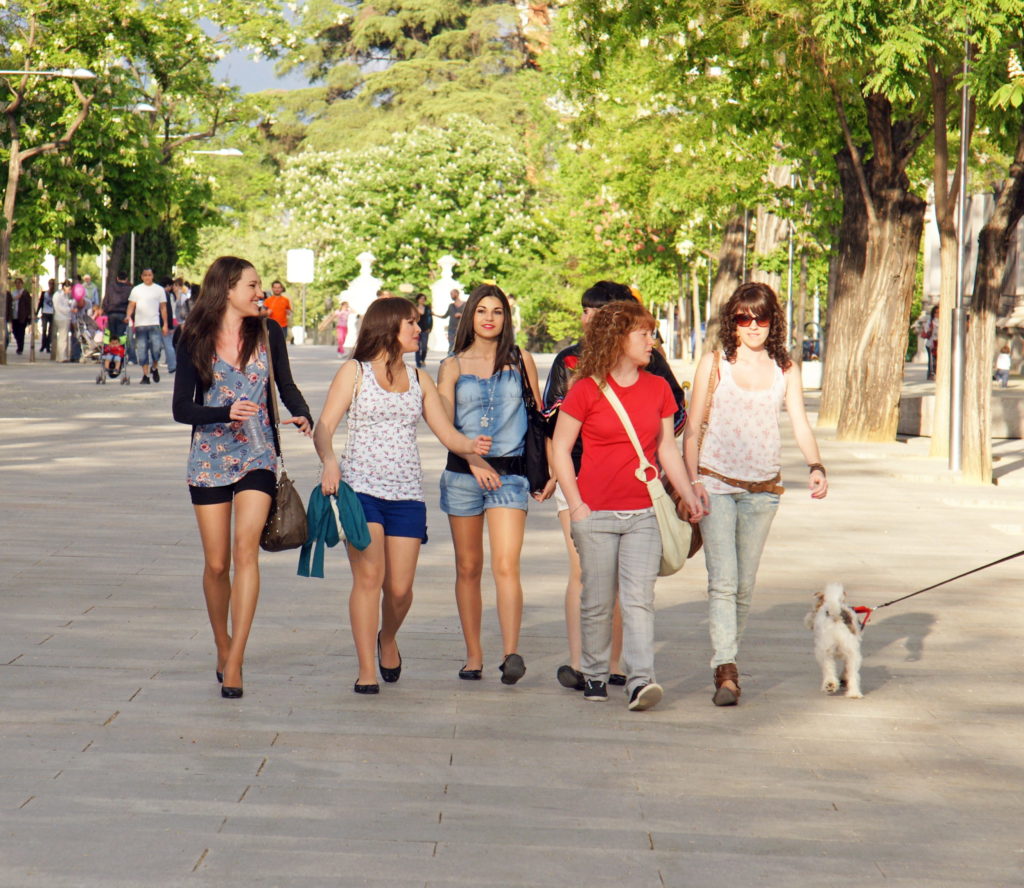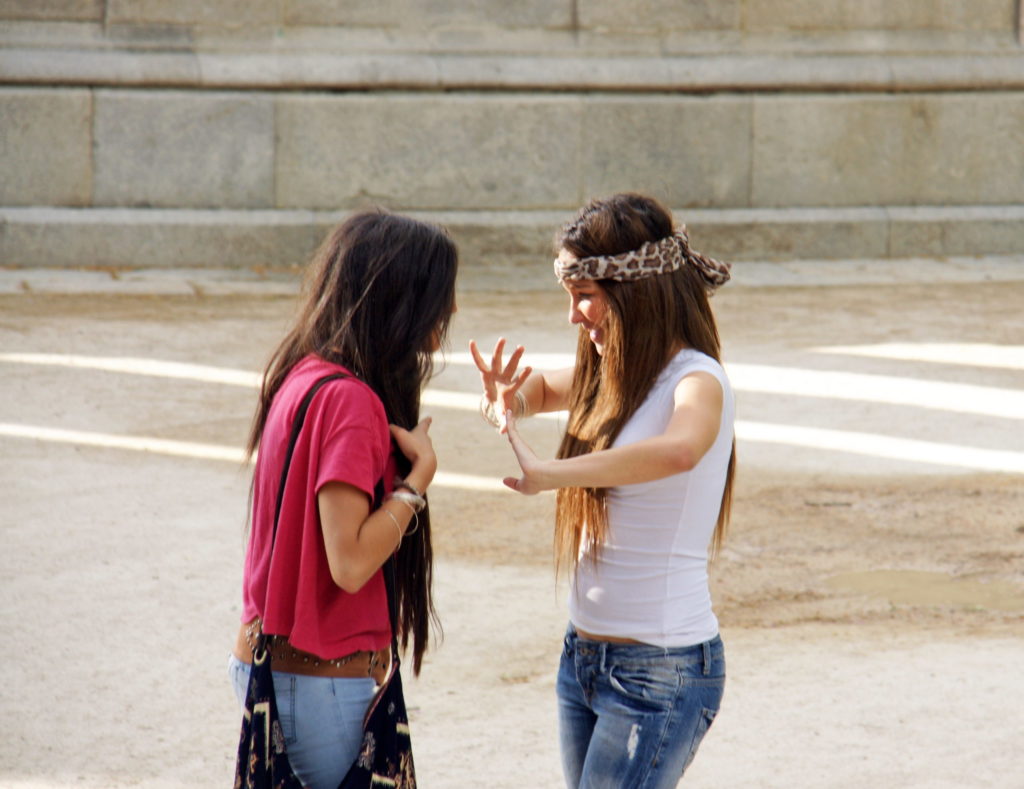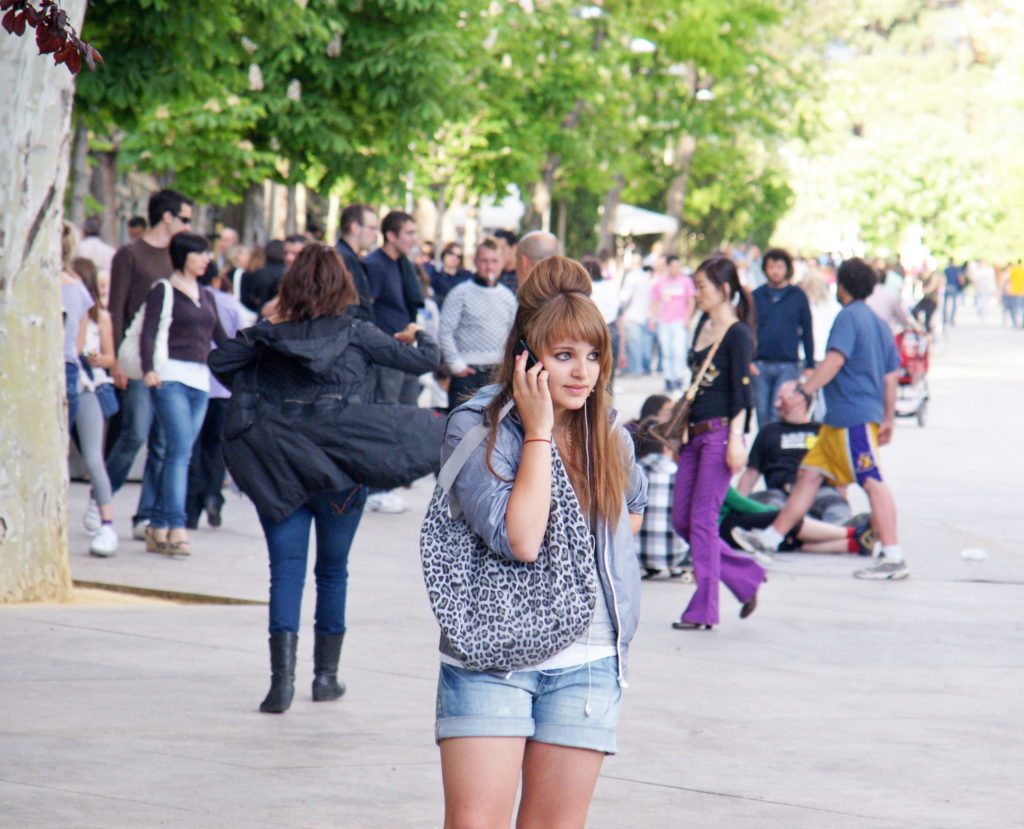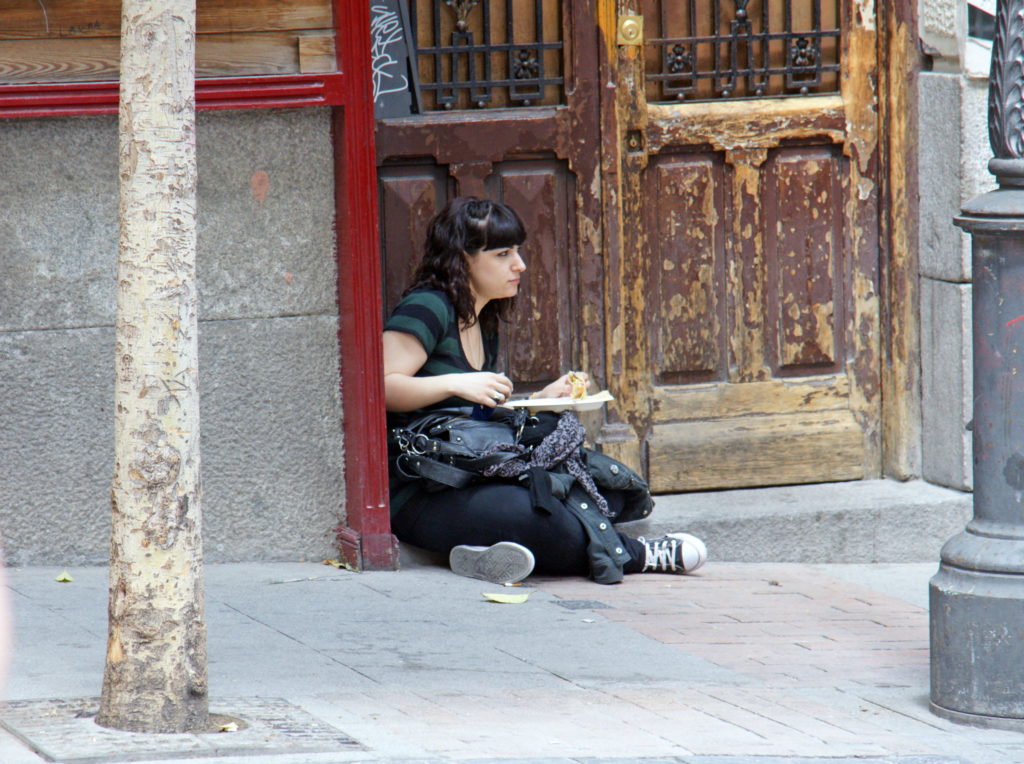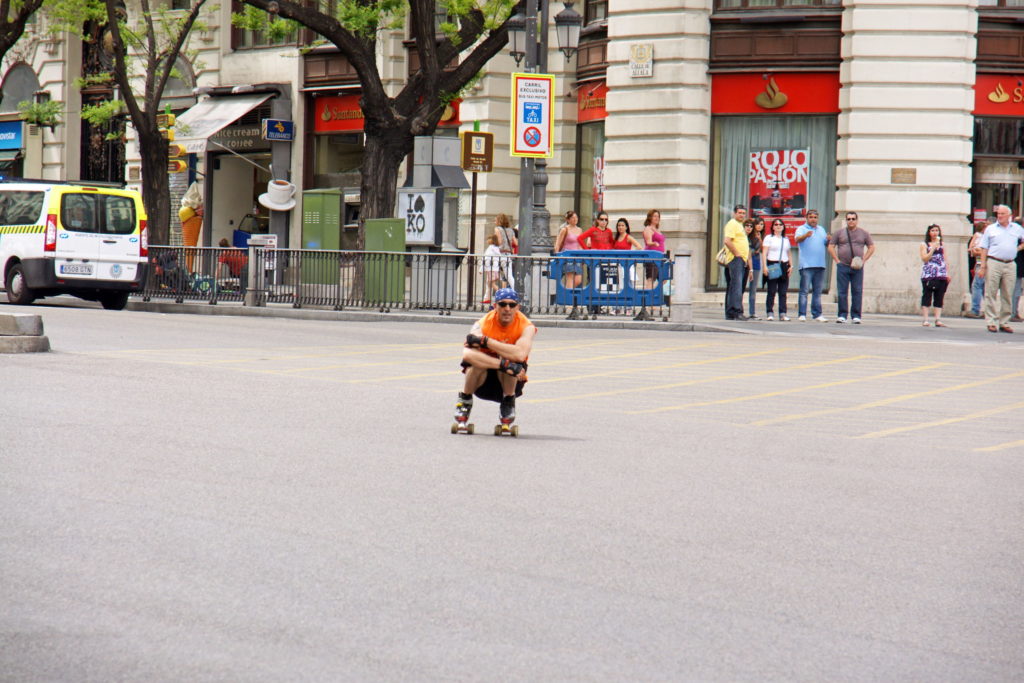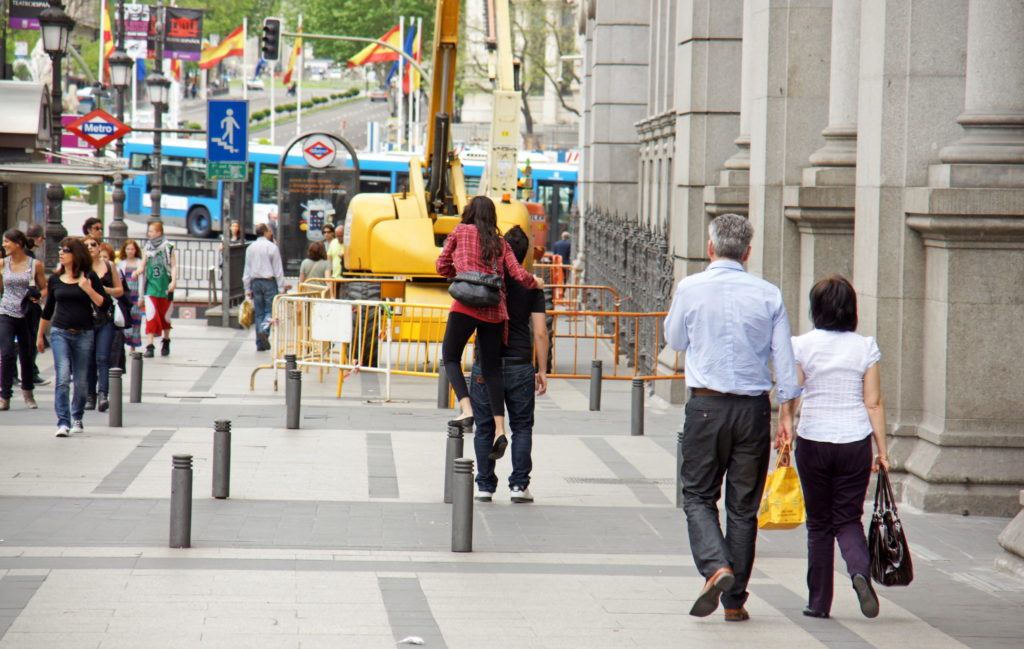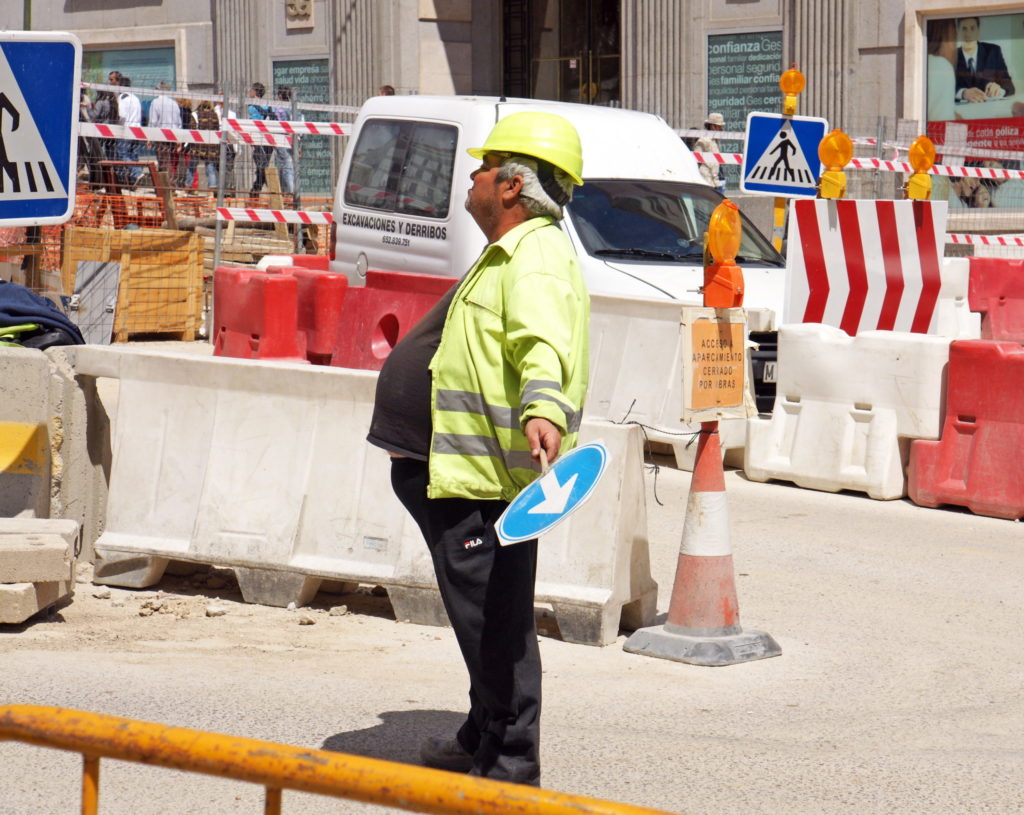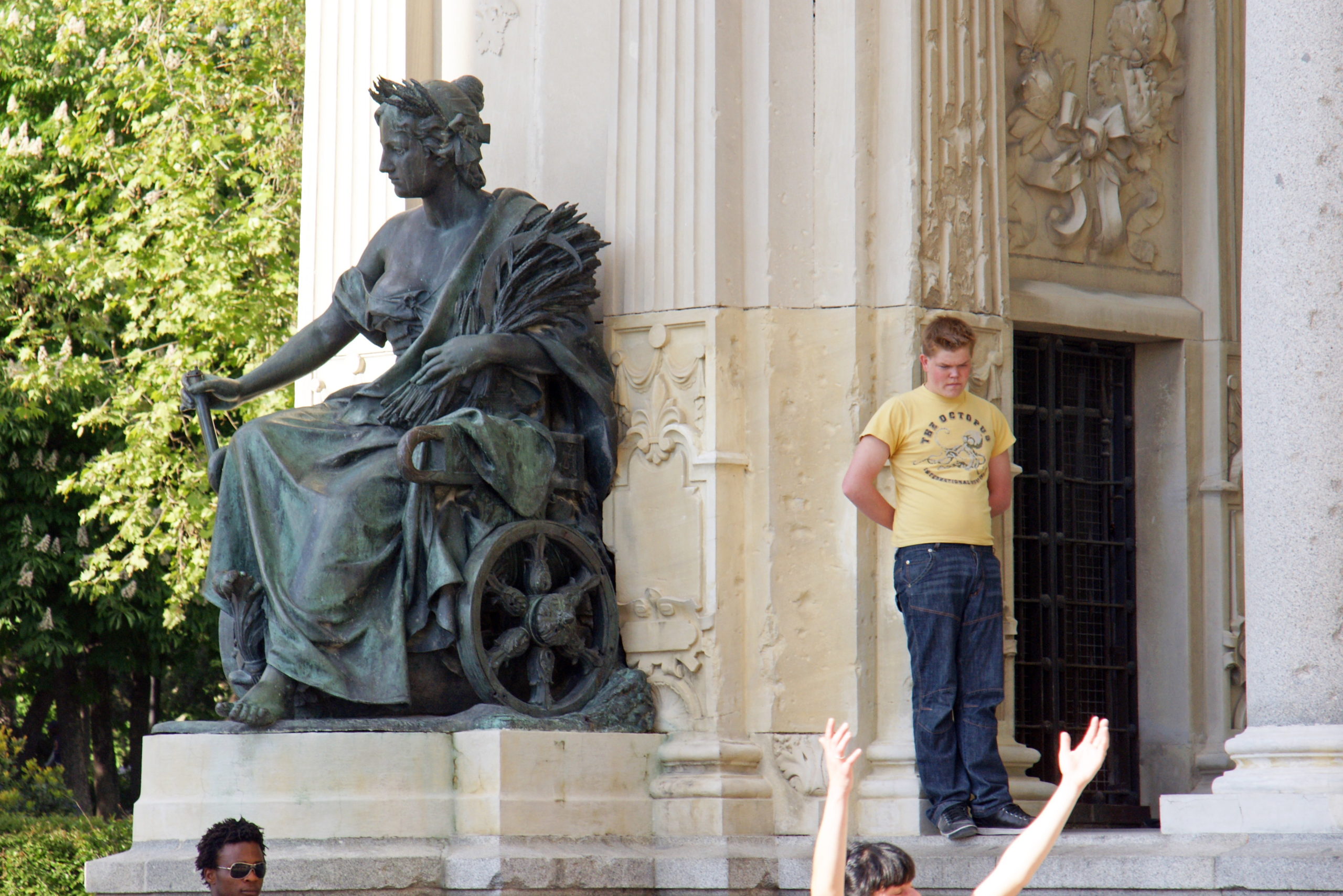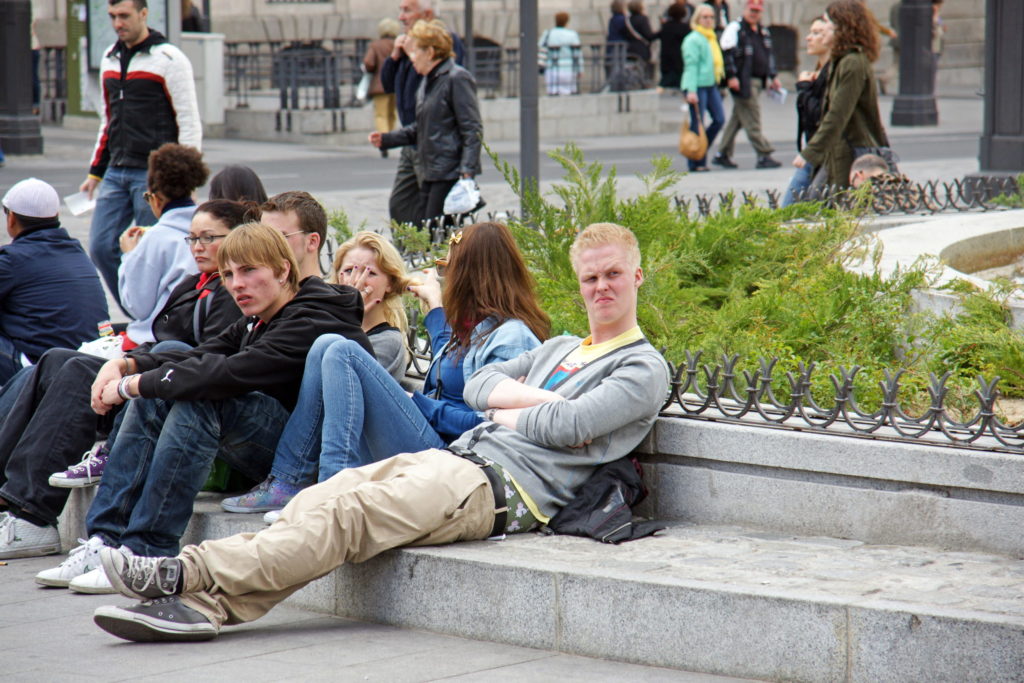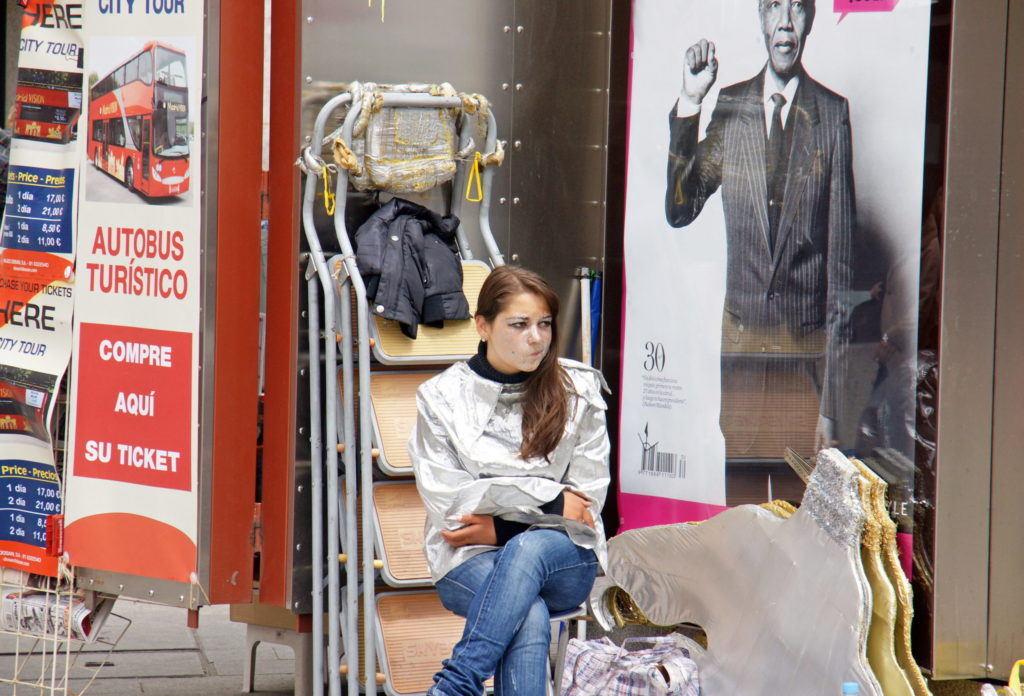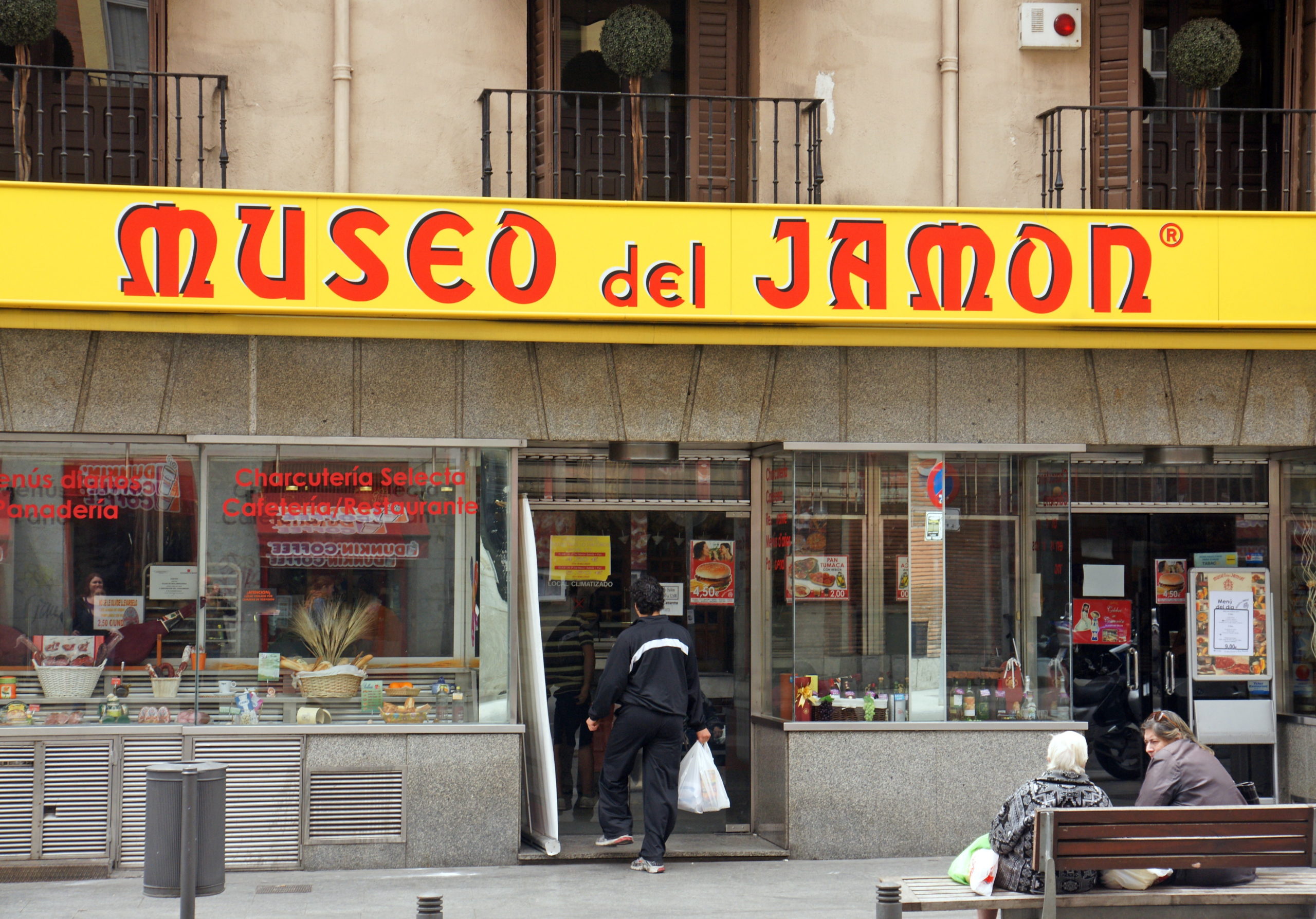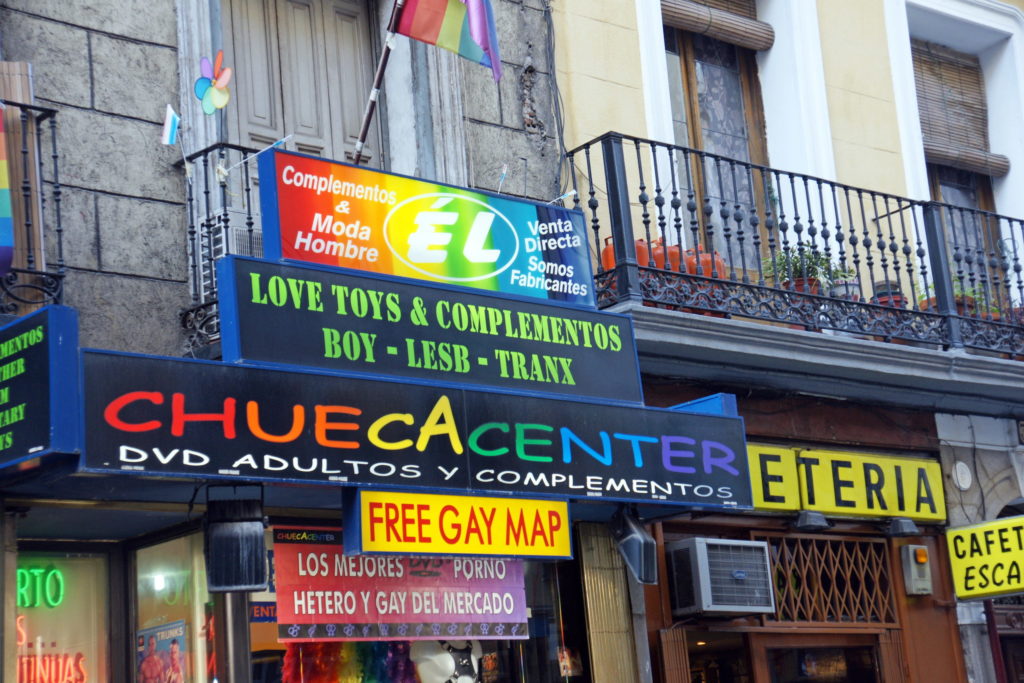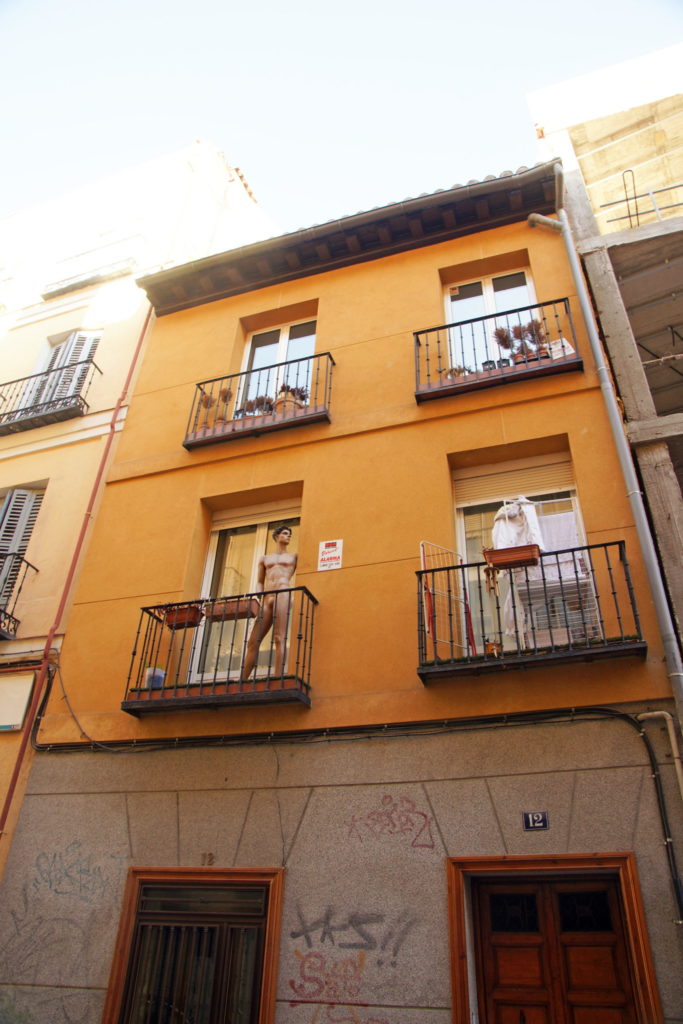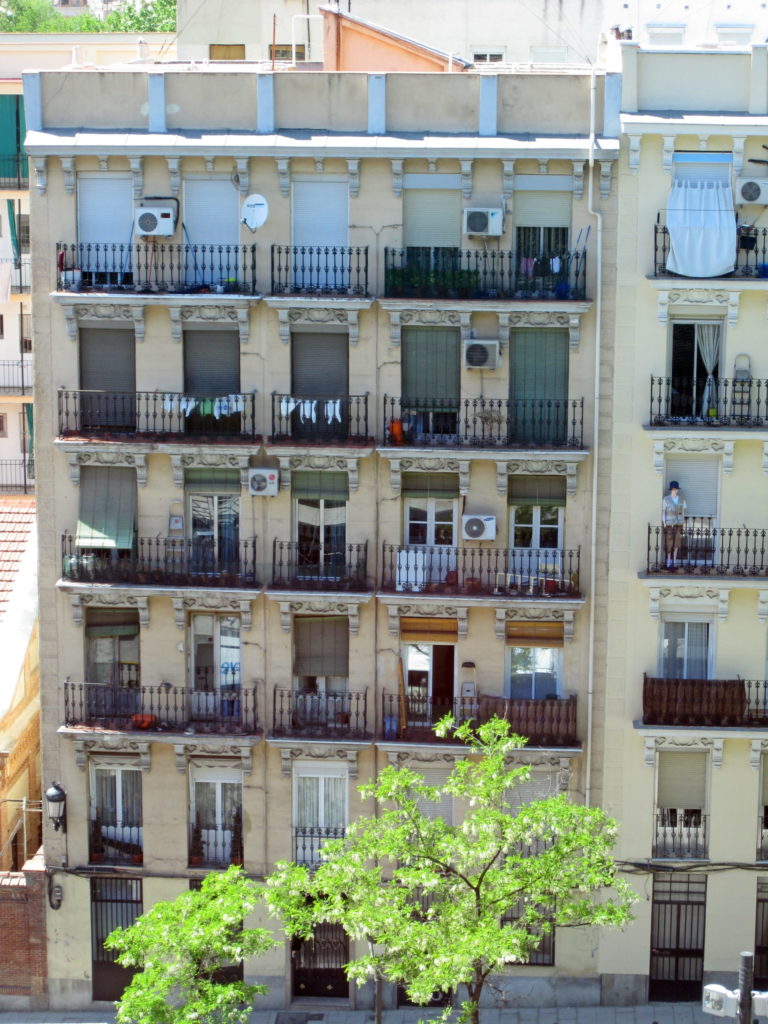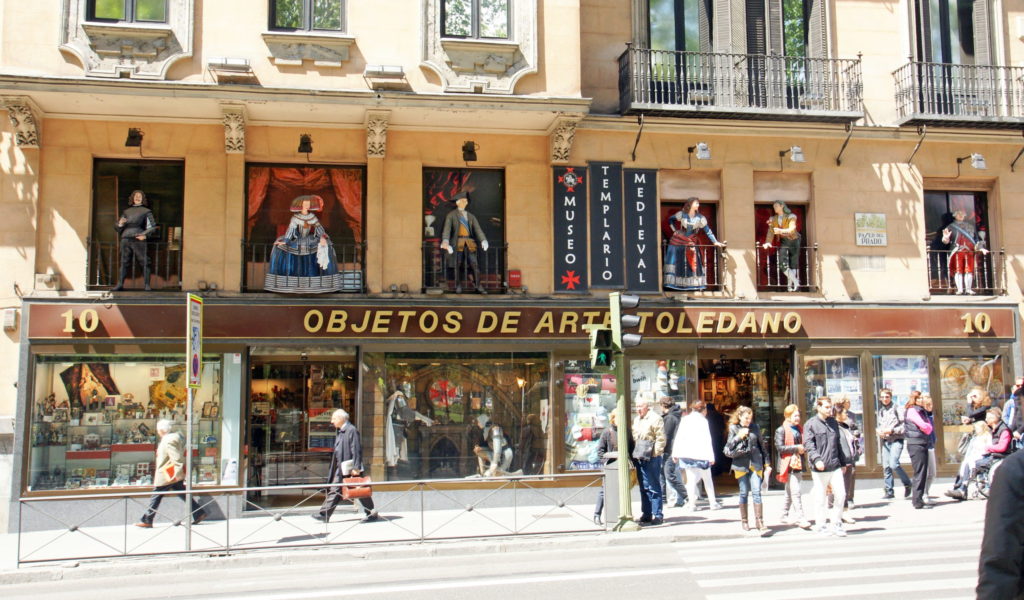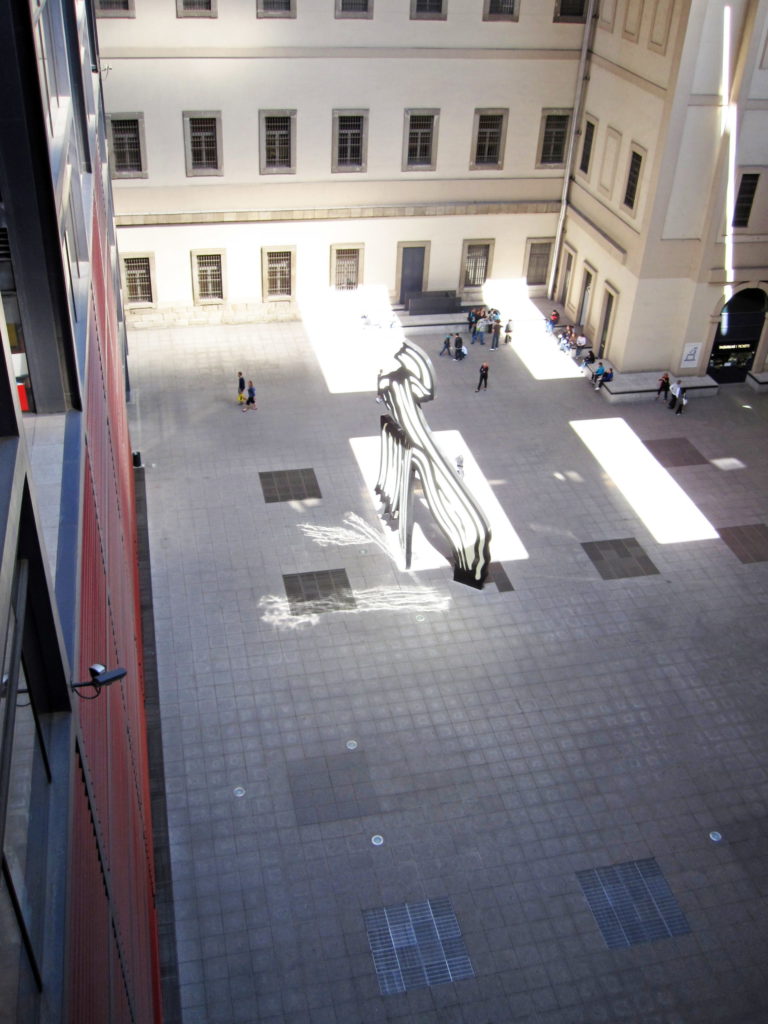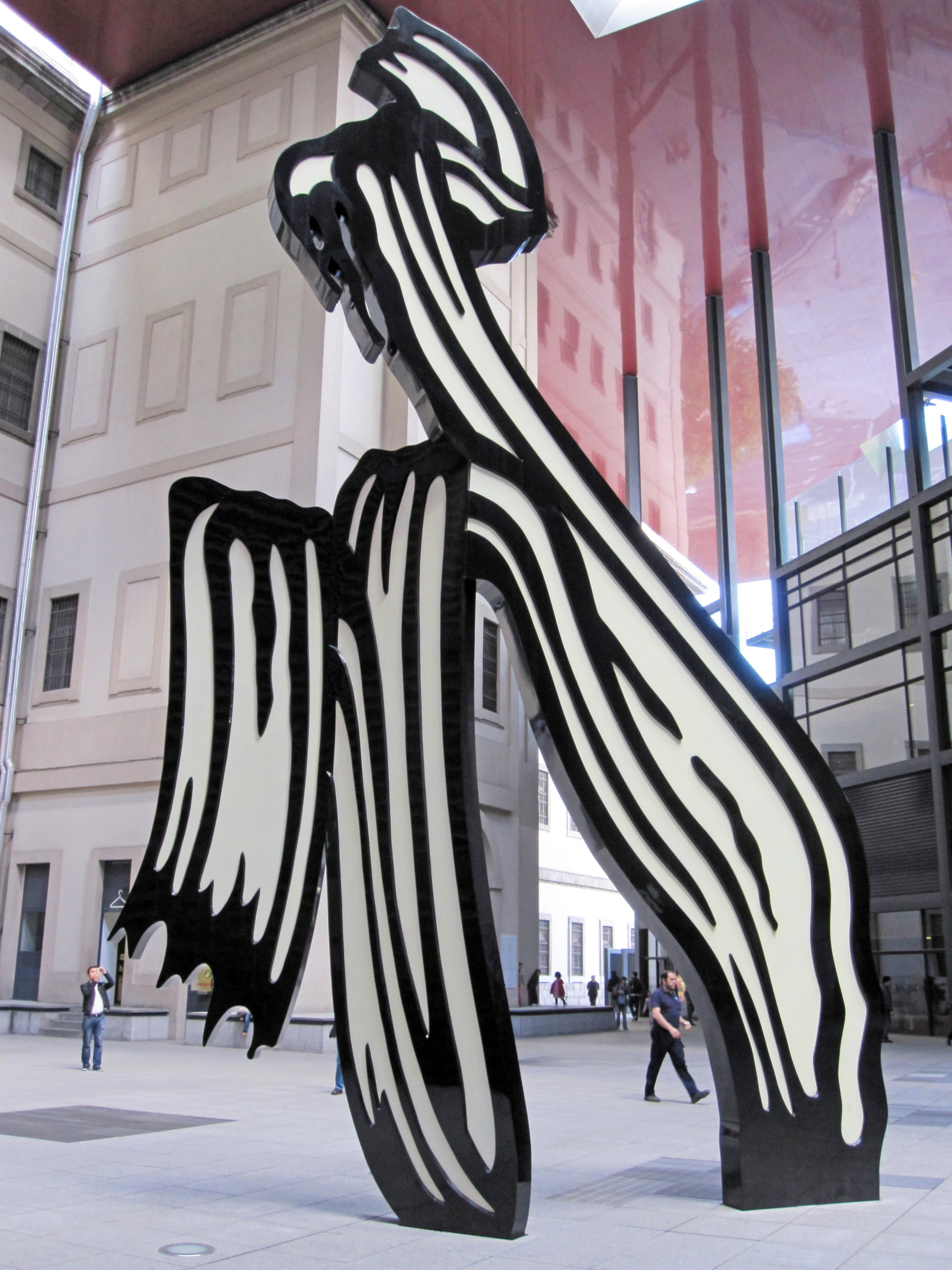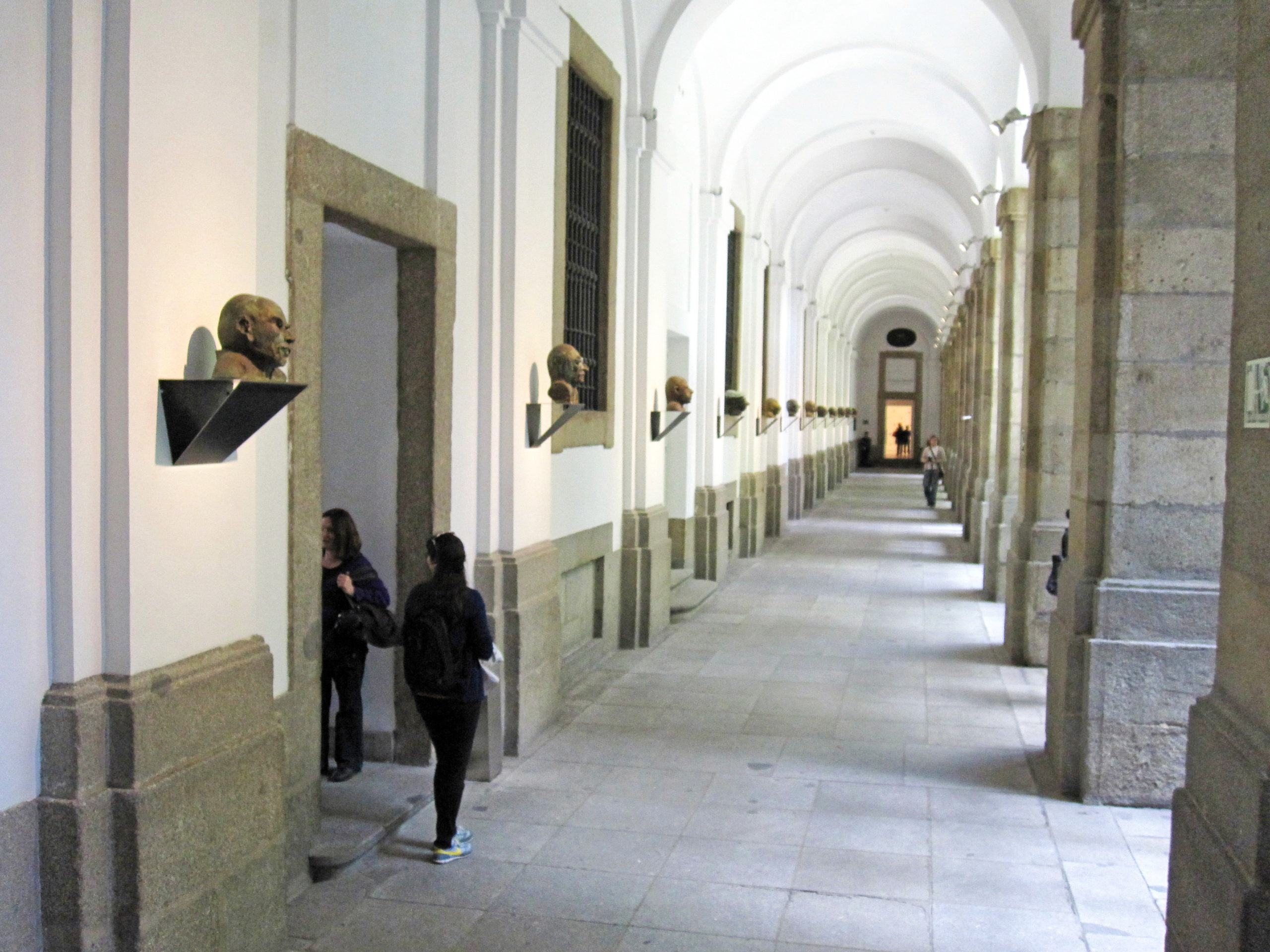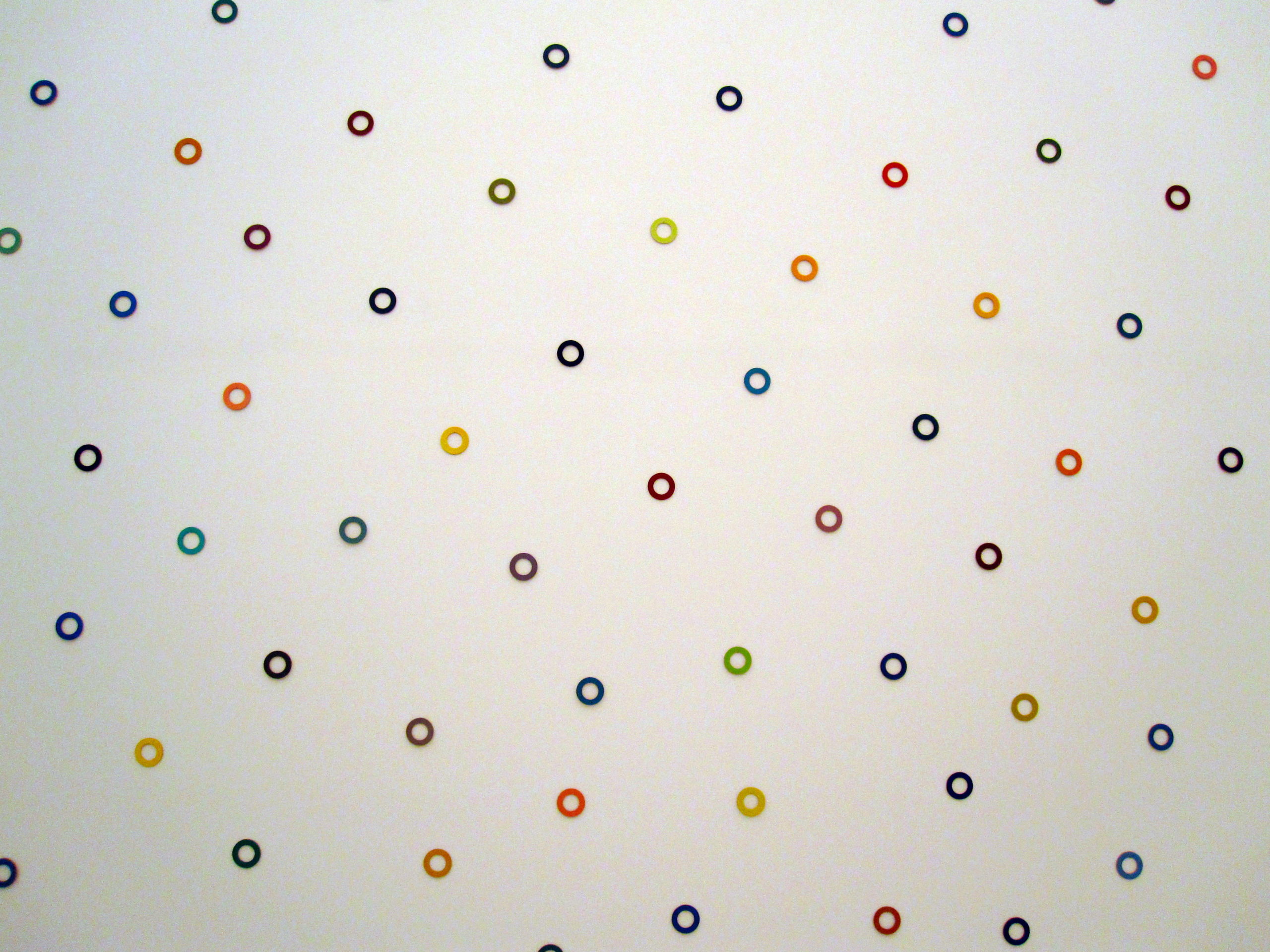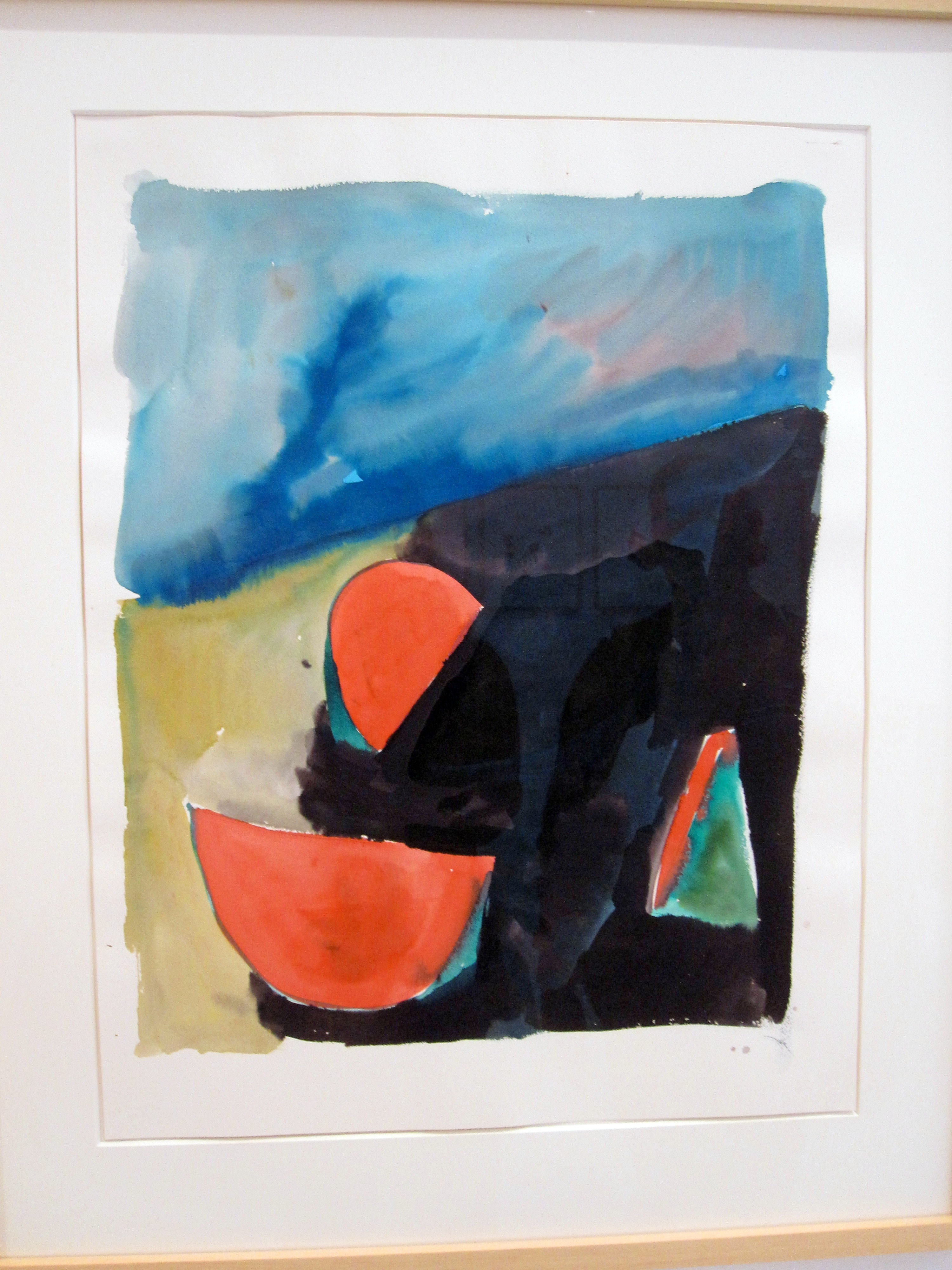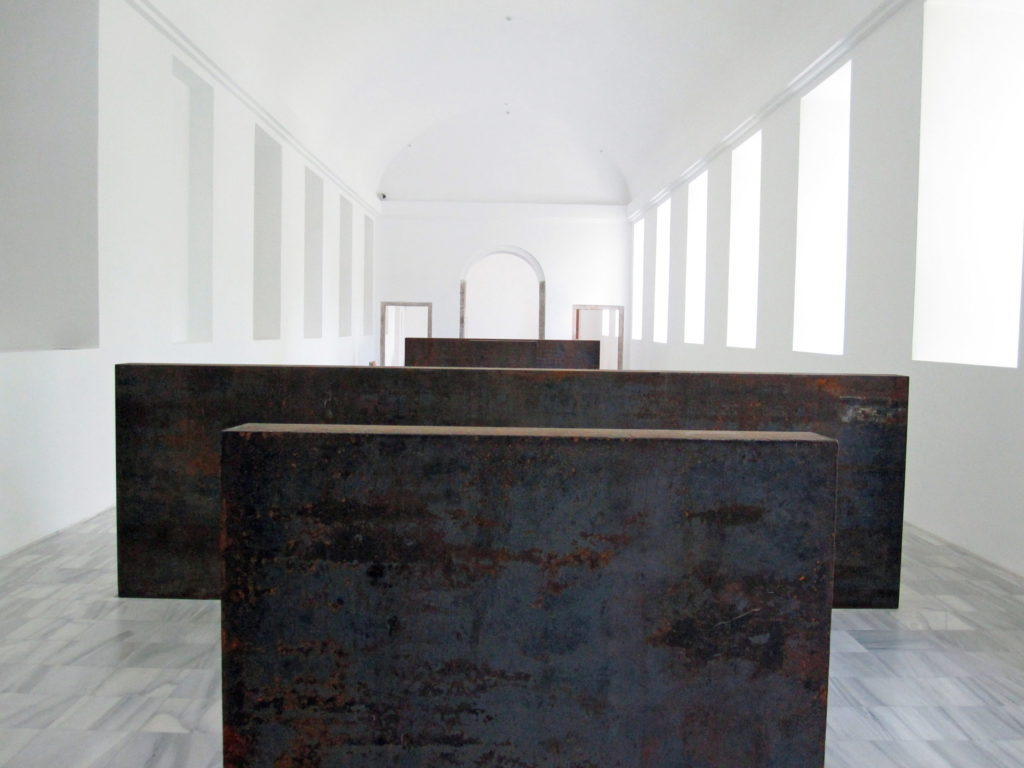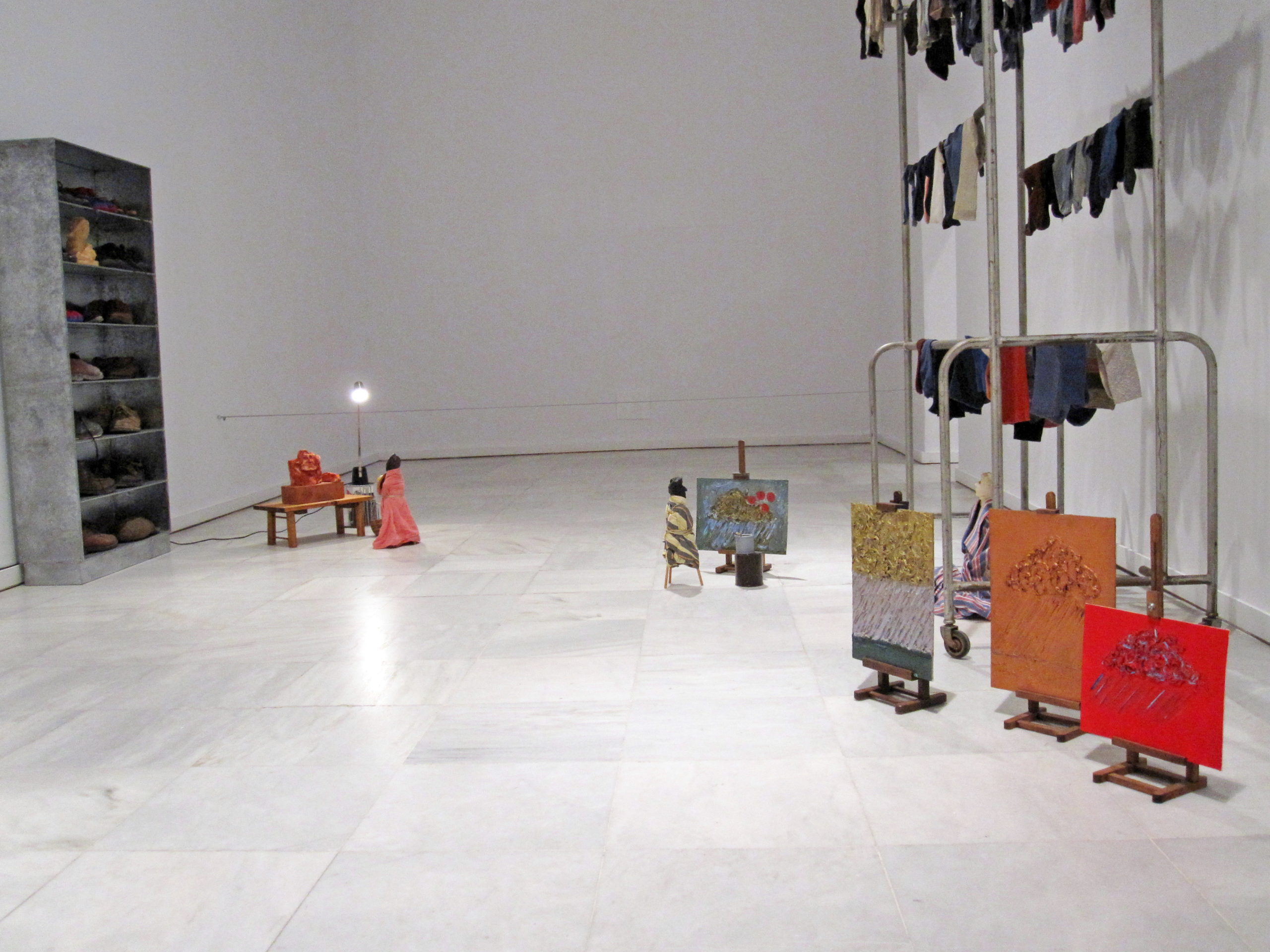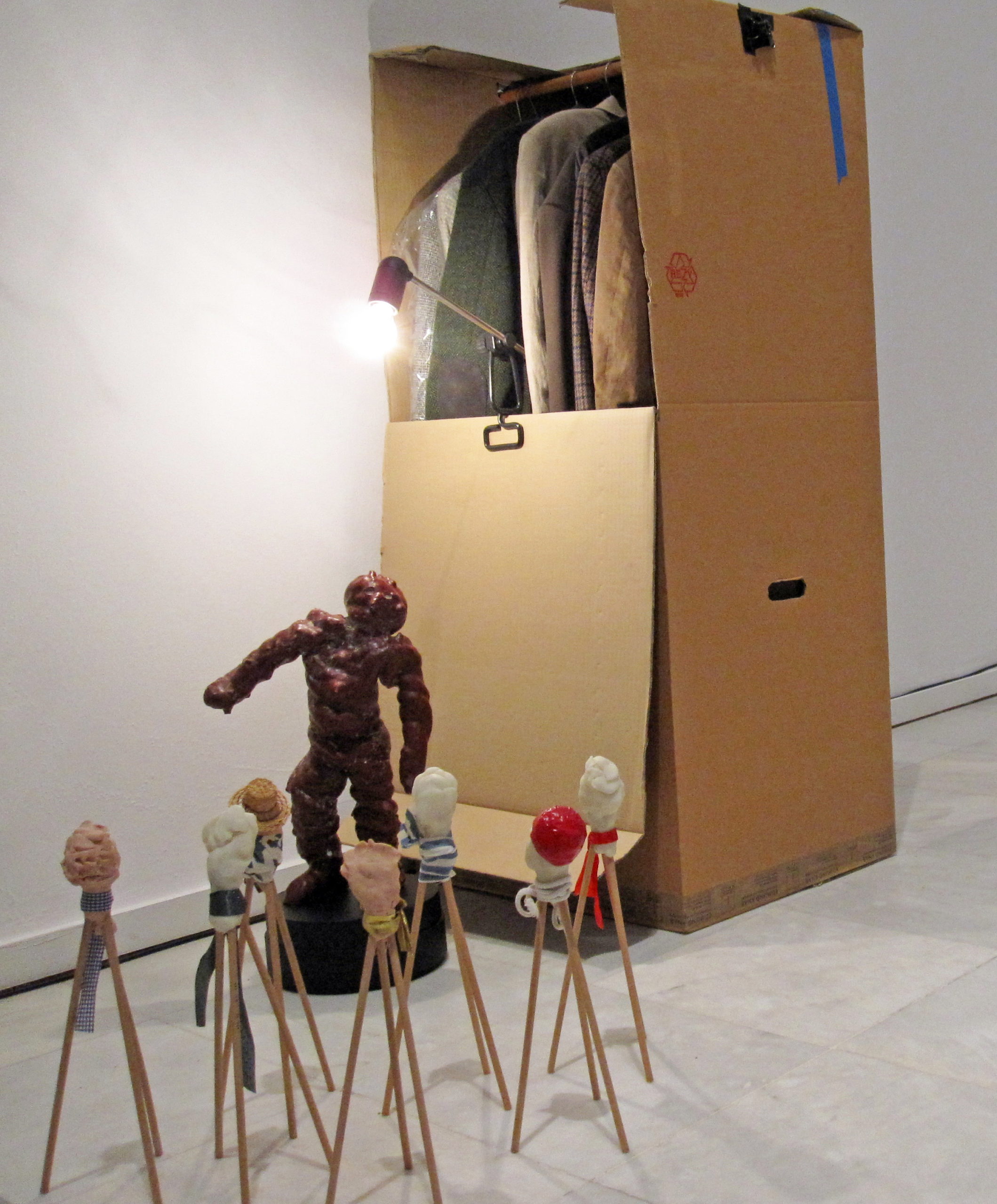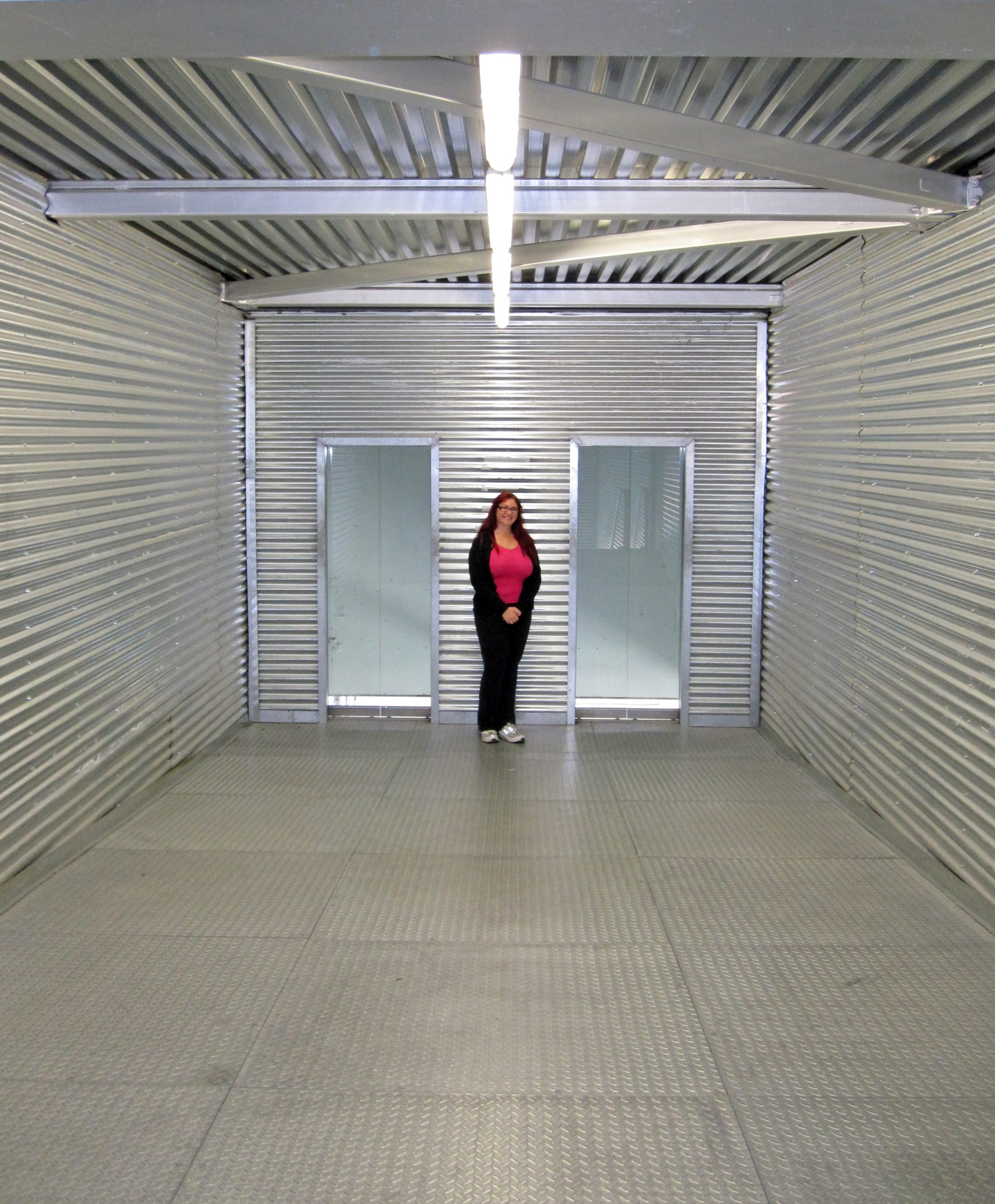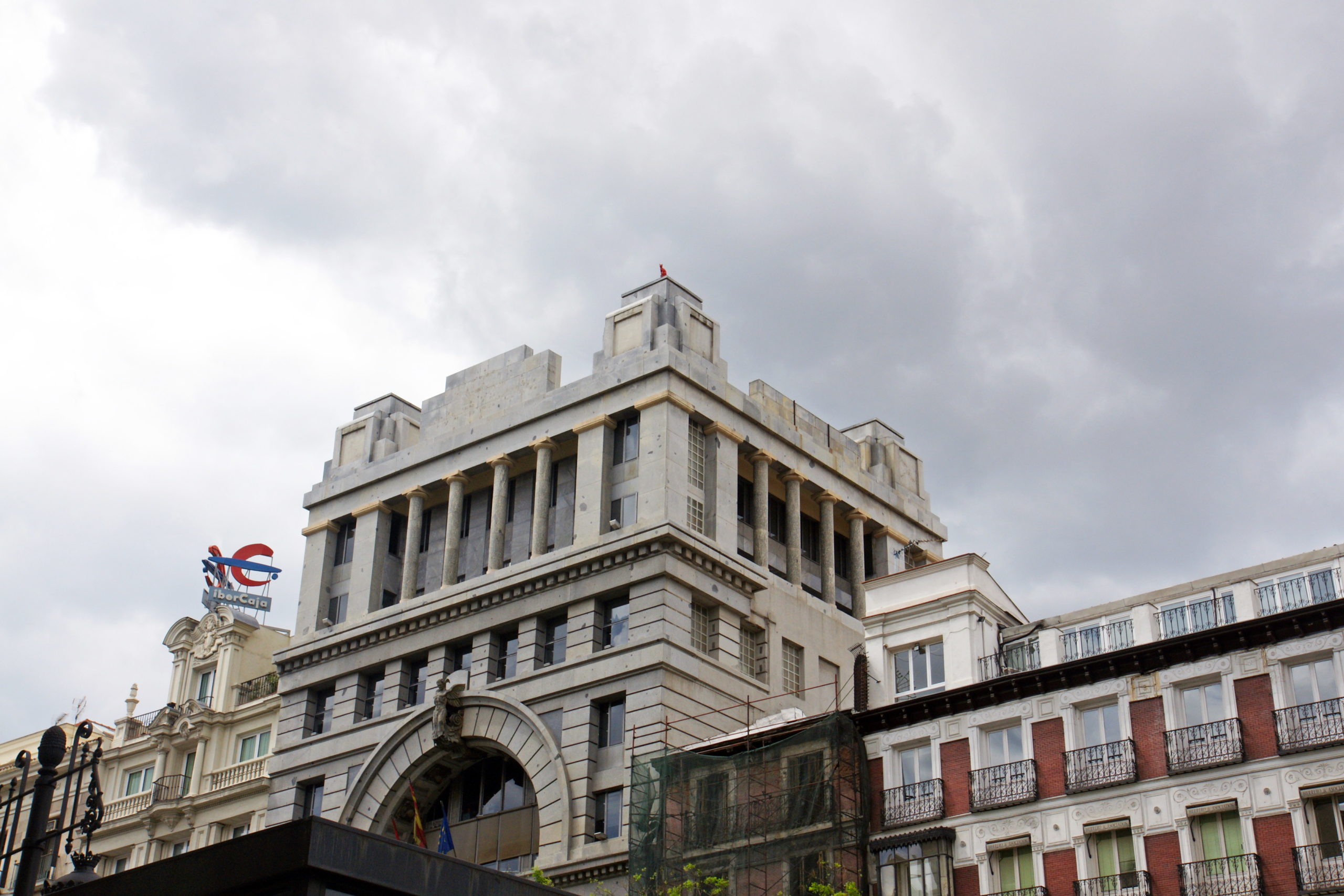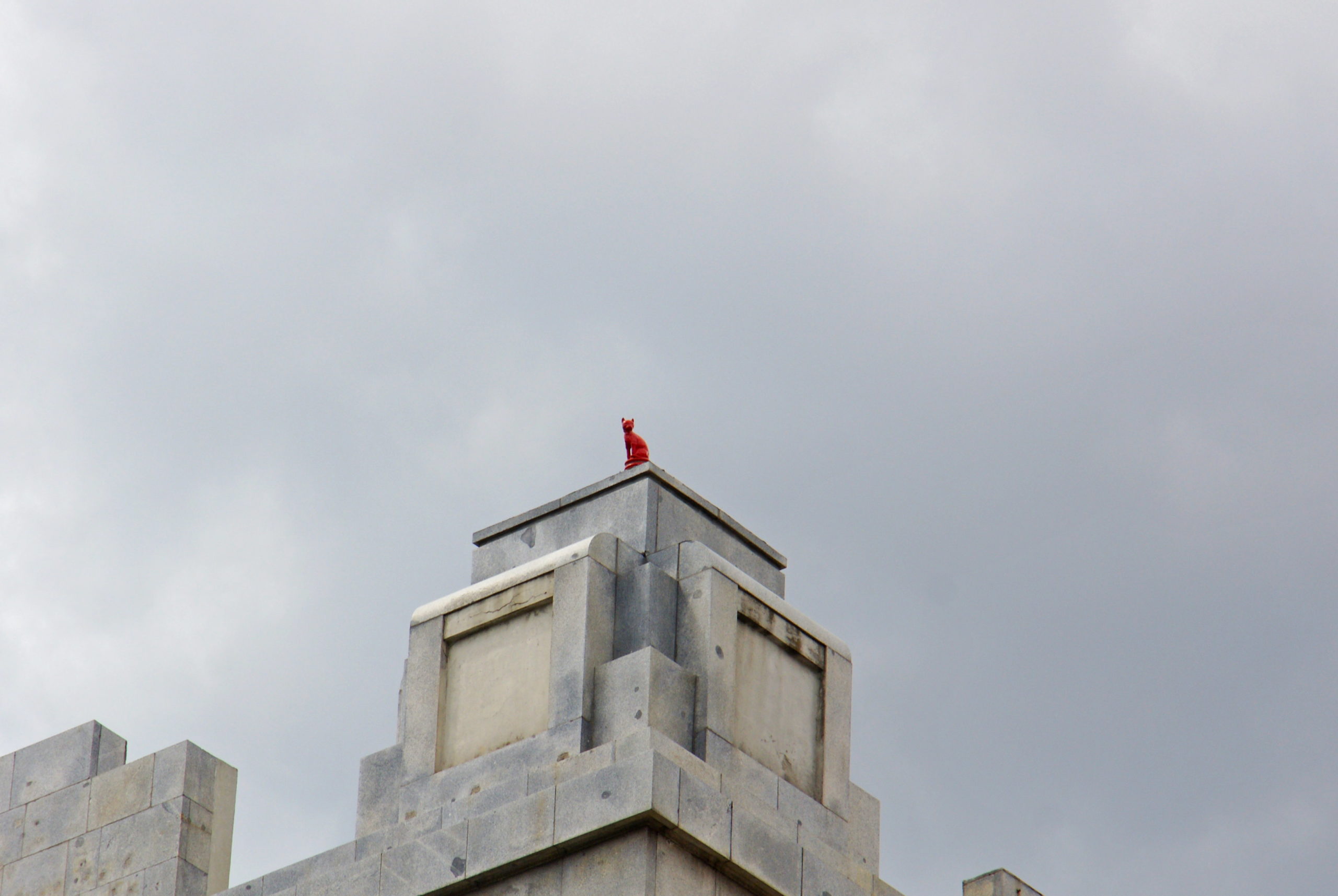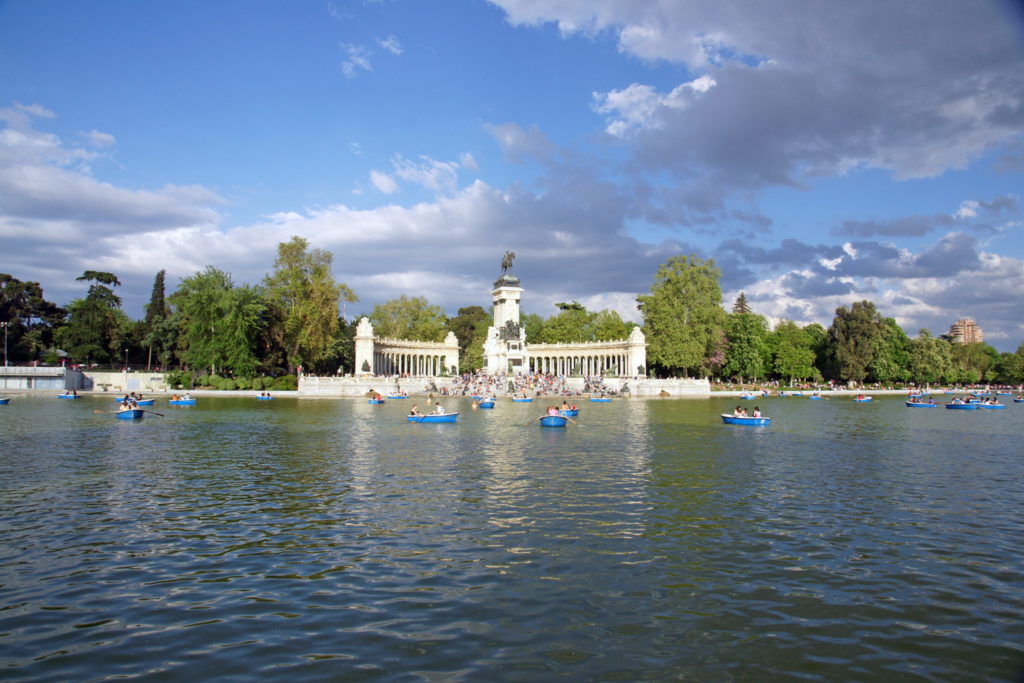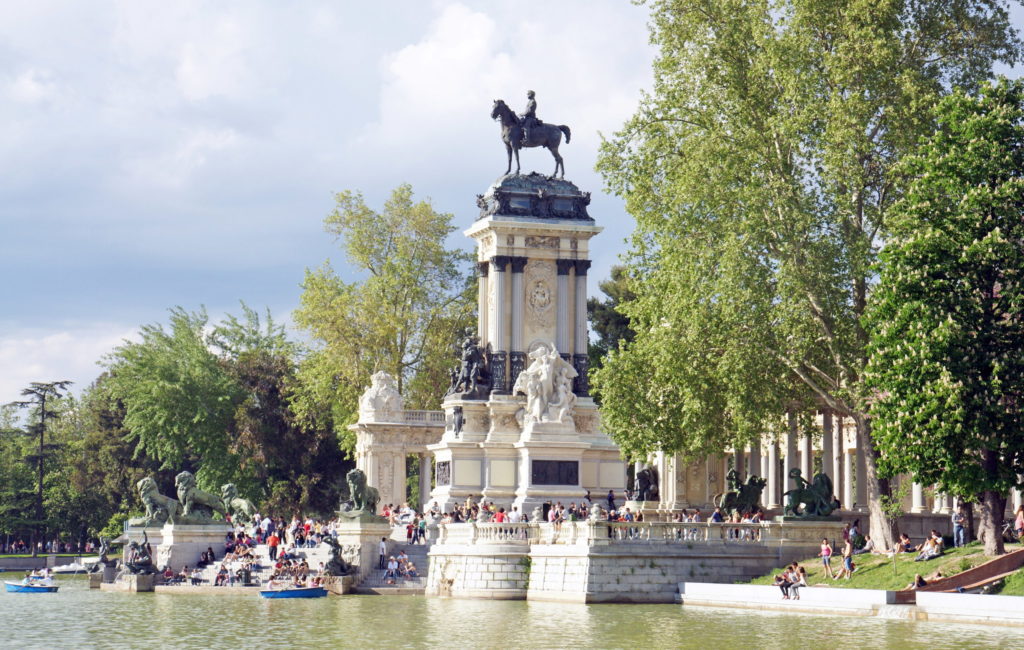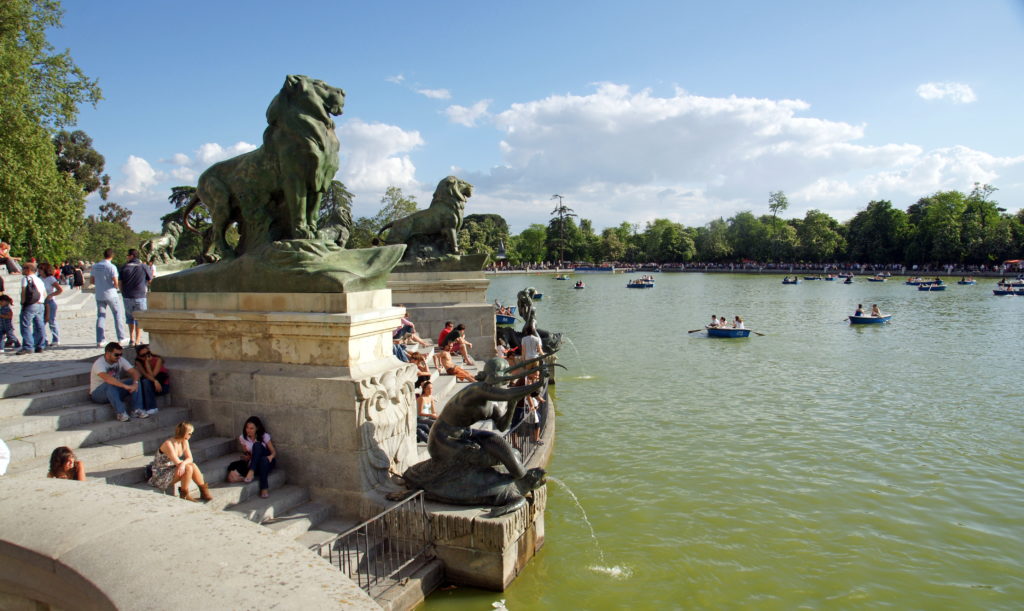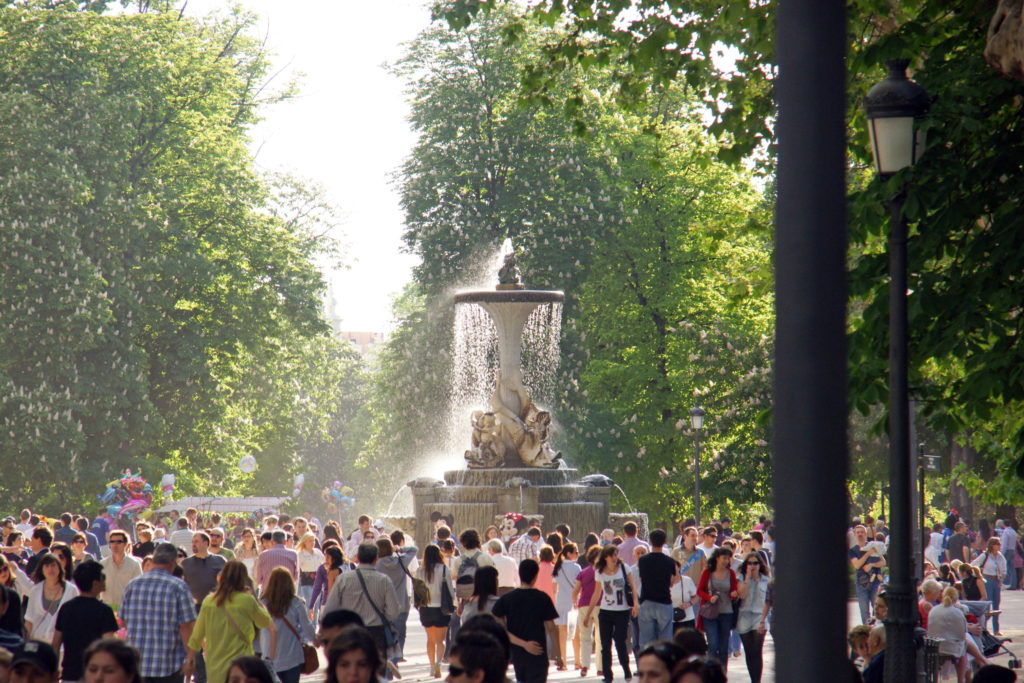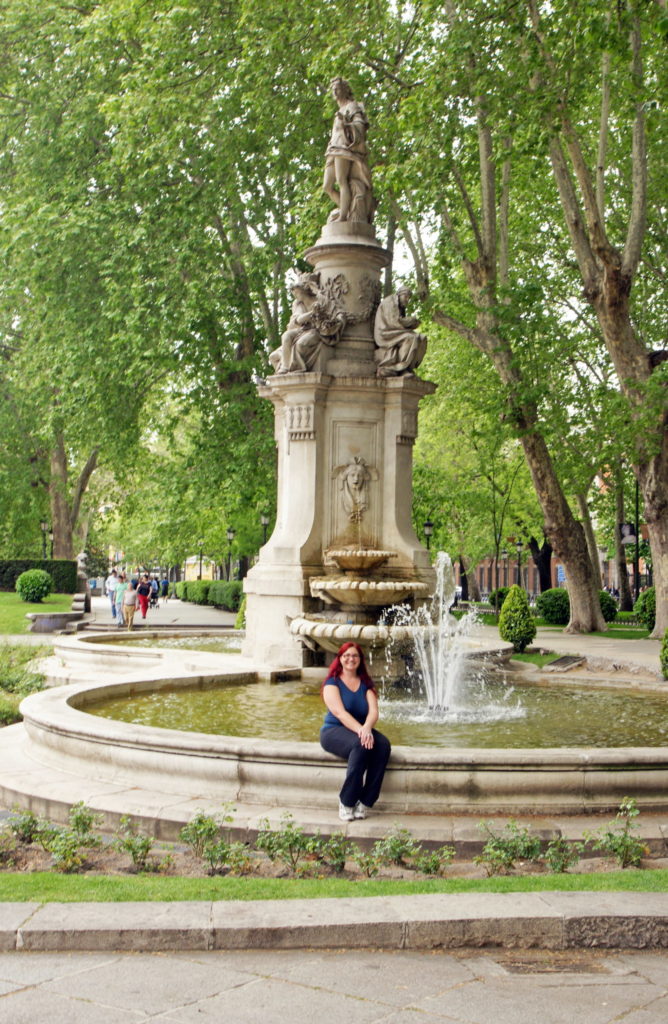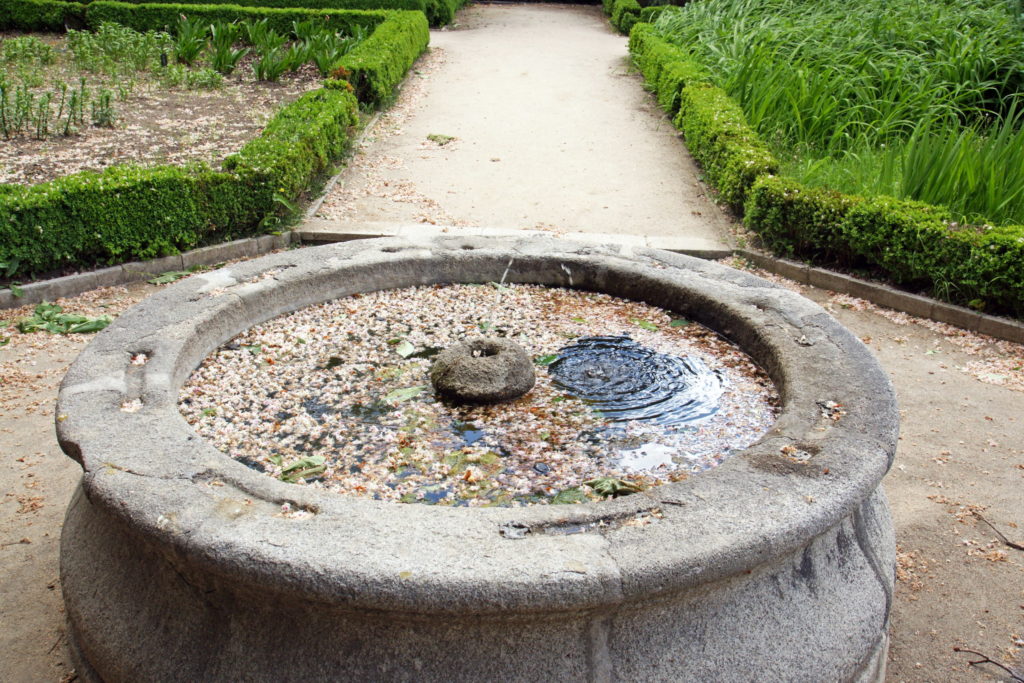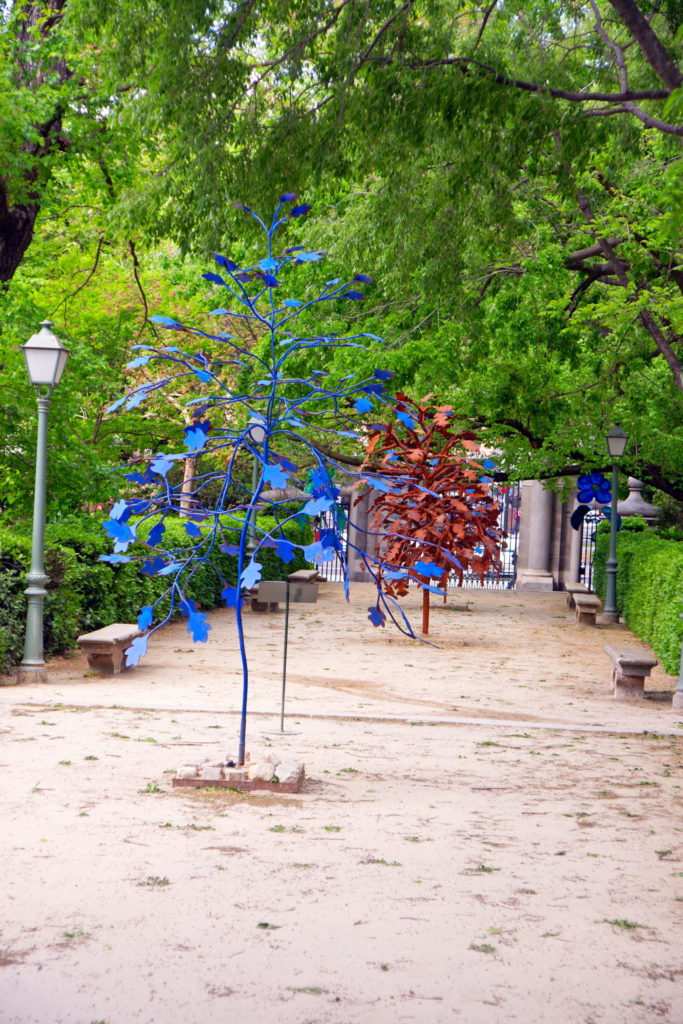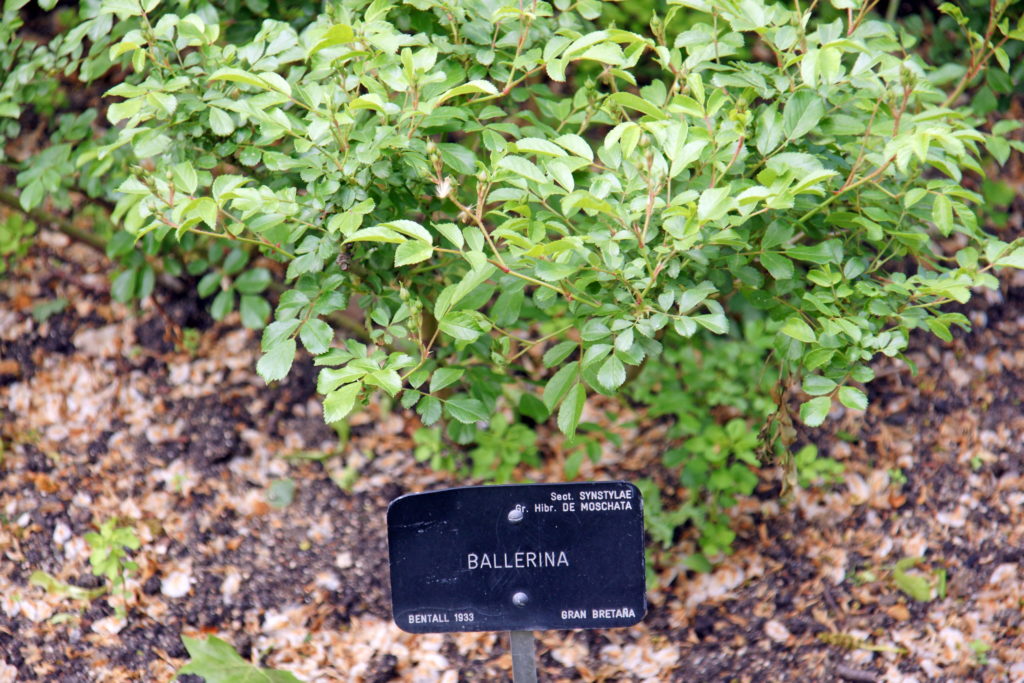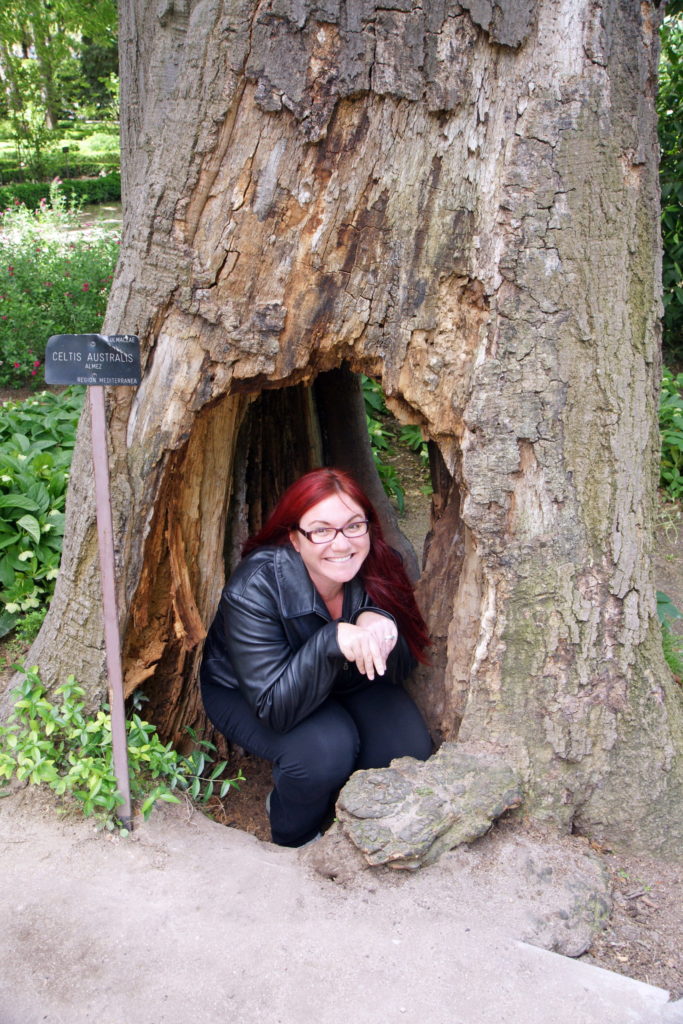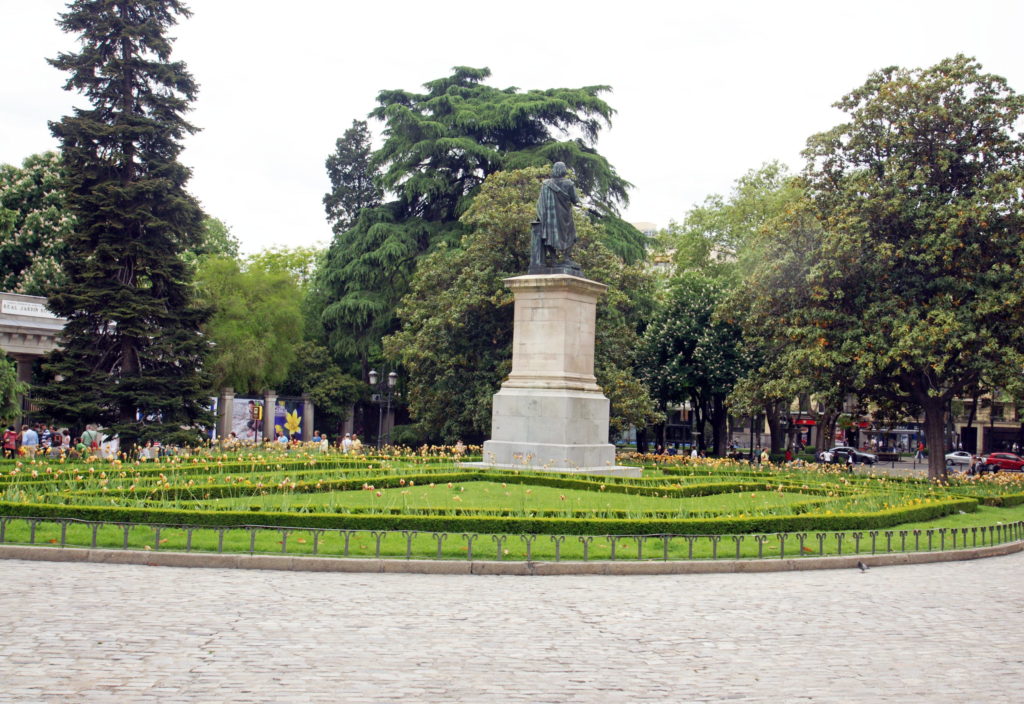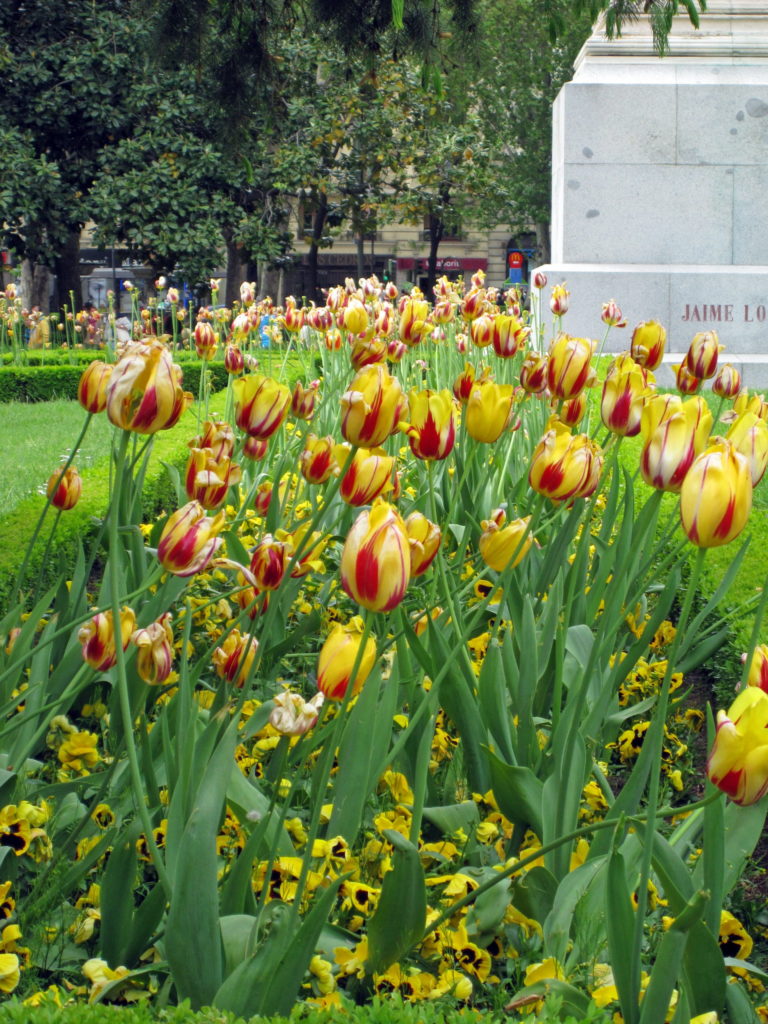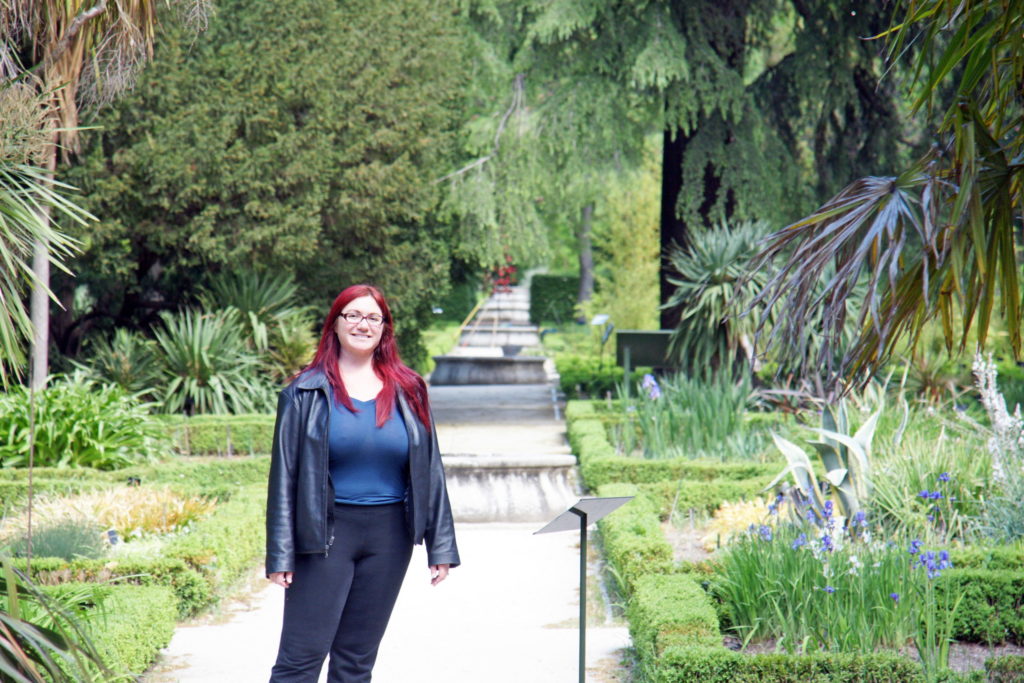Iberia enters written records as a land populated largely by the Iberians, Basques and Celts. Its coastal areas were settled by Phoenicians who founded Western Europe’s most ancient cities, Cádiz and Málaga. Phoenician influence expanded as much of the Peninsula was eventually incorporated into the Carthaginian Empire, becoming a major theatre of the Punic Wars against the expanding Roman Empire. Fast forward 2,000 years, and that general area is now the Reino de España (Kingdom of Spain), with the diminutive República Portuguesa on its western shore. At the center of Spain is its capital city, Madrid. And it’s this very city we are visiting!
Madrid
Madrid lies on the River Manzanares in the center of Spain. As the capital city of Spain, seat of government, and residence of the Spanish monarch, Madrid is also the political, economic and cultural center of the country. Due to its economic output, high standard of living, and market size, Madrid is considered the major financial center and the leading economic hub of the Iberian Peninsula and of Southern Europe. While Madrid possesses modern infrastructure, it has preserved the look and feel of many of its historic neighborhoods and streets.
One of the more impressive sights of Madrid is the Gran Elefant Dret, a world-traveler, representing an elephant balancing precariously on its trunk. I suppose it symbolizes man’s inhumanity to man, or perhaps elephant’s inelephanty to elephants, but it could be just an exercise in careful distribution of five tons of bronze.
Charles lll of Bourbon (1716 –1788) was the King of Spain and the Spanish Indies from 1759 to 1788. In 1738, he married the Princess Maria Amalia of Saxony, an educated, cultured woman who gave birth to thirteen children, eight of whom reached adulthood. As king of Spain Charles III tried to rescue his empire from decay through far-reaching reforms such as weakening the Church and its monasteries, promoting science and university research, facilitating trade and commerce, modernizing agriculture and avoiding wars.
His equestrian statue was erected in Madrid in 1994 in Puerta del Sol; the statue already had to be restored in 2000, because of the many pigeons using the statue to roost and to leave their droppings. Use was made of this opportunity to place inside the statue a sensor that emits a sound that keeps the pigeons away.
Iglesia de san Jerónimo el Real, originally built in the 1500s, was, of course, damaged and rebuilt a number of times. It is named after Saint Jerome, known for his teachings on Christian moral life, especially to those living in cosmopolitan centers such as Rome. In many cases, he focused his attention on the lives of women and identified how a woman devoted to Jesus should live her life. Because, somehow, he knew a lot about that.
Another architectural wonder is CaixaForum Madrid, a cultural center managed by the “la Caixa” Foundation and located on Paseo del Prado in Madrid. By lowering the floors, the complex has the visual effect of a flying building. However, based on our experience, the building does not actually fly. Sad.
According to the internet, “the Metrópolis Building is one of the main icons of the Gran Vía, featuring in thousands of tourist snapshots who photograph the view of this avenue from Plaza de Cibeles. Built on the site of the “casa del ataúd” (tomb house), so called by locals because of its narrow frontage, it was constructed between 1907 and 1910 as the first stretch of the Gran Vía was being created, and it was officially opened on 25 January 1911. This sumptuous construction presides over the beginning of the Gran Vía with its neo-renaissance façade of Corinthian columns and a slate dome with golden incrustations, on which a statue of Victoria rises, which used to be a Phoenix, symbol of the insurance company that initially occupied the building.”
Meaning, when the building was purchased by Metrópolis Seguros in 1972, it had a statue of Phoenix and Ganymede on the top. The original owners took it, and it was replaced with the current flying person, Winged Victory, ironic in that it is a second-place choice.
The Palacio de la Equitativa is an average-looking building with a minaret-inspired tower. The most impressive aspect of this building is the wikipedia entry, which contains over 5,000 words talking about this structure. Apparently, the Madridians really love this building!
The Plaza de Canalejas, formerly known as the Four Streets, is located in the Centro district of Madrid. It bears the name of the politician and orator José Canalejas (1854-1912), who was assassinated by an anarchist while looking at the window of the San Martín bookstore, on the neighboring Puerta del Sol corner of Carretas street, about a hundred meters from this small square.
On the right is the Edificio Meneses, commissioned in 1914 by the widow of financier Meneses. Despite the reduced space of the site on which it sits, the architects gave the property a monumental air, with an appearance of greater verticality, by means of long classical semi-columns on the façade, a balustrade on the upper floor and a circular temple supported by a columnar drum surmounted by a dome. In Madrid, the Meneses Building was one of the first to combine glass and large classicist elements on its façade.
On the left, shown here are a different angle, is the Casa de Allende. “The architect adopted forms of traditional Spanish architecture, following the regionalist trend of the 19th century. The building has a large tower in the corner as a suggestive finish. It is an absolutely singular and unique building in Madrid architecture, where a magnificent wooden viewpoint stands out over the Carrera de San Jerónimo, in the style of Cantabrian architecture. It also has elaborate grills on balconies and stairs, where there are recessed windows. The exuberant sculptural ornamentation enhances the majesty of the building. It is the typical building representative of the architecture that arises from the crisis of 1898, and which tried to adapt regional styles to the new needs of modern life.”
And you think you have problems? Try designing architecture that tries to adapt regional styles to the new needs of modern life!!
The most prominent of the buildings at the Plaza de Cibeles is the Cybele Palace (formerly named Palace of Communication), which is the seat of the Madrid City Council. The whole complex, from a Spanish architecture stance, is one of the first examples of Modernismo, and most representative, to be built in the center of Madrid with its Neoplateresque façade and Baroque Salamanca evocations.
But you probably already knew that.
Plaza de Santa Ana features monuments to Spanish Golden Age writer Pedro Calderón de la Barca (shown here, behind the British bloke) and to the poet and playwright Federico García Lorca. Teatro Español, the oldest theater in Madrid, is located on the plaza’s east side. On the west side of the plaza is the luxury hotel ME Madrid Reina Victoria (shown here, behind Pedro Calderón de la Barca), built in the early nineteenth century. The hotel achieved fame for being the favorite among the most popular bullfighters. For example, the regular guest Manolete always reserved room number 220 in superstition. (Superstition of what is not clear.)
If you click on the link to Manolete above, you’ll read that he died after being gored in his upper right leg. The statue of him depicts him legless. Fitting, wouldn’t you say?
This tower belongs to the Iglesia de la Santa Cruz. “En 1626 tomó el patronazgo del convento el conde-duque de Olivares y en 1635 se puso la primera piedra para una nueva iglesia, que se incendió en 1652, desapareciendo tanto el convento como la iglesia. Se reedifica en 1660, desplomándose el altar mayor en el año 1726 sepultando a más de ochenta personas, y sufriendo en 1756 otro incendio. Finalmente, en 1876 un nuevo incendio destruyó completamente el templo, que fue derribado.” Yikes!!
The Museo Nacional Centro de Arte Reina Sofía is Spain’s national museum of 20th-century art. (We will show more photographs later.) The museum is mainly dedicated to Spanish art. Highlights of the museum include excellent collections of Spain’s two greatest 20th-century masters, Pablo Picasso and Salvador Dalí. The most famous masterpiece in the museum is Picasso’s 1937 painting Guernica. Along with its extensive collection, the museum offers a mixture of national and international temporary exhibitions in its many galleries, making it one of the world’s largest museums for modern and contemporary art. In 2019 it attracted 4,425,699 visitors, making it the ninth-most-visited art museum in the world. It also hosts a free-access library specializing in art, with a collection of over 100,000 books, over 3,500 sound recordings, and almost 1,000 videos.
An 8000 m2 expansion costing €92 million designed by French architect Jean Nouvel opened in October 2005. The extension includes spaces for temporary exhibitions, an auditorium of 500 seats, and a 200-seat auditorium, a bookshop, restaurants and administration offices. ducks scéno (sic) was consultant for scenographic equipment of auditoriums and Arau Acustica for acoustic studies.
Madrid has many, many architectural wonders.
Boots
One of the less-explored aspect of Madrid is the boots worn by Madridians. Well, we are not ones to shirk our responsibility of describing foreign cultures! ?
This dancer wears calf-length wedge boots, probably suede. with a low heel. She prefers a wider-than-normal shaft accommodate her denim jeans.
Short, baggy denim pants are the perfect way to display thigh-high leather boots. The deep wedge and long shaft allows the wearer the comfort of kneeling on leather when doing things a women does while kneeling, such as praying or gardening.
The gentleman’s feet are clad in tan work boots, possibly with a steel-toe. The lady wears calf-length boots with a moderate heel, suitable for both walking and being fashionable. If you look closely, you will observe two buckles on the top of her boots, providing a mechanism to expand the shaft then tightening it as needed, facilitating ease of dressing.
The chic woman’s boots sport a small stiletto heel. The shaft is small but thick, and the stylish buckles at the base ensure the shaft stays rigid during use.
Wellington boots, modified from Hessian boots, are noted for their utility and sturdiness. This lady adds a flash of color to the top of the long, straight shaft, drawing attention to her fashion sense, rather than to her purple skirt with purple fringe, purple top, and bright pink bag.
Lovers
You may have heard the expression “Madrid es para los amantes” or “Madrid es para las amantes”. Both are correct!
One of the ways to force someone to stop looking at their cell phone is to physically mount them and force eye contact. Notice, too, that the business area is carefully covered with a large sweater; we aren’t saying they are, and we aren’t saying they aren’t.
Is his arm protecting his head from the sunlight, or is he distraught as the lady tells him how many children she plans to have? We can only guess.
We continue our “girls using men as furniture” exposé with these two lovers ritualistically pressing their lips together. Note that cultural connotations of kissing vary widely; a kiss can express sentiments of love, passion, romance, sexual attraction, sexual activity, sexual arousal, affection, respect, greeting, friendship, peace, and good luck, among many others.
It is important to note that homosexual men will also use each other as furniture.
Okay, we are going to have to concede the fact: in Madrid, furniture and romance are interchangeable. If you ever become romantically involved with someone from Madrid: you have been warned.
Food
Although the site of modern-day Madrid has been occupied since prehistoric time, the culinary history of Madrid began at the end of the 16th century, for some reason. Well, let’s see what this marvelous city has to offer.
This restaurant seems intriguing, but we do not want to go back to the hotel just to put on underwear. So we must continue our search.
We consider this restaurant, but are afraid they will make us wear mittens and have only spoons to eat with.
The signs indicate a buffet, while the icon teases us with promises of utter-related treats. Not being Madridian, we don’t know if there is a difference between Granizado Natural and Granizado Antinatural. However, the staff looks friendly, right?
We finally select a restaurant and quench our thirst with a glass of juice. Yum!
All salties know that large crystals of salt, separated by country of origin, can be used to infuse flavor in even the most-bland dishes. Well, we hope that our food is tasty enough that we don’t need flavor enhancers.
Our soup arrives, and it is indescribable. It might be fish-eye soup, and it might be berry sauce. As I said, it is indescribable.
Our main course arrives, and we are again impressed by the cuisine of Madrid. Yum!
Another day, another restaurant, and we enjoy a meal more to our comfort level…which is strange, don’t you think? We are served decapod crustaceans that have been cooked intact, their sad eyes still glistening, and we find this “normal.” We are all victims of our culture.
I think all wine in España is excellent, but, apparently, this bottle holds some of its finer grapes. Although American winos will tell you otherwise, there is nothing misguided about pairing red wine with seafood.
Qué vivas durante todos los días de tu vida!
Flamenco
Flamenco, in its strictest sense, is an art form based on the various folkloric music traditions of southern Spain in the autonomous community of Andalusia and Murcia. Flamingo is a type of wading bird in the family Phoenicopteridae, the only bird family in the order Phoenicopteriformes. Although the Madrid Zoo has a flamingo exhibit, we are more interested in viewing a flamenco performance.
El baile flamenco is known for its emotional intensity, proud carriage, expressive use of the arms and rhythmic stamping of the feet. Modern flamenco is a highly technical dance style requiring years of study. The emphasis for both male and female performers is on lightning-fast footwork performed with absolute precision. In addition, the dancer may have to dance while using props such as castanets, canes, shawls and fans.
Okay, but that’s just the technical description. We are in a small dinner theater, and the performance is intimate. The dance is enthralling, provocative, and emotional; it is difficult to turn away from the dancers.
no images were found
If you really wish to experience the passion of Madrid, experience flamenco. ??
Performers
Madrid is full of people happy to make other people happy.
A juggler on stilts is a chick magnet; he is kind enough to pose for a photograph. We still don’t know why all the kids are holding a red piece of paper.
One day this lady said, “I’m going to make balloon animals AND I’m going to walk on stilts.” But what happens when a small child wants one of the amazing balloon animals? I’ll tell you what: that child will be disappointed, because the stilt-walker’s arms are not long enough to give the balloon animal to the child. Unless, I suppose, the balloon animal is a very long snake…
A man balances on a unicycle, then balances an umbrella on his chin before playing a lively tune on his accordion. The crowd is enthralled and can not turn away from this once-in-a-lifetime spectacle!
Since Neptune lives underwater, we’ve often wondered how he was able to forge metal to make his trident. Perhaps he found the trident…? We don’t know. But we NEVER knew that Neptune smoked cigarettes. I mean, where would he get the tobacco, how would he keep it dry, and how would he burn it? Obviously, smoking cigarettes must be a special treat reserved for his occasional visits to dry land to beg for Euros.
First we learn that Sea Gods smoke, and now we learn that the fellow who inhabits Minnie Mouse also smokes. <sigh> Mickey Mouse looks on lasciviously…
Finally, we see the music Madrid is famous for: Mexican Mariachi. They play the songs of Mexico, and we feel we have come home.
no images were found
There are many, many performers in beautiful Madrid for us to enjoy.
The People of Madrid
People are people, wherever you go. Still, there is a uniqueness to each place and time. Let’s take a look at what the people of Madrid have to offer, shall we?
We don’t know if they ate at Madrid McDonalds, but the man’s hand pressing against his stomach, as if attempting to soothe indigestion, indicates they have. The pink-enclosed woman appears to be guiding him from the riff-raff of the street to a place where he can recover from the meal. Surrounding them, no one smiles.
Continuing the trend of pinkness, these people cluster together, many of them drinking from green bottles, and many wearing pink sunglasses. The woman standing needs to brush the dirt off her skirt. They watch something in the distance. Who ever these people are, they are almost interchangeable.
Six women march down the causeway. But, if you will observe, four women are attired in shorts, while two are in jeans. It appears that the troupe in the rear will soon overtake the two in the front. A dog passes, unconcerned.
Two young women explore the many ways of erotically stimulating mammary glands, or, to put in in common terms, copping a feel. While the technique will need some refinement, the enthusiasm is undeniably provocative.
This young woman is listening to something in her left ear, and something else in her right ear. This is a talent unique to the young. Or perhaps those with callosal syndrome.
Madrid abounds in parks, majestic stairways, open grasslands, and benches, perfect for enjoying a repast. However, the uneven step of a dirty doorway also has its charms.
A squatting man, possibly Daniel Synder, takes to the streets of Madrid on skates, rolling swiftly down an inclined street and out of sight. You might think this to be of no consequence, but more people watch him than watched that unicycle / umbrella / accordion guy. I guess each culture finds its own entertainment.
You will recall that Madrid lovers used each other for furniture. That, it seems, is a defining element of romance in this city.
I wonder if his high school counselor advised him to pursue this career. “Son, the world needs pointers and, when I look at you, I see a man with a destiny. Go out there, find a sign, and point!”
A young man, promoting “The Octopus”, stands unmoving, framed between the outstretched arms of perhaps an admirer or perhaps someone indicating the length of a loaf of bread. Nearby, the statue of a women in a wheelchair silently mocks him.
If you sat on a marble chair and leaned against sharp wire, you would probably scowl at the world, too. On the other hand, if you were wearing your magic green underwear with little robots having pink wings, wouldn’t you feel like the luckiest boy in the whole world???
A Madridian McKayla Maroney is not impressed by the glitter covering her face. Or, perhaps she loves the facial glitter and is not impressed with the man in a suit knocking on the glass, trying to get in. Or get out. Either way, think twice about kissing her in this condition.
Madrid Weirdness
Yes, after all of this, there are still weird and wonderful things to explore in Madrid!!
You could spend hours wandering around the Ham Museum, view works of Michel-Ham-Gelo and Pablo Pig-asso. And check out those trees on the balconies above.
We can purchase adult DVDs and Accessories in the Crooked-Center. But we really want to know how they turn the map gay…
A plastic statue of a one-arm and genital-less man stands watch over the city near a sign stating “Direct Alarma”.
We are struck by the basic commonality of each floor of the building. And then we notice the balcony of the building on the right with a plastic statue of a woman. This shall remain a mystery.
Or…perhaps it is no mystery at all. Perhaps those plastic statues are being held in-ready to work at establishments such as the Objetos de Arte Toledano, “Las figuras de sus balcones, una de sus características más curiosas, no llegaron hasta 1996 de la mano del escultor José Puente. “El objeto de estas figuras era hacer que la tienda fuese más llamativa para los 12.000 turistas que entran al Museo del Prado cada día y son nuestros posibles clientes.”
The Museo Nacional Centro de Arte Reina Sofía has art works by Pablo Picasso, Salvador Dalí, Joan Miró, Eduardo Chillida, Pablo Gargallo, Julio González, Luis Gordillo, Juan Gris, José Gutiérrez Solana, Lucio Muñoz, Jorge Oteiza, Julio Romero de Torres, Pablo Serrano, Antoni Tàpies, Francis Bacon, Joseph Beuys, Pierre Bonnard, Georges Braque, Alexander Calder, Robert Delaunay, Max Ernst, Lucio Fontana, Sarah Grilo, Damien Hirst, Donald Judd, Vasily Kandinsky, Paul Klee, Yves Klein, Fernand Léger, Jacques Lipchitz, René Magritte, Henry Moore, Bruce Nauman, Gabriel Orozco, Nam June Paik, Man Ray, Diego Rivera, Mark Rothko, Julian Schnabel, Richard Serra, Cindy Sherman, Clyfford Still, Yves Tanguy, and Wolf Vostell. Shown here is the courtyard.
Traveling to the courtyard, we see the structure is a giant thing call Brushstroke, created by Roy Lichtenstein. But, as with many things in Madrid, we don’t know why.
The Museo Nacional, as with other cultural destinations in Europe, hosts a Hall of Heads. How does one qualify to have a small representative of one’s head displayed here? Does one get to decide on the particular mood, such as happy or thoughtful? Can one be shown as a small child rather than as an old guy? The Hall of Heads is silent on these matters.
We are a bit intimidated by this masterpiece. What was the inspiration? Why select “those” colors and not “these” colors? If we connect the dots, will we be rewarded with insight? Or perhaps we need 3-D glasses to appreciate the depth of genius?
Nothing says fine art like paintings of fruit, and Museo Nacional Centro de Arte Reina Sofía does not disappoint! These juicy slices float ethereally in the void, taunting us with the knowledge that they are inedible. Damn you, Madrid!
Rusted steel reminds us of man’s inhumanity to man, and the relentless oxidation of iron-based metal. It is indeed a cruel universe.
Painters are a rare breed, and we indulge their passions. Depicted here is a painter’s dream studio with what appears to be a monkey in an orange robe. The painter is working on imagery of rain, the bold lines of color on canvas causing us to look for umbrellas in anticipation.
A lump of clay is fashioned into a golem, which in turn fashions lifeless heads, adorned with hair and hats. In the background, a packing crate represents man’s inhumanity to man, and offers a perch for a symbolic sun, giving light to the golem’s efforts.
Behind one door is a handsome Prince, ripe for fun and frolic. Behind the other door is a fierce, hungry tiger, ripe for tiger fun and frolic. Which door will she open???!!!!
We manage to solve the ancient riddle with little mayhem and continue our exploration, finding an orange figurine watching…watching and waiting.
At last, we have found the Red Cat of Alcalá Street, conveniently located on Alcalá Street. We are at peace.
Parque del Retiro
El parque del Retiro or parque del Buen Retiro, popularly known as El Retiro, is a historic garden and public park located in Madrid. Considered one of the main tourist attractions of the city, it houses numerous architectural, sculptural and landscape ensembles from the 17th to 21st centuries, among which the Monument to Alfonso XII, the Crystal Palace, the Big Pond, the Parterre, the Puerta de Felipe IV, the Royal Astronomical Observatory and the source of the Artichoke; and even earlier, such as the hermitage of San Pelayo and San Isidoro, of Romanesque origin.
In summer, Madridians flock to the green waters of the Pond, traversing its breadth in blue boats. In the background, the monument dedicated to King Alfonso XII dominates the landscape.
El Monumento a la Patria española personificada en el rey Alfonso XII is 30 meters high, 86 meters long, and 58 meters wide. At its center is the equestrian statue of King Alfonso XII, cast in Bronze, which was created by Benlliure in 1904. In the central base of the monument are the statues “La Paz” by Miquel Blay, “La Libertad” by Aniceto Marinas and “El Progreso” by Miguel Ángel Trilles. In the pedestal, there are three bronze reliefs. Stairs descend from the central monument toward the lake, with four stone lions carved by Agapit Vallmitjana i Abarca and Pedro Estany. Under the pedestals, in bronze, are four mermaids sculpted by Antonio Parera Saurina, Rafael Atché, Antonio Coll y Pi, and Antoni Alsina. There are also two lions in each of the lateral access paths to the semicircle; these were carved by Francisco Javier Escudero Lozano, Antonio Bofill, Eusebi Arnau, and Campmany. At each side of the central access way to the colonnade are “El Ejército” by José Montserrat and “La Marina” by Mateo Inurrria. In the inside of the monument, facing the lake, are the bronze sculptures “Las Ciencias” by Manel Fuxà, “La Agricultura” by José Alcoverro, “Las Artes” by Joaquín Bilbao, and “La Industria” by Josep Clarà. The ornamentation of the friezes and the central base was done by Pedro Estany.
So, there!
Beneath the statues of lions are statues of mermaids riding turtles that spew water from their mouths. Madridians gather on the step to rest. In the background, thousands of Madridians line the green shores.
Commissioned by Ferdinand VII to commemorate the first anniversary of the birth of Princess Isabella, later to become Isabella II, the Galápagos Fountain is also known by her name. It was originally constructed in the Red de San Luis in 1832 and remained there for nearly 50 years until it was moved in 1879 to Glorieta de Nicaragua in the Retiro Park, near the big lake and the bandstand. The fountain shows three fairies offering their gifts to the princess and the sculpture reflects good wishes for the future queen. The dolphins ridden by four children are associated with intelligence, wisdom and prudence; the marine elements represent fertility, as water is the source of all life, and the Galápagos tortoises symbolize longevity.
La fuente Apolo consists of a central body with a staircase, with two masks that pour water onto three superimposed shells of different dimensions. The sculptures on the pedestal represent the four seasons by means of allegorical figures. The monument is crowned by an effigy of the god Apollo, divinity of light and the arts, with the features of King Carlos III.
So, the question remains: How do they know what Apollo looks like such that they can instead use the features of King Carlos III? Like, what did they specifically modify where someone said, “Dude, that still looks too much like Apollo!”
We don’t know the story of this fountain, but we are struck by its proud demeanor as it shoots its tiny but noble jet of water into the Madridian skies, splashing down with a gurgle in a pond of its own making.
Amid the lush forests of El Retiro are scattered sculptures of tree-like structures, reminding us that not all that glitters is gold. Fortunately, today is somewhat cloudy, and we do not need extra protection from the sun.
No, this is not a statue of a ballerina. Rather, it is a rose hybrid used specifically for groundcover. So why “ballerina”? Why not “sumo wrestler plant” or “hippopotamus plant”?
The honeyberry tree, also known as the European nettle tree, Mediterranean hackberry, and lote tree, for some reason, provides amble roosting for any visitor who needs respite from the midday sun.
Near the Real Jardín Botánico de Madrid, we find a plethora of botanicals, including tulips. Lots and lots of tulips!
The park is awash with flowers. Note that, although these flowers appear to be about five feet tall, they are really just normal height.
An internet search of “Madrid nickname” reveals “villa y corte”, “villa del Oso y el Madroño”, and “El Foro, The Forum”, among others.
That doesn’t encompass the fun and frolic of this wonderful city. We are happy to have made its acquaintance! “Hasta luego, mi nueva amiga!”

